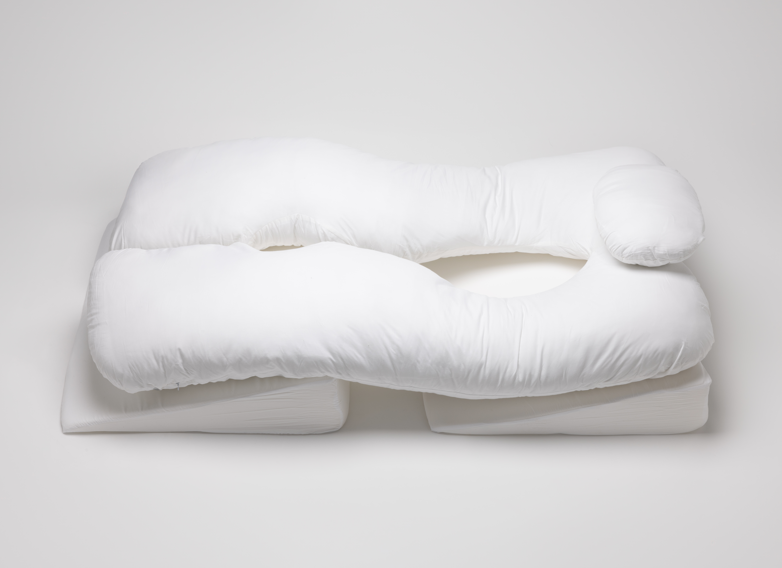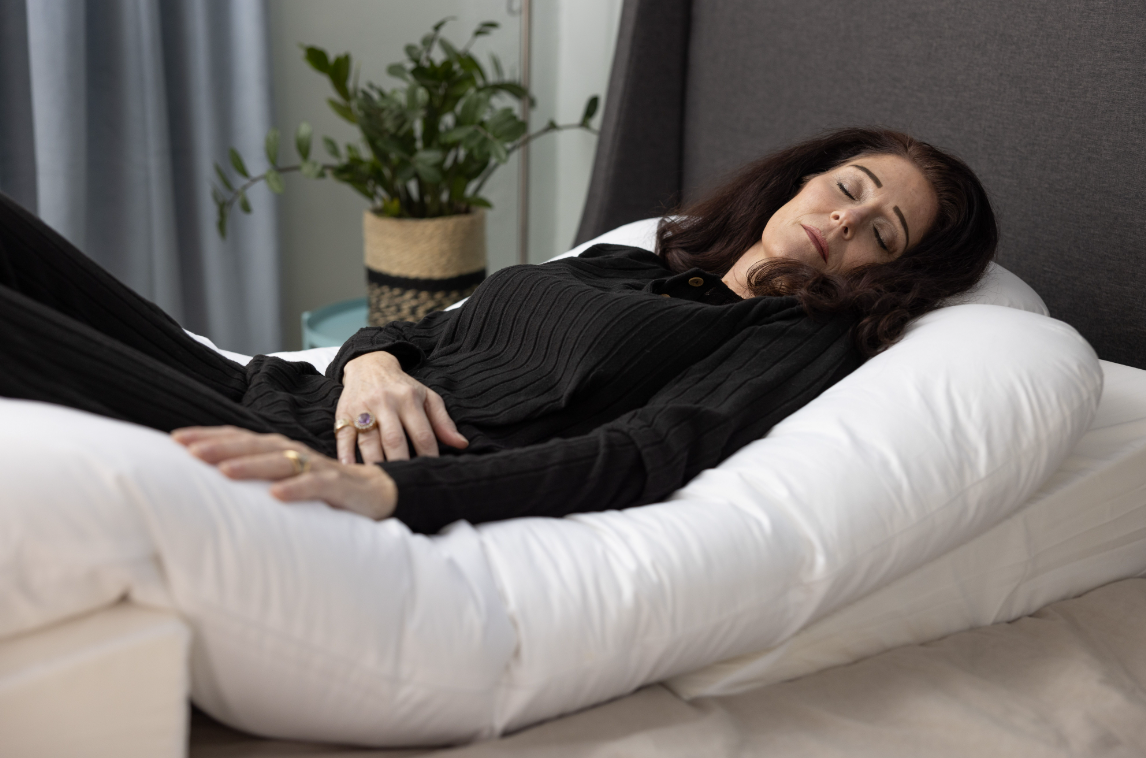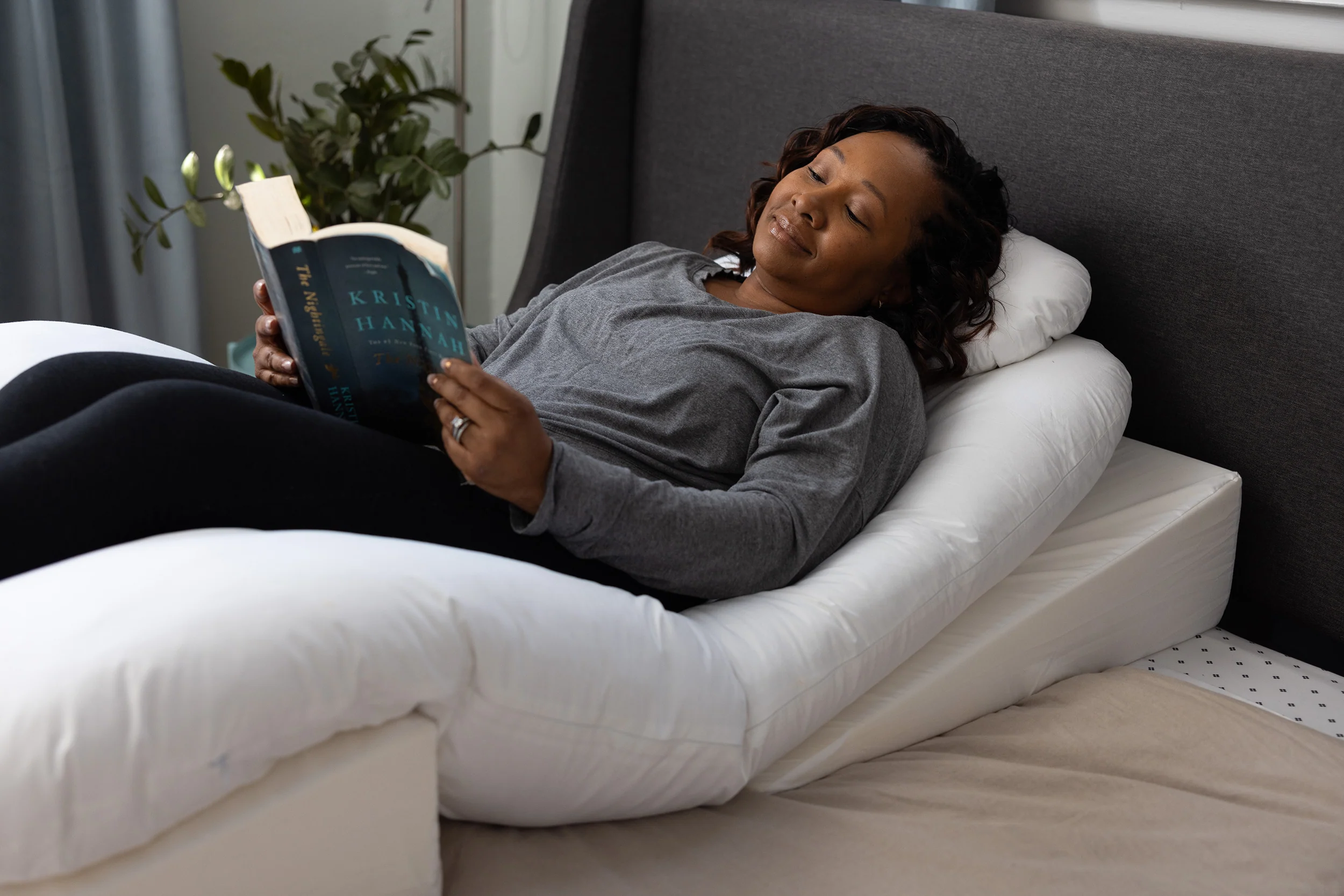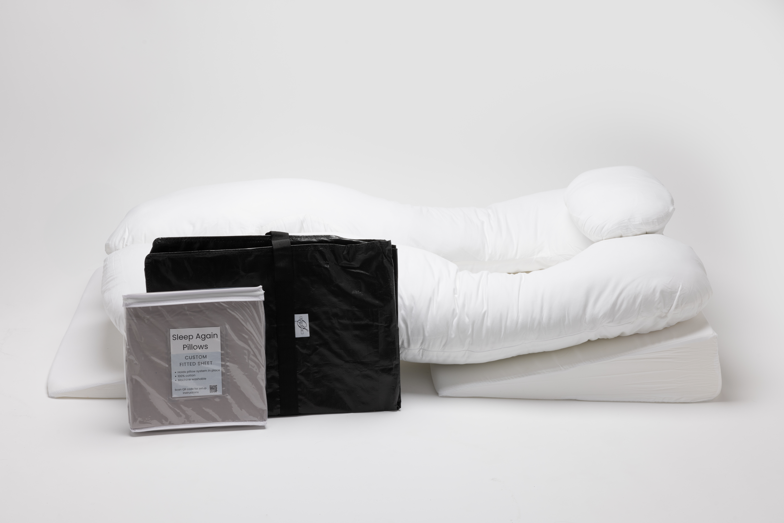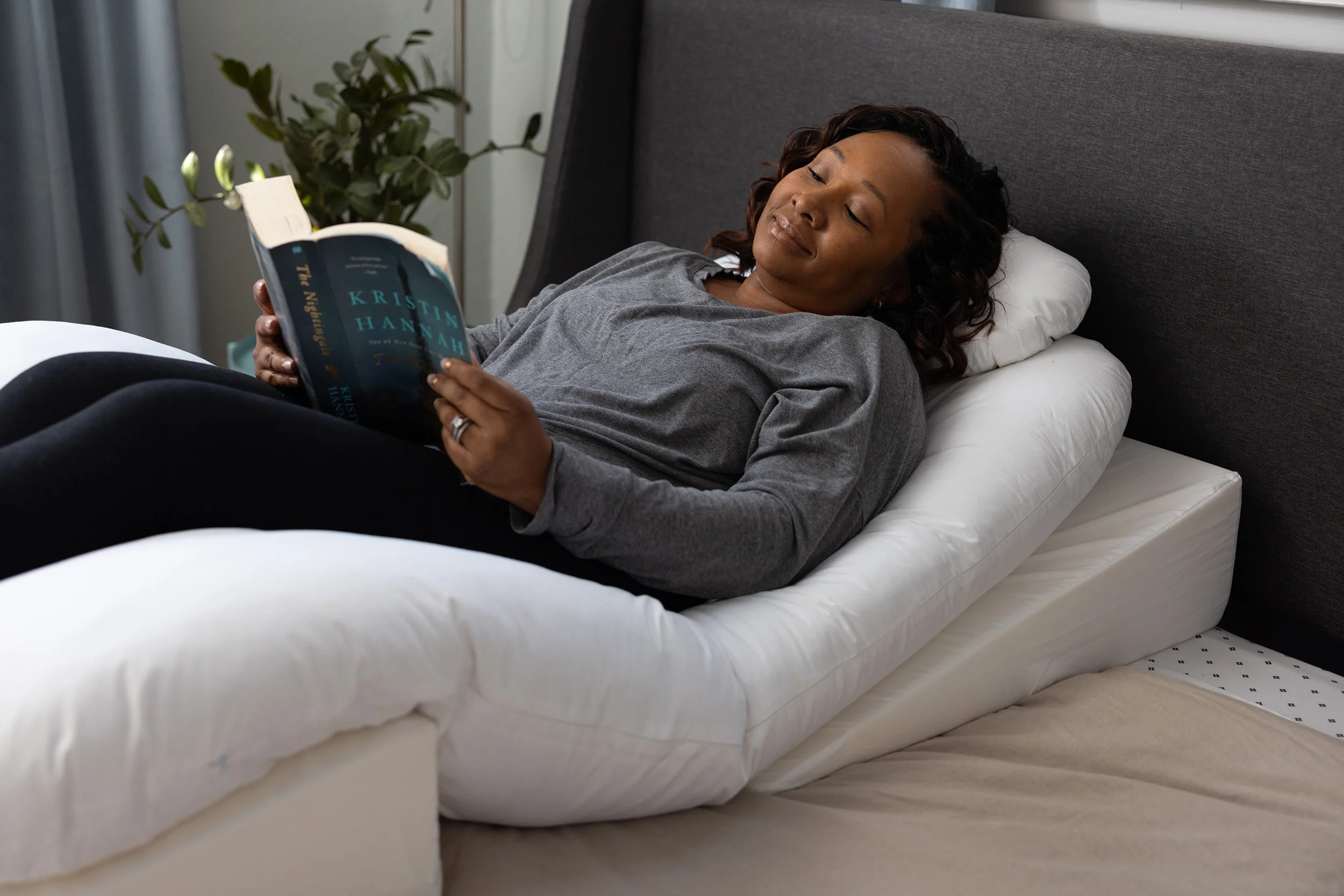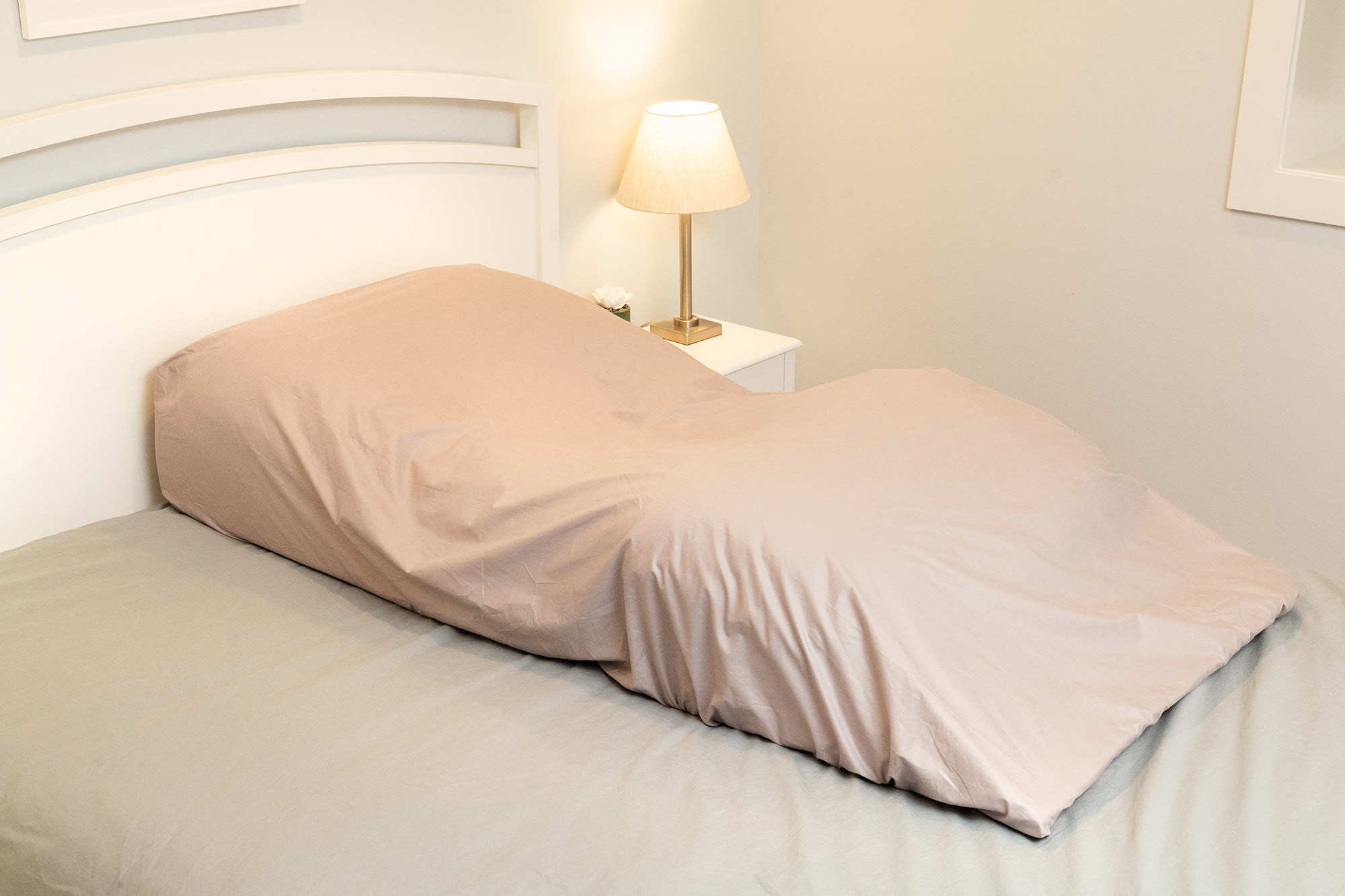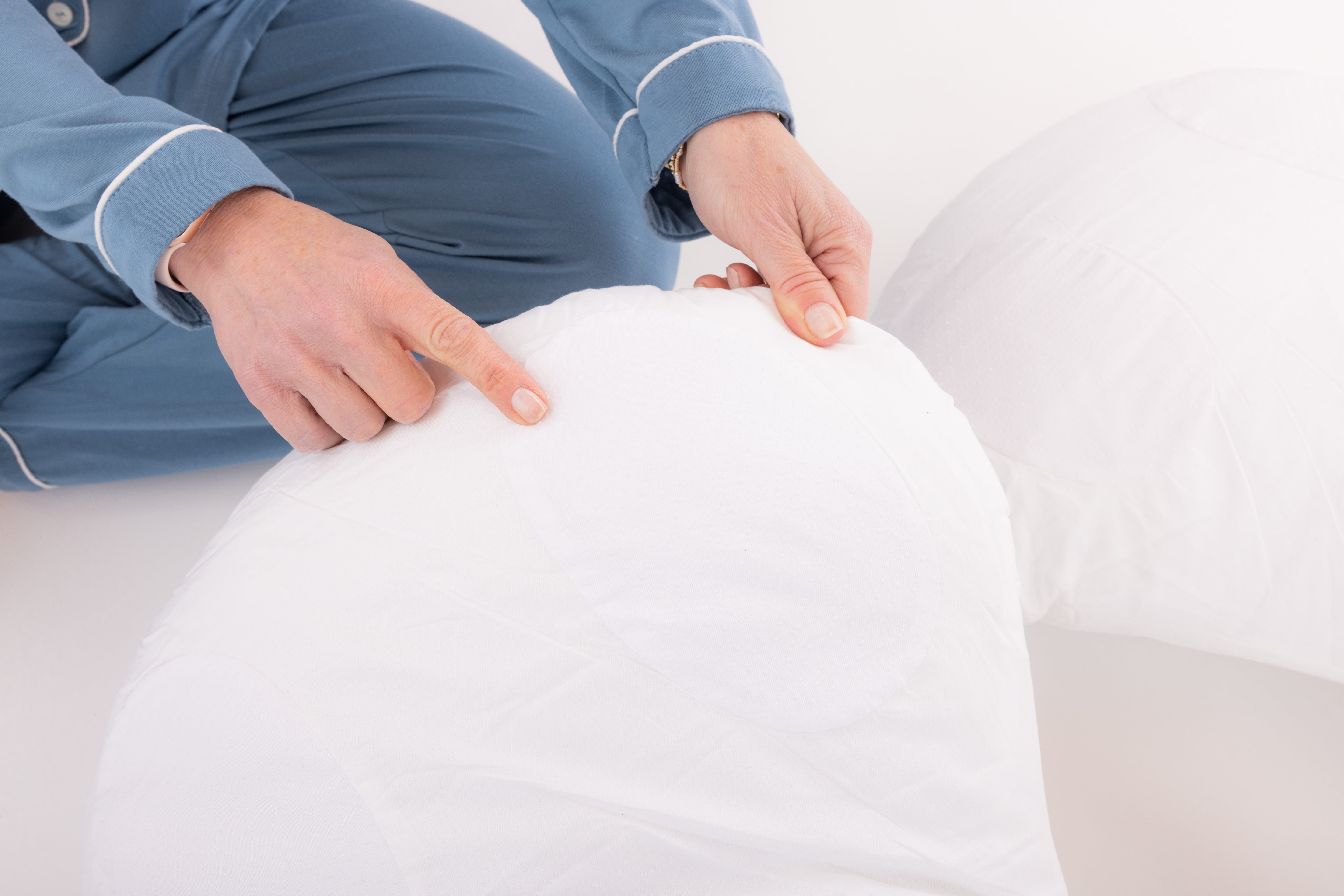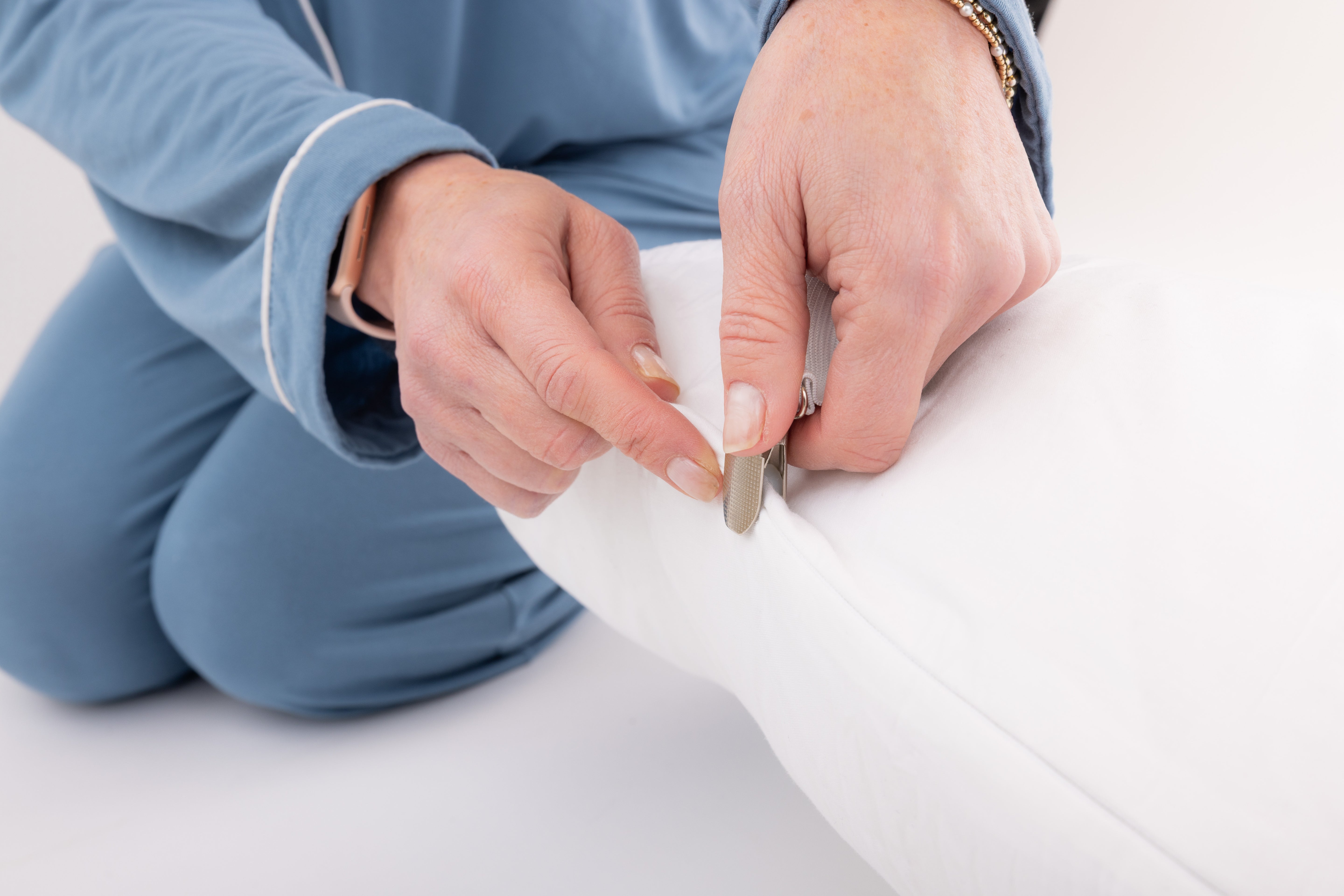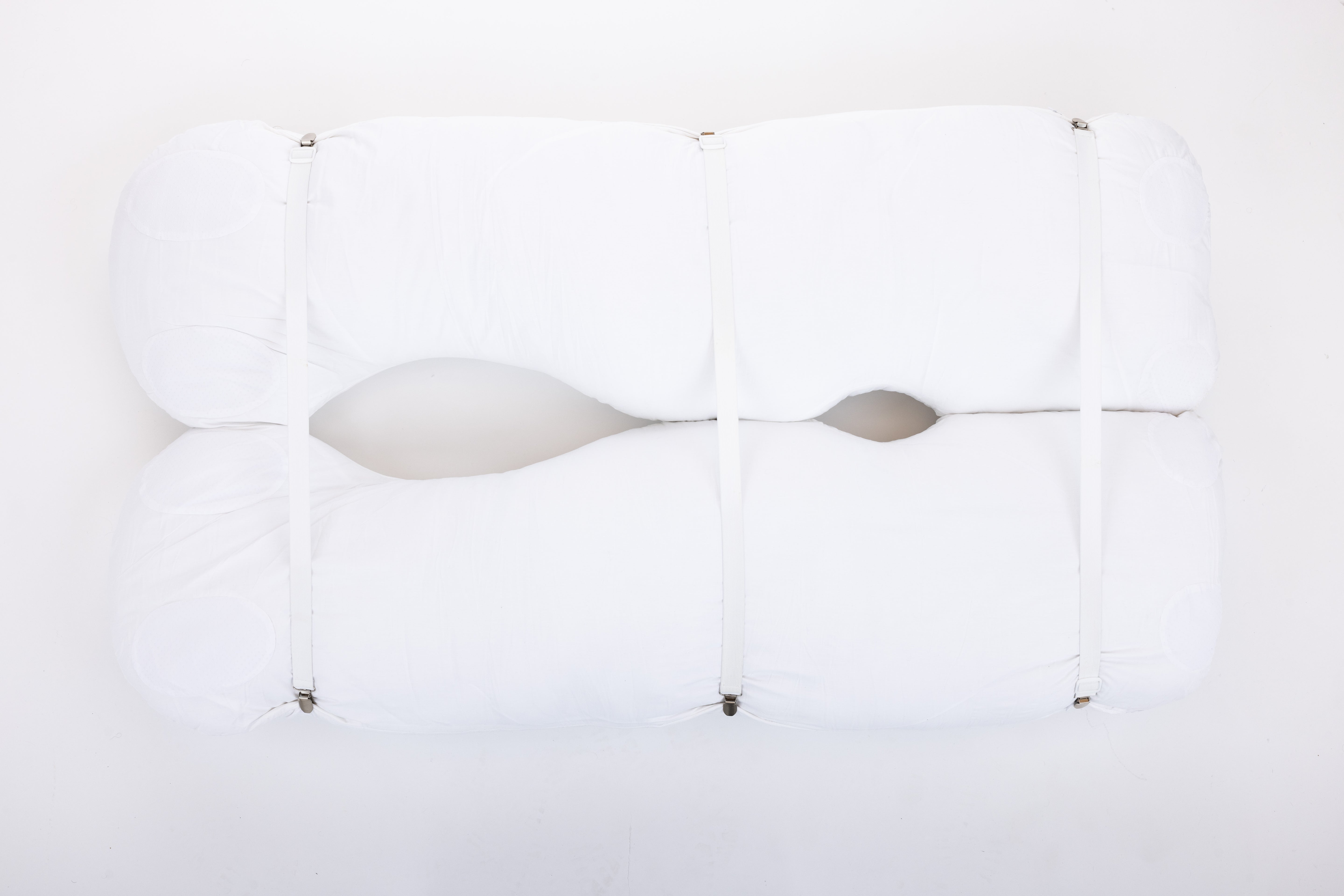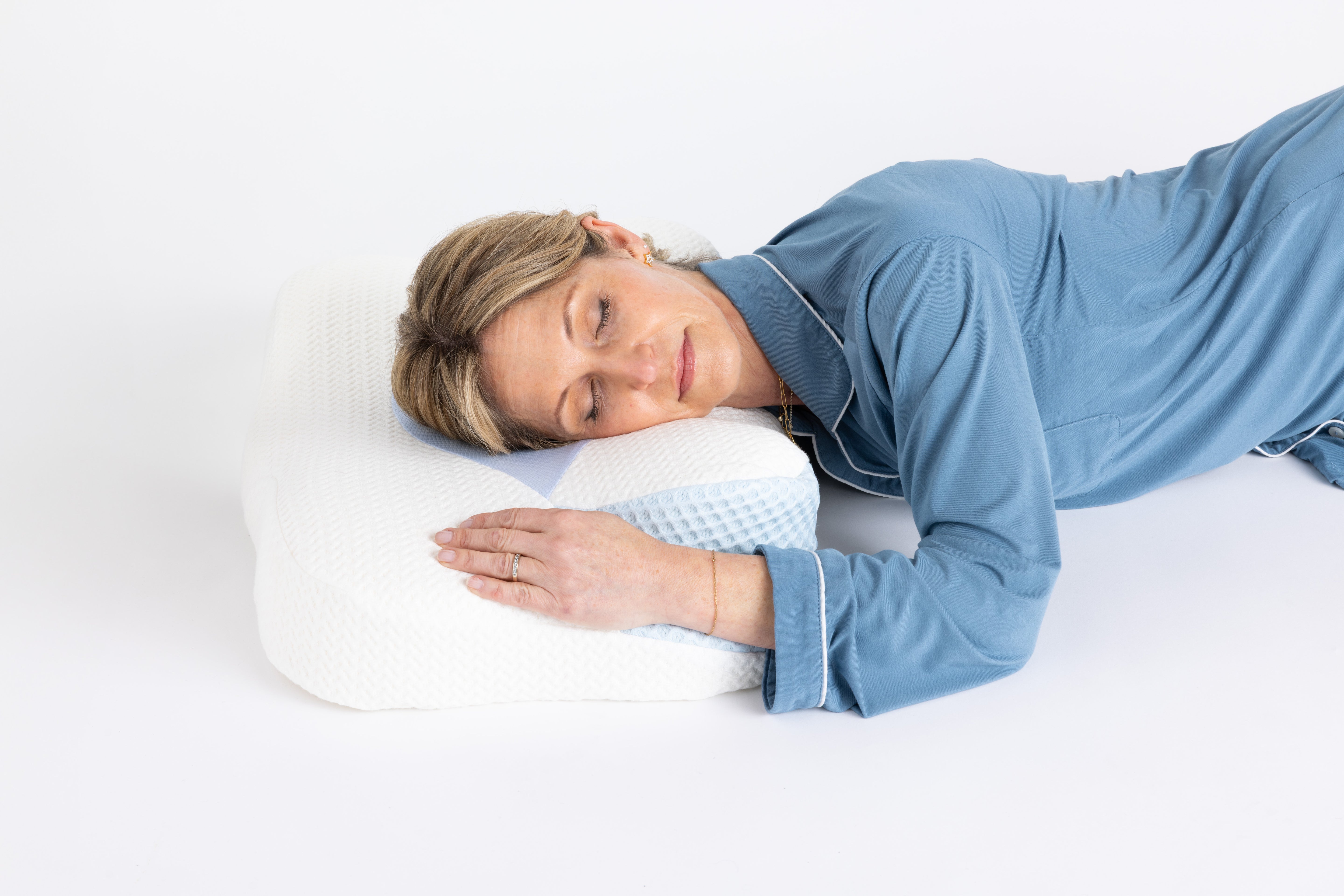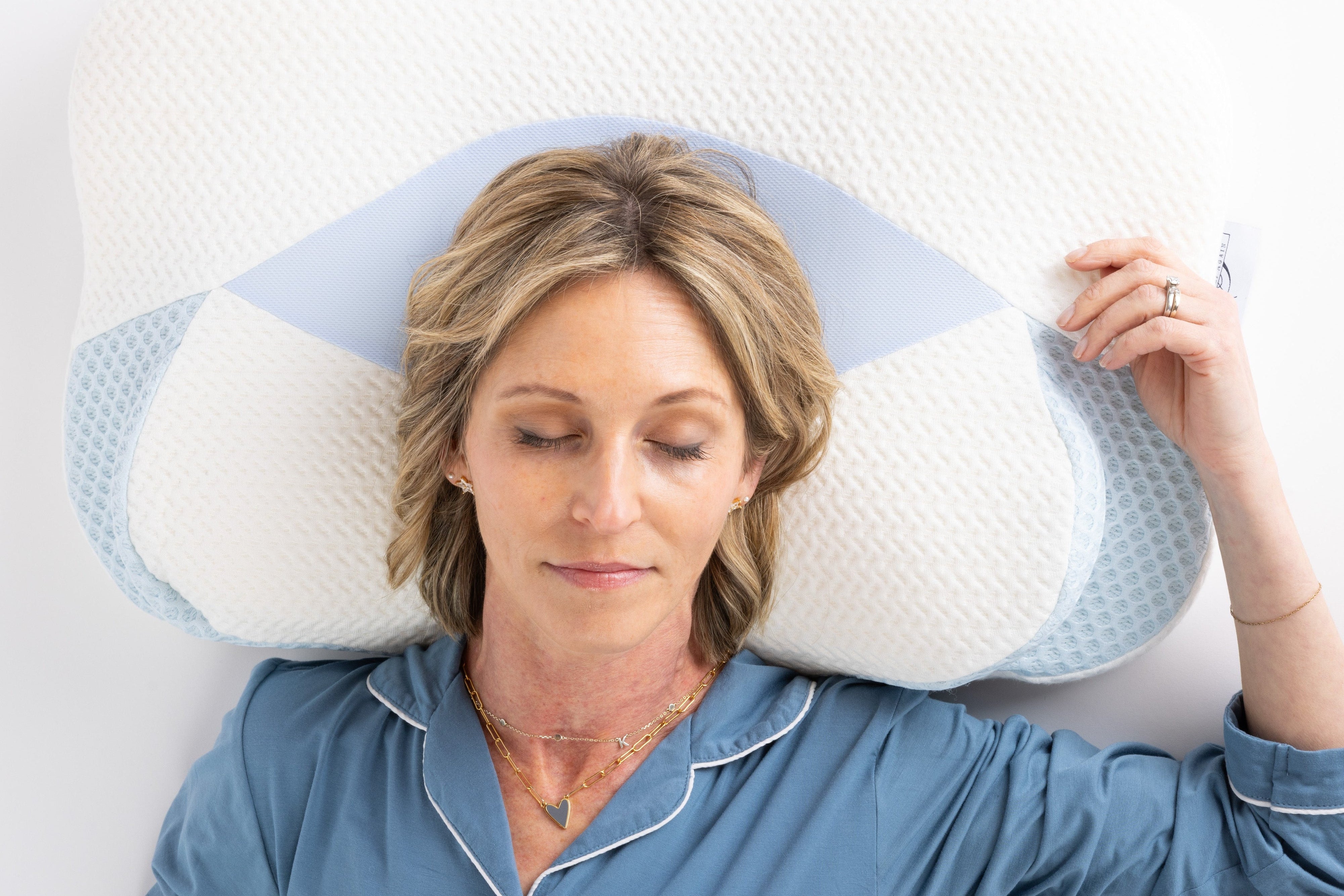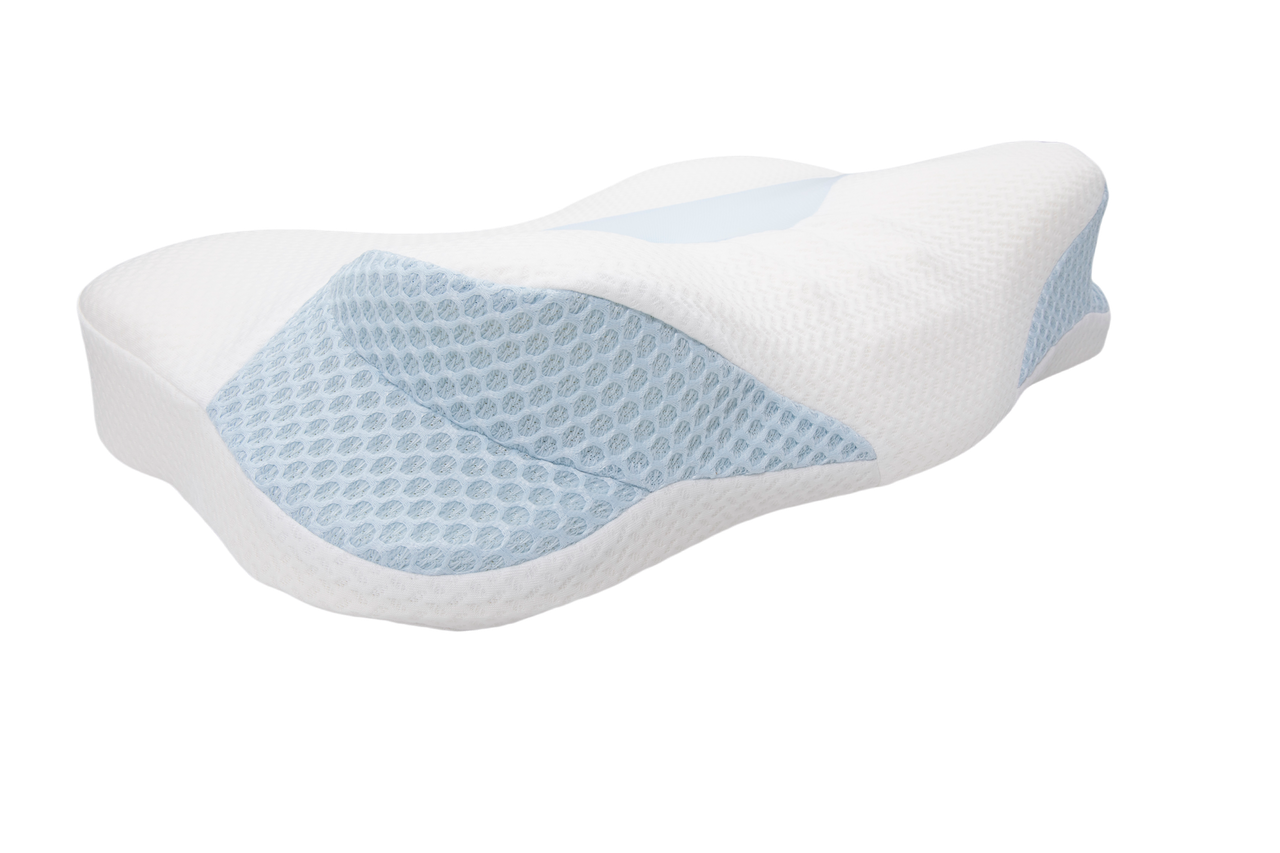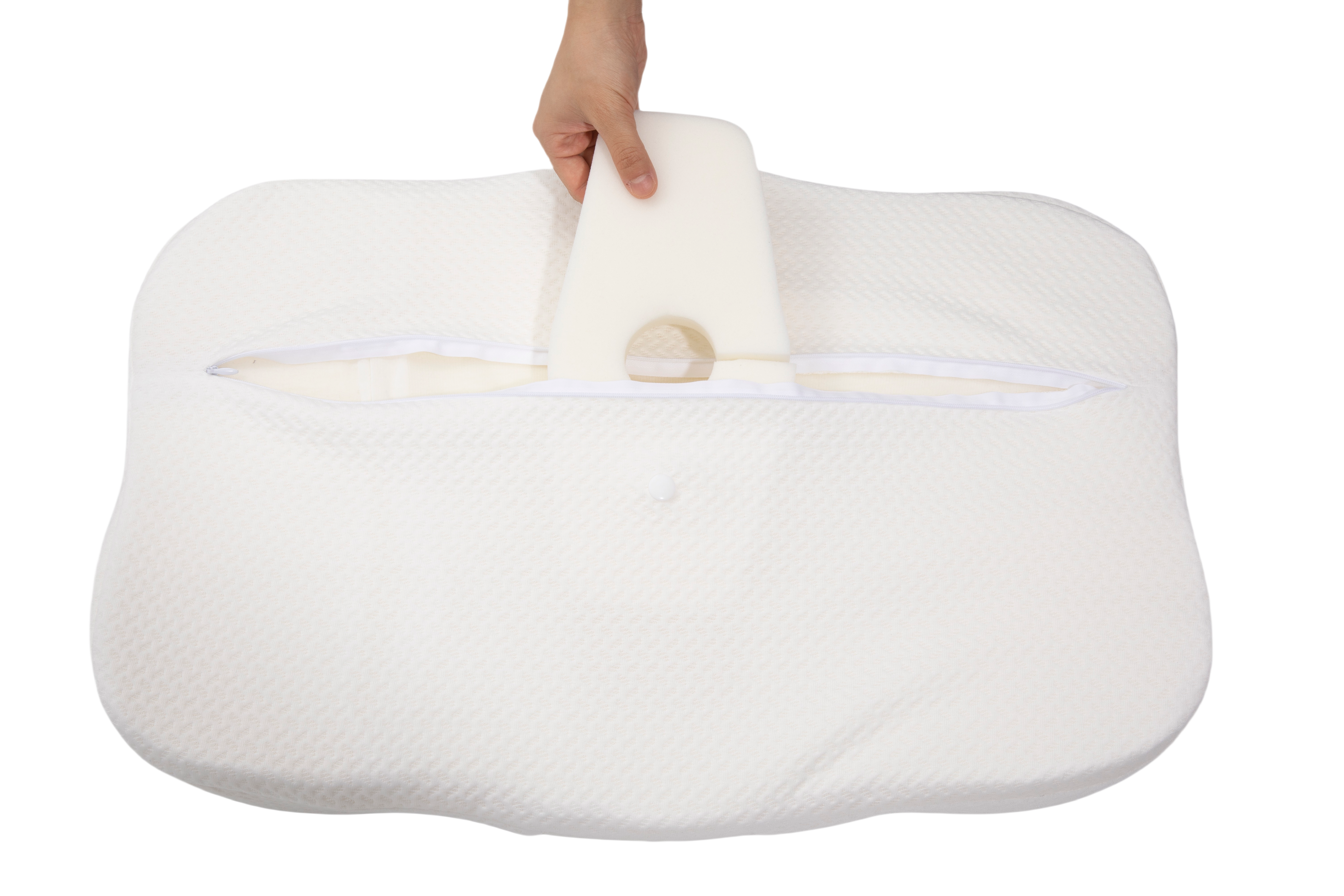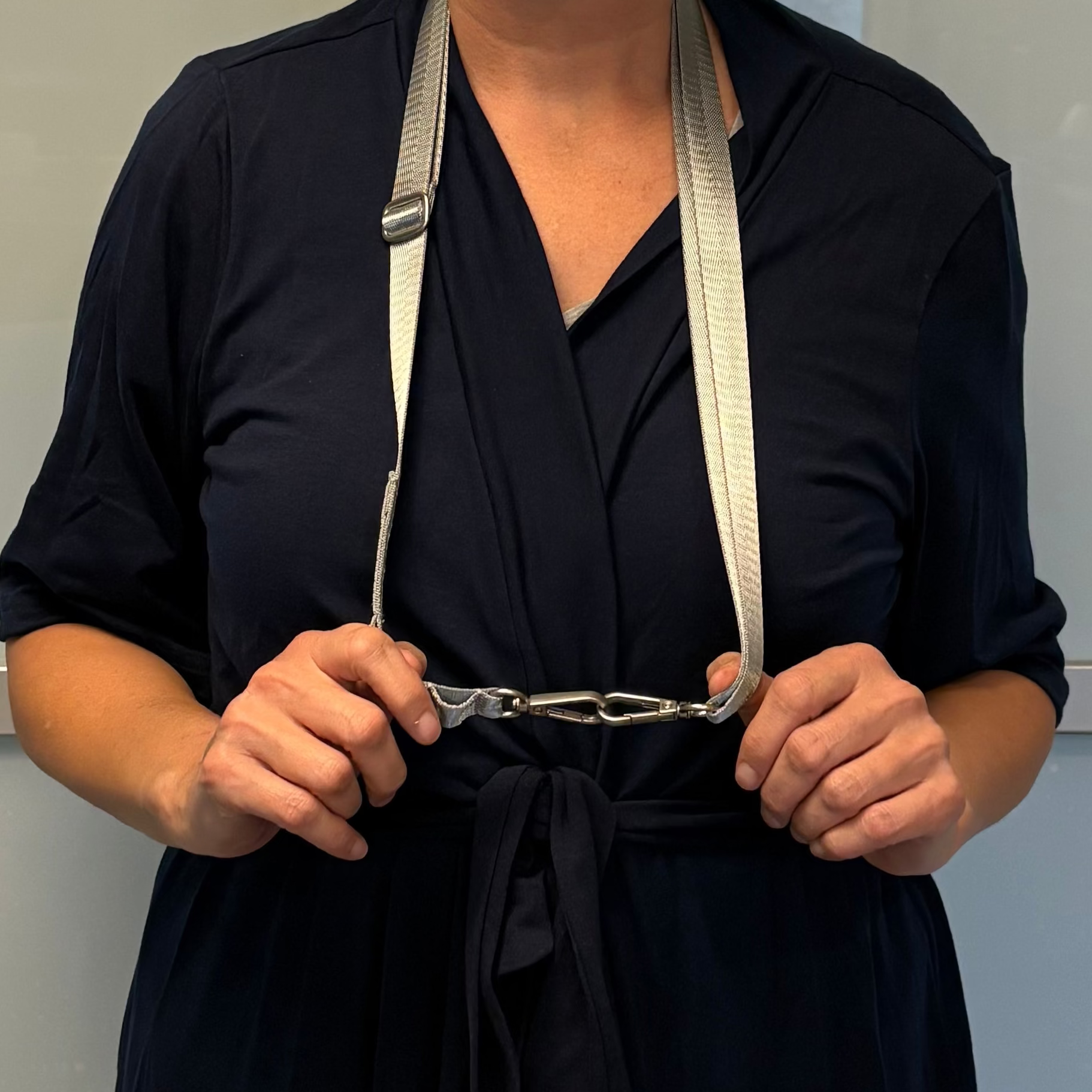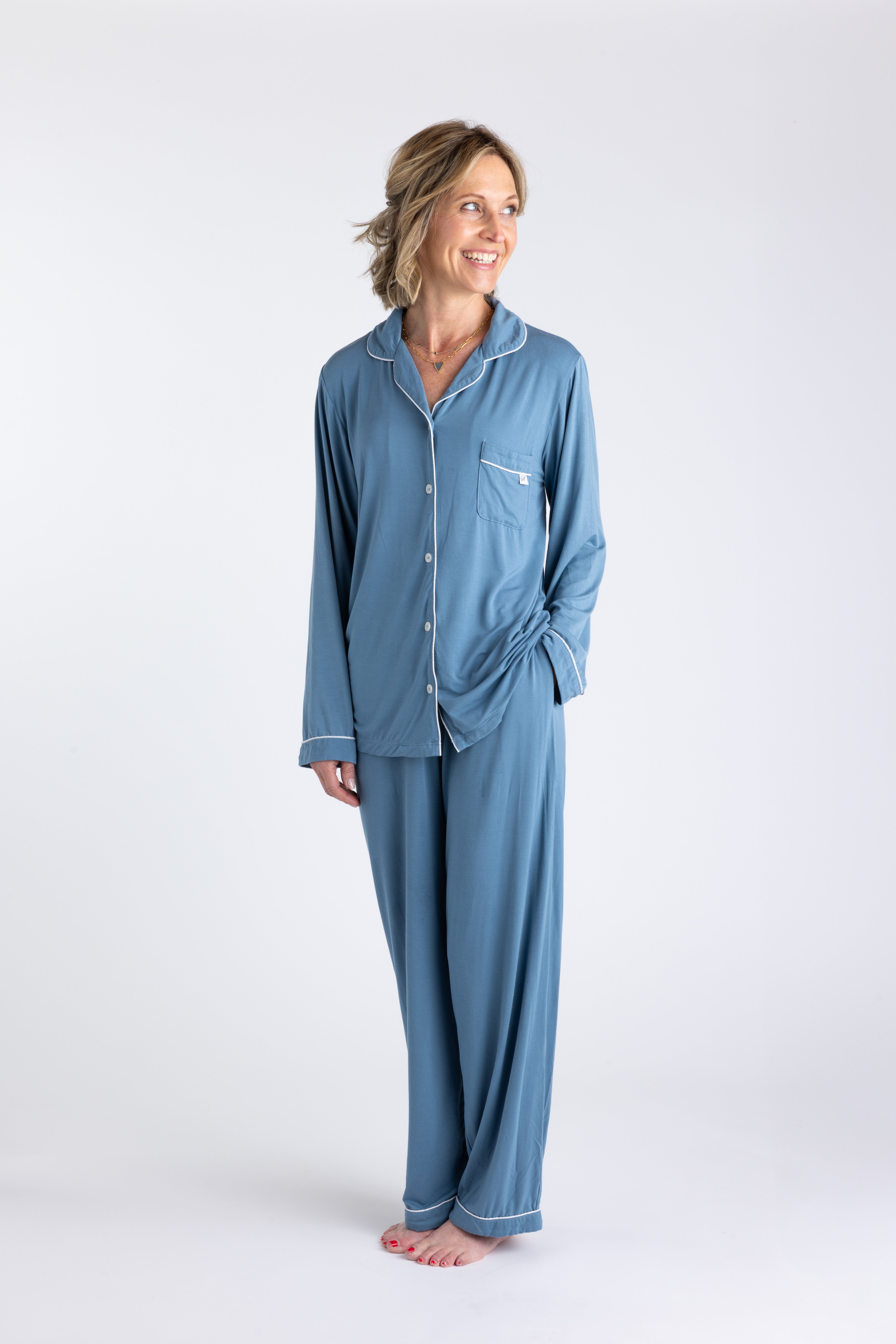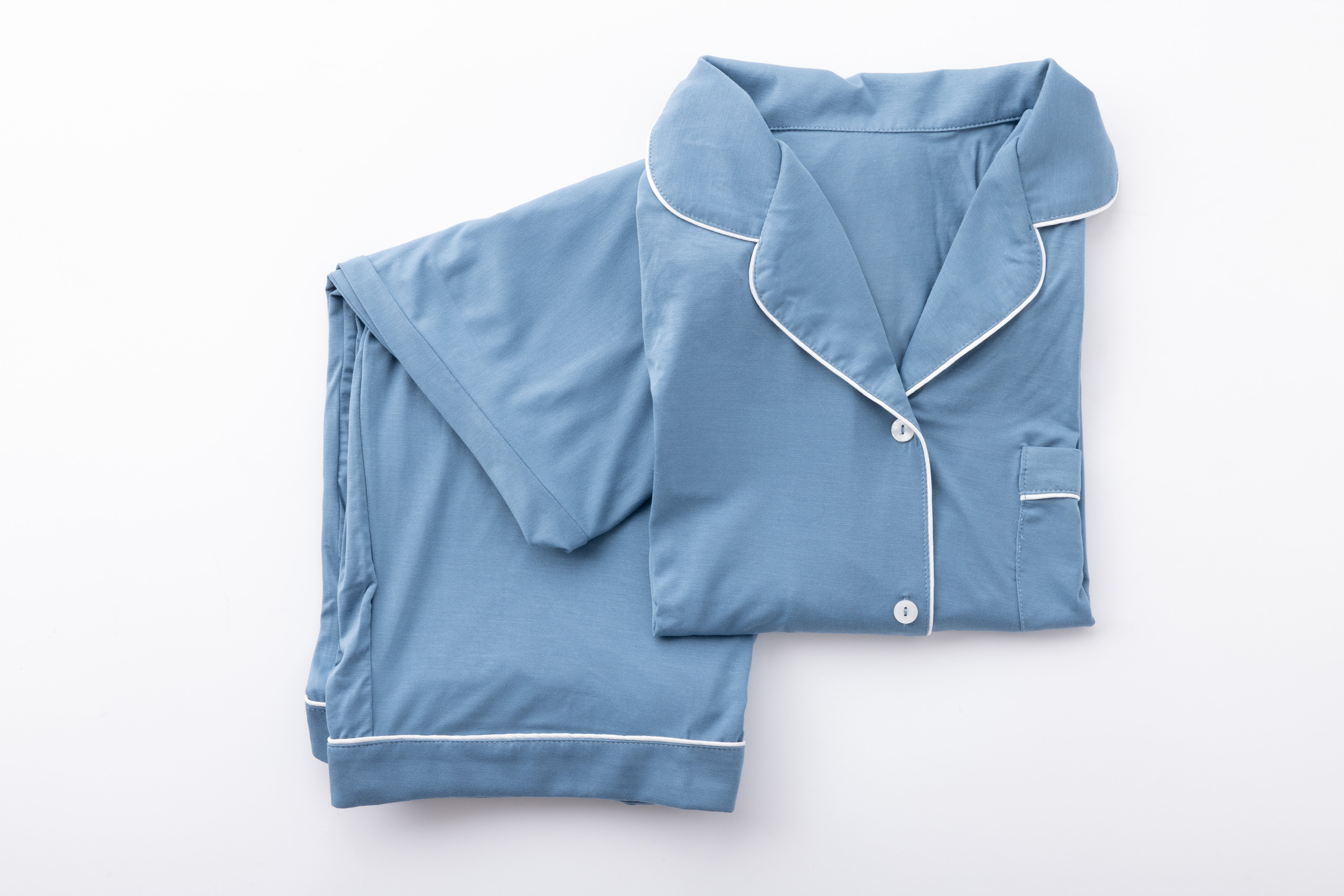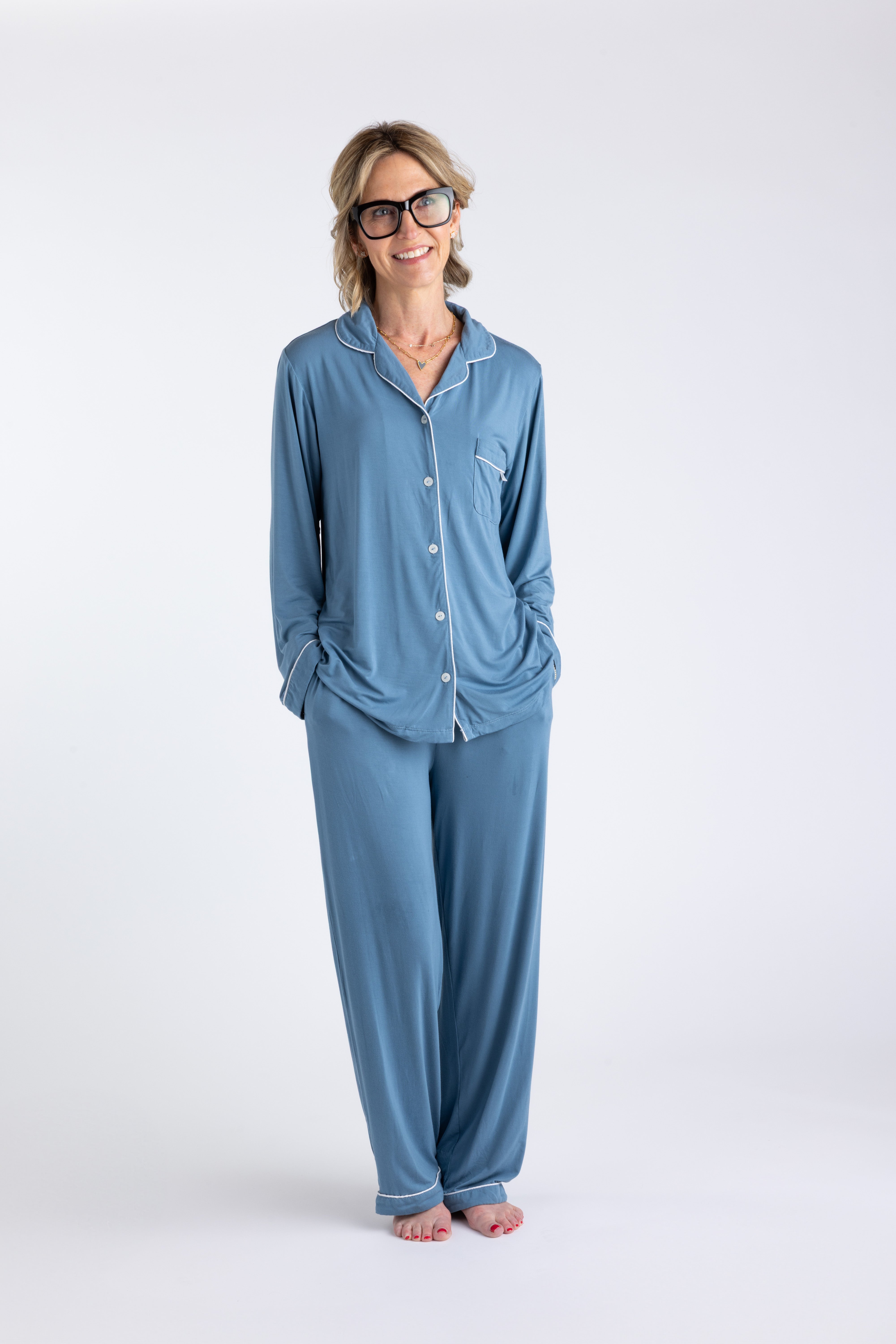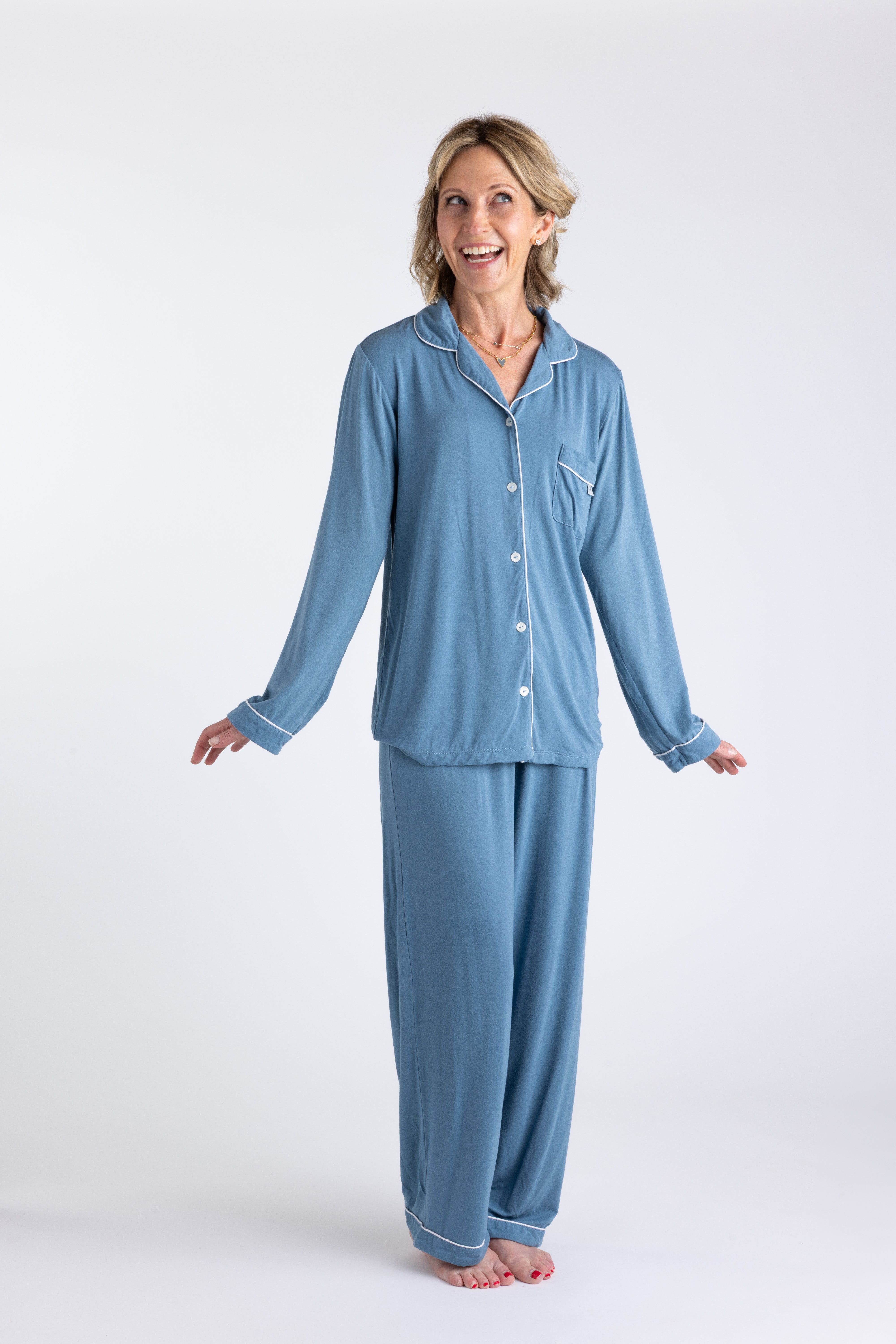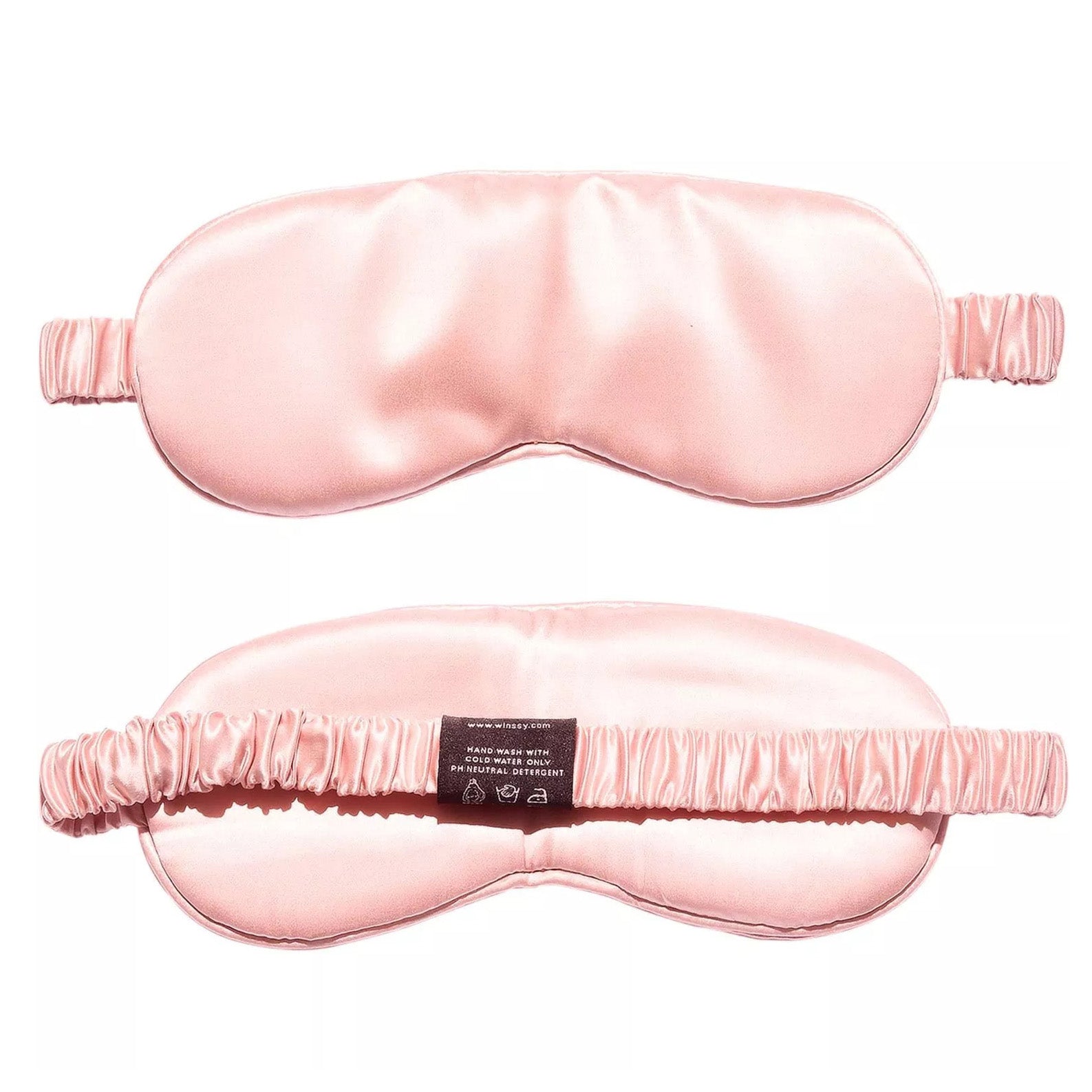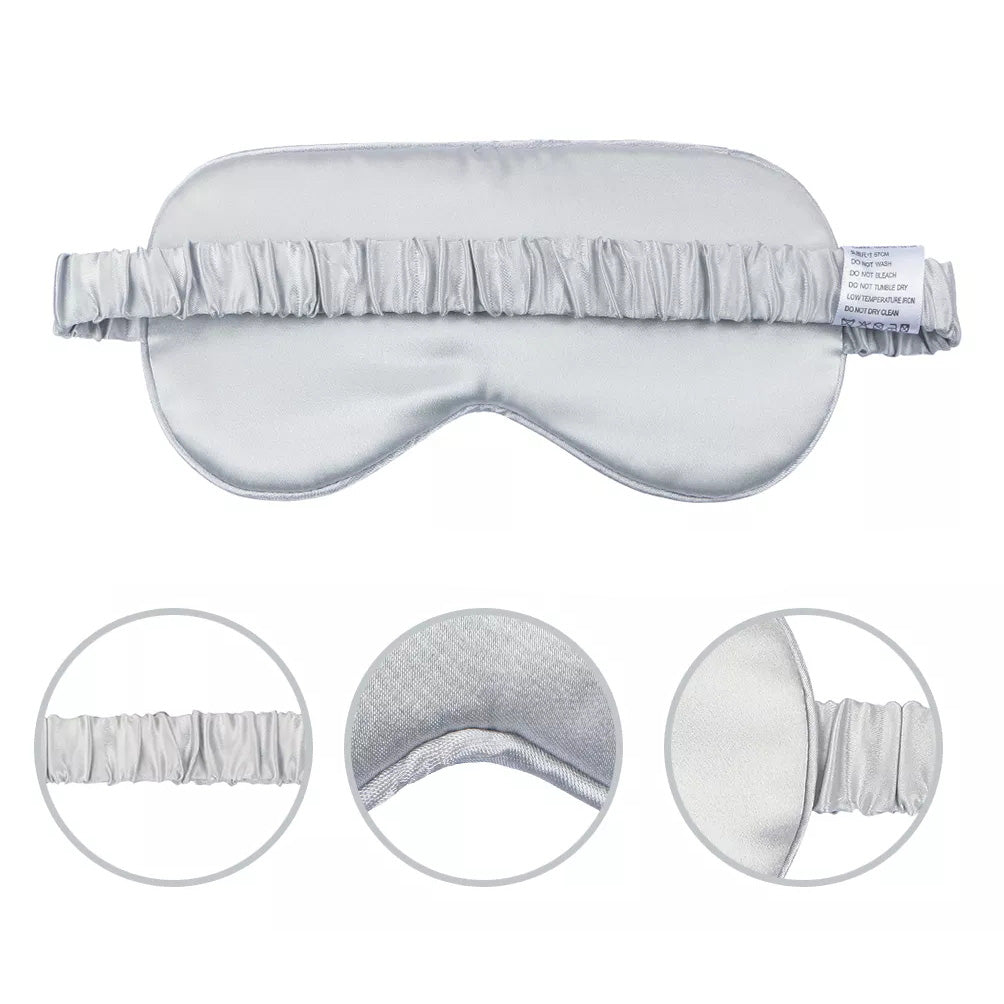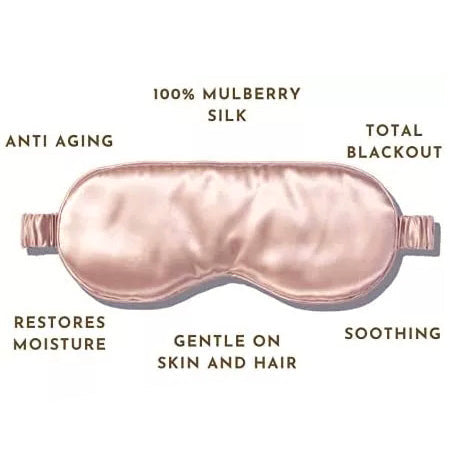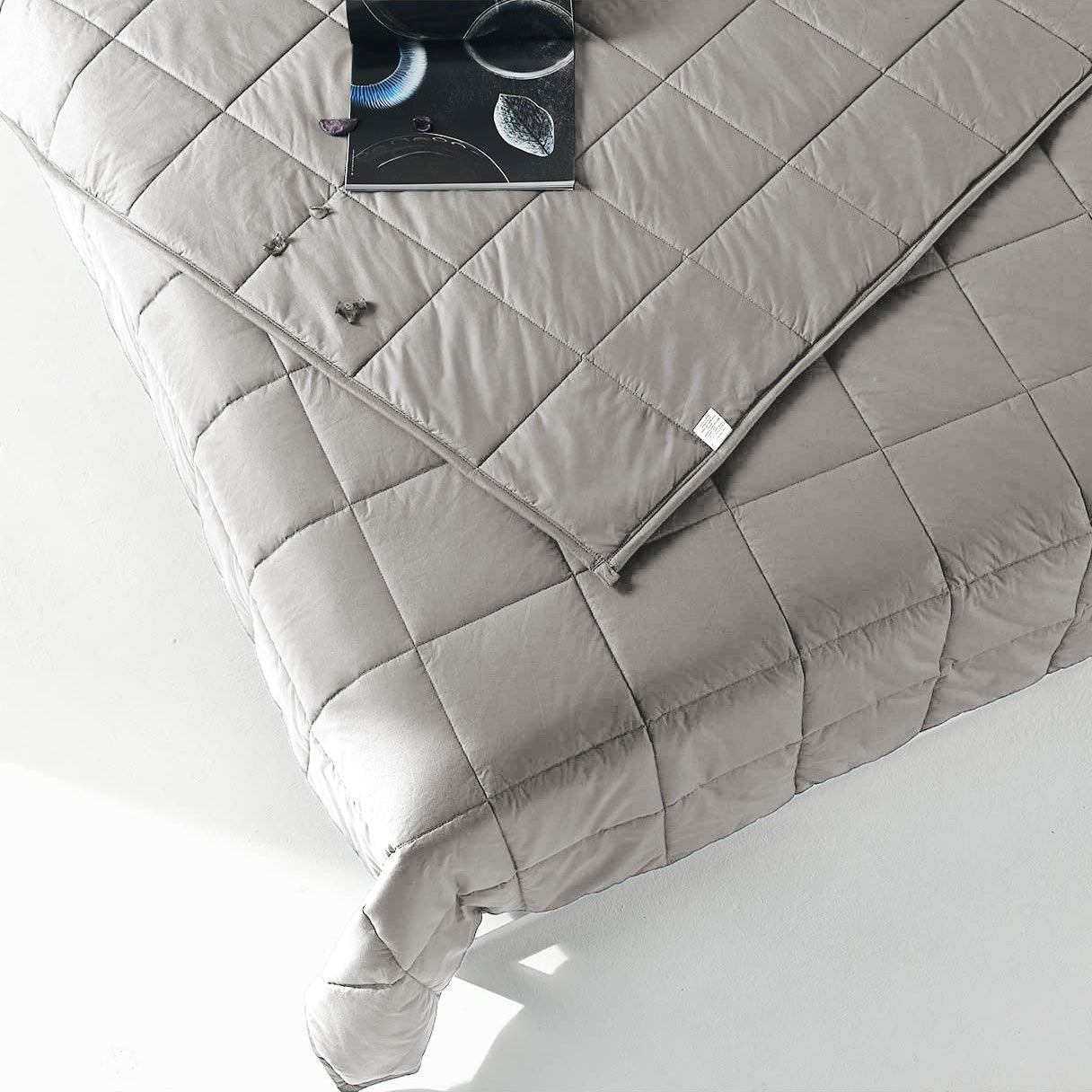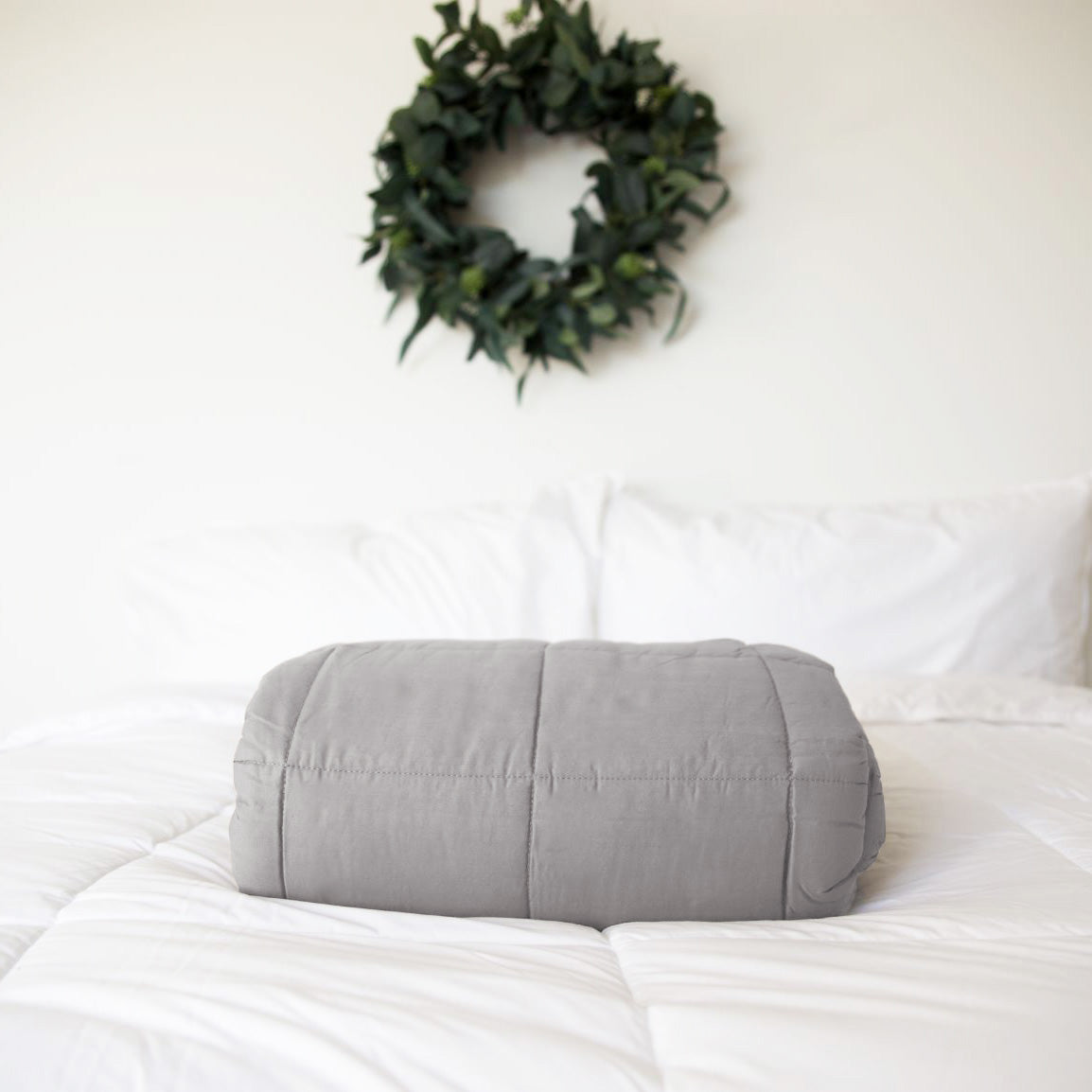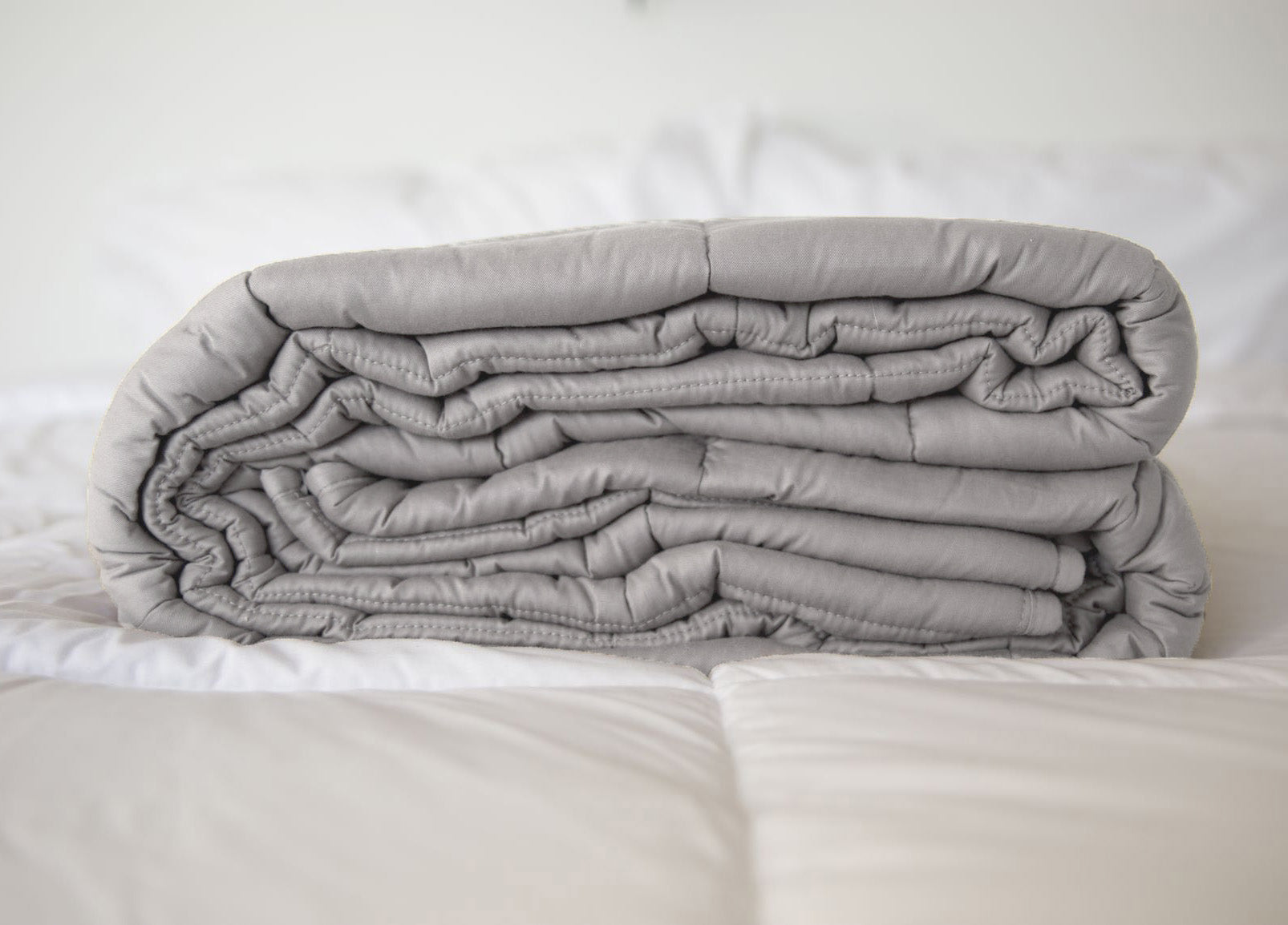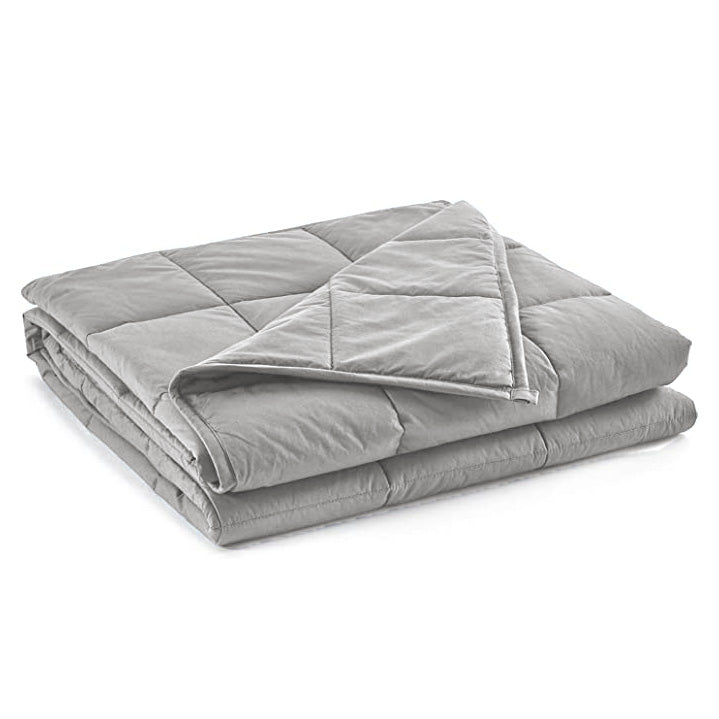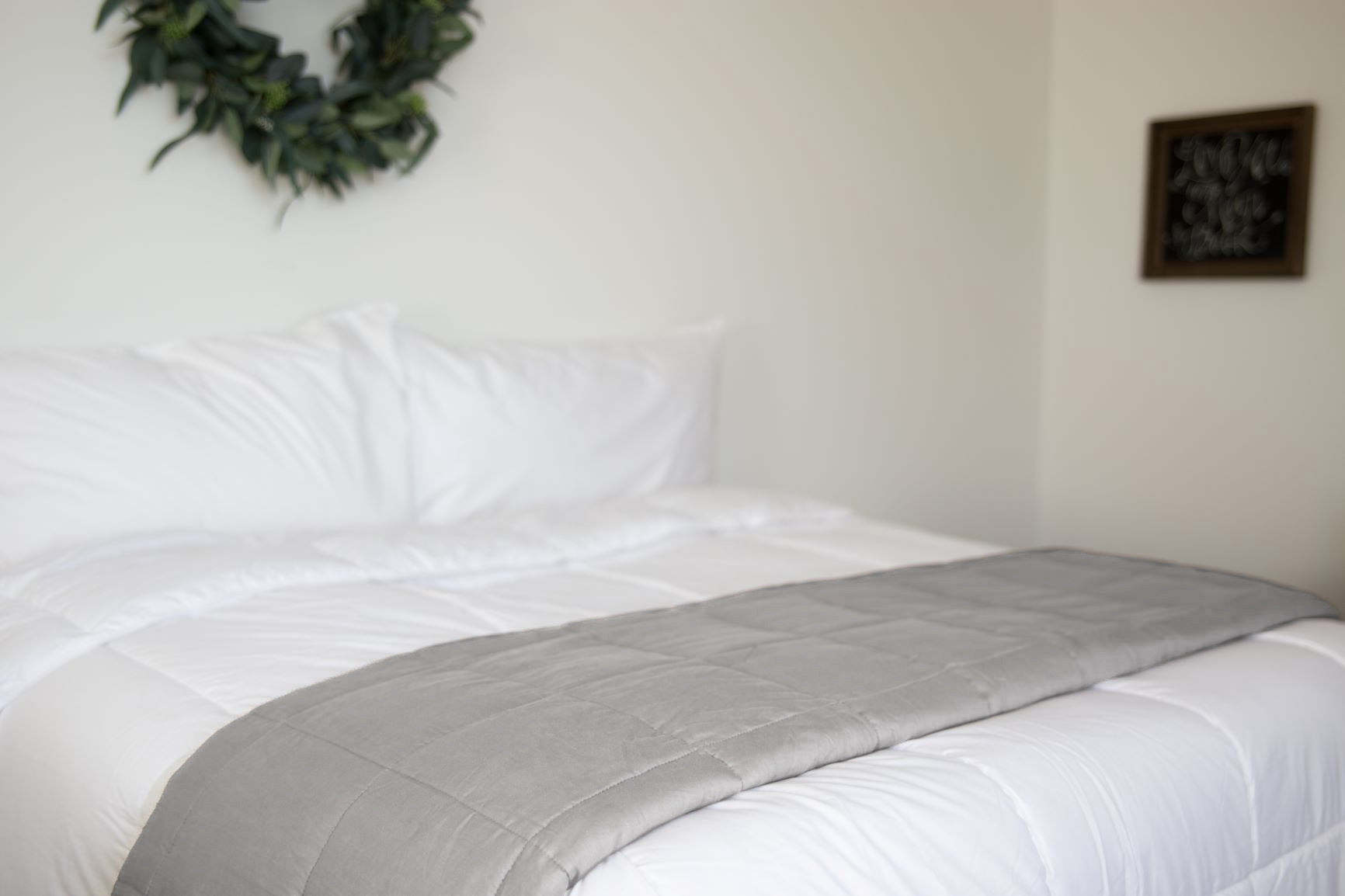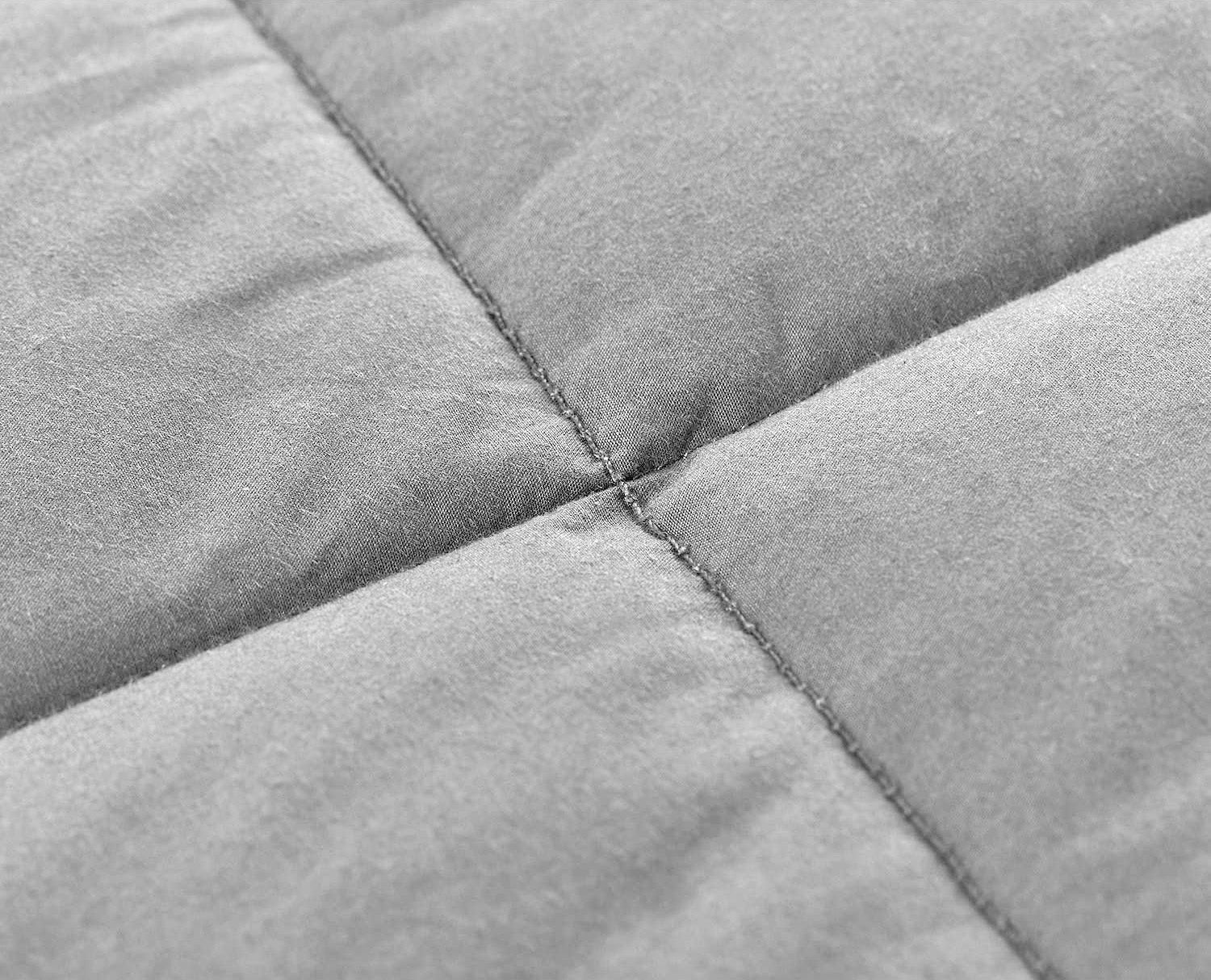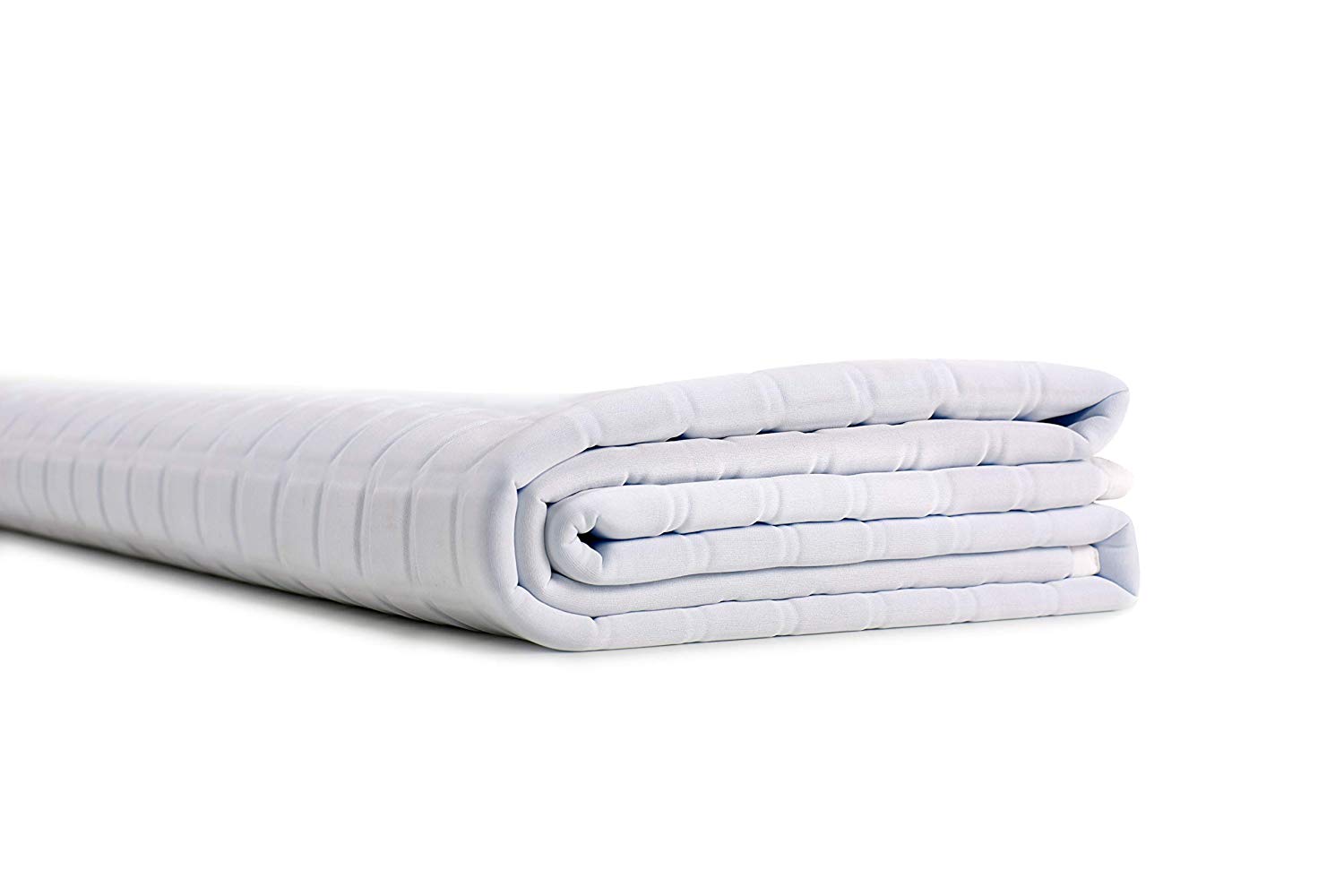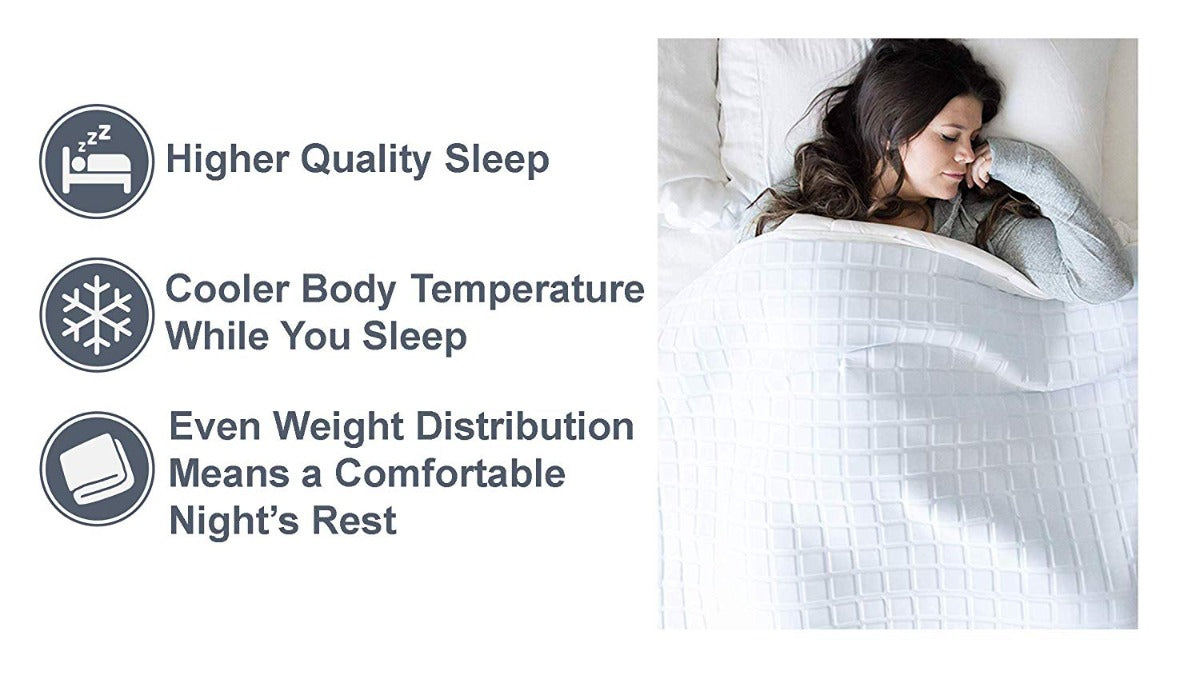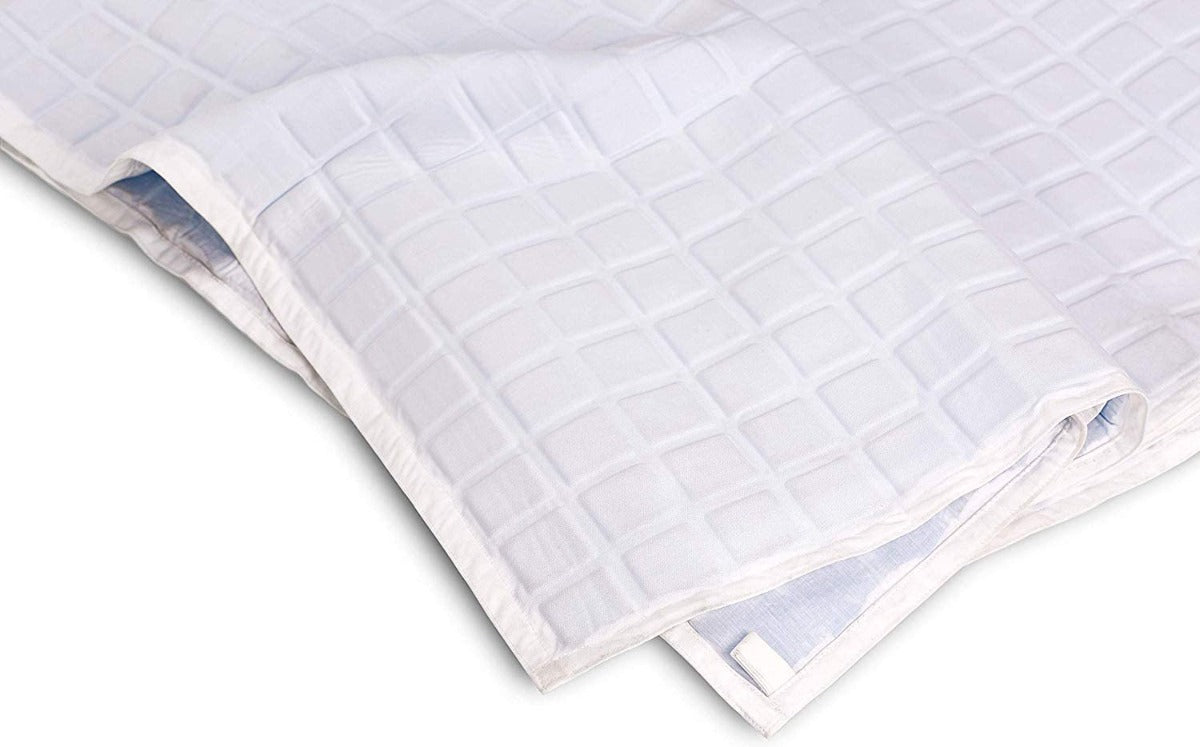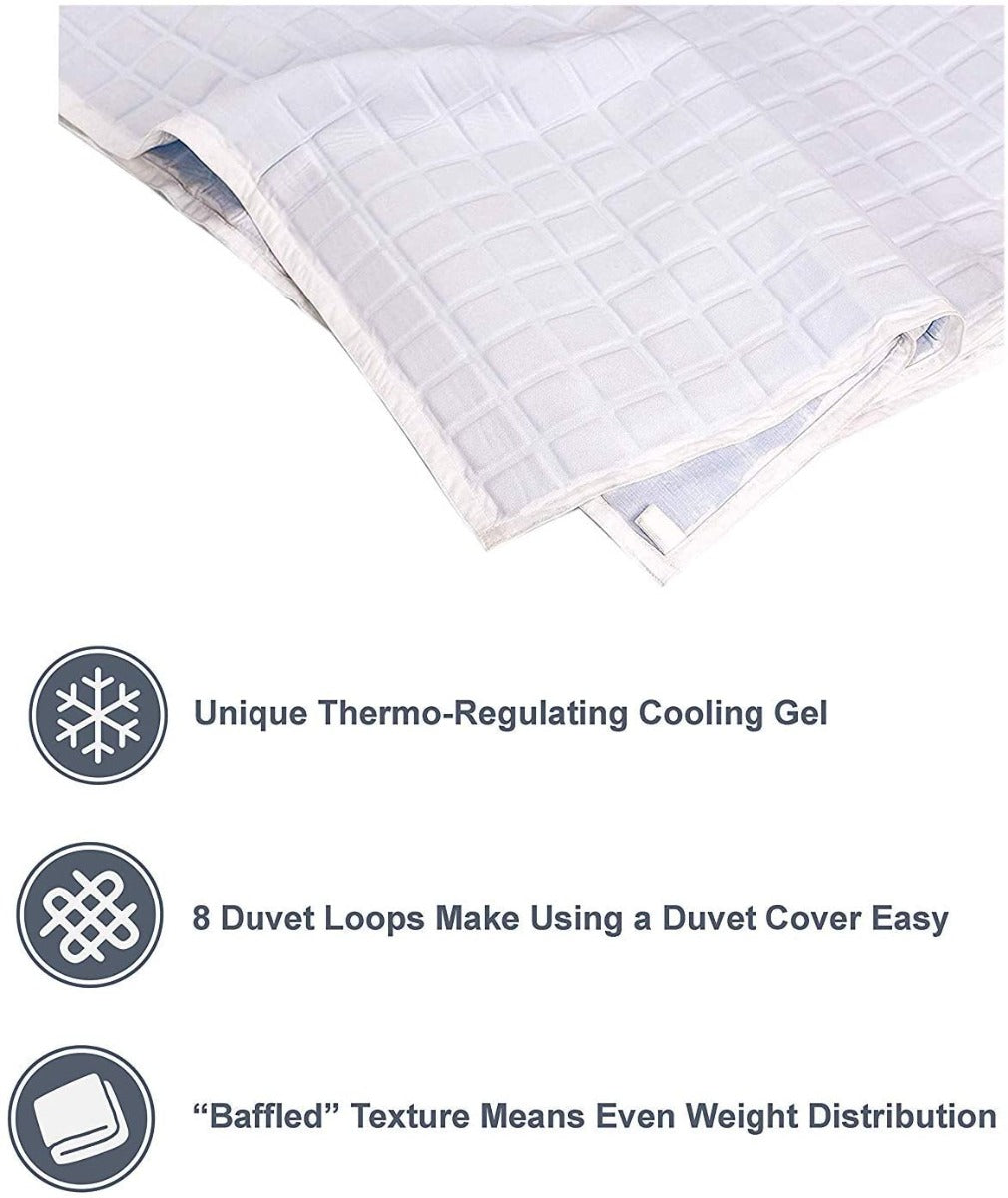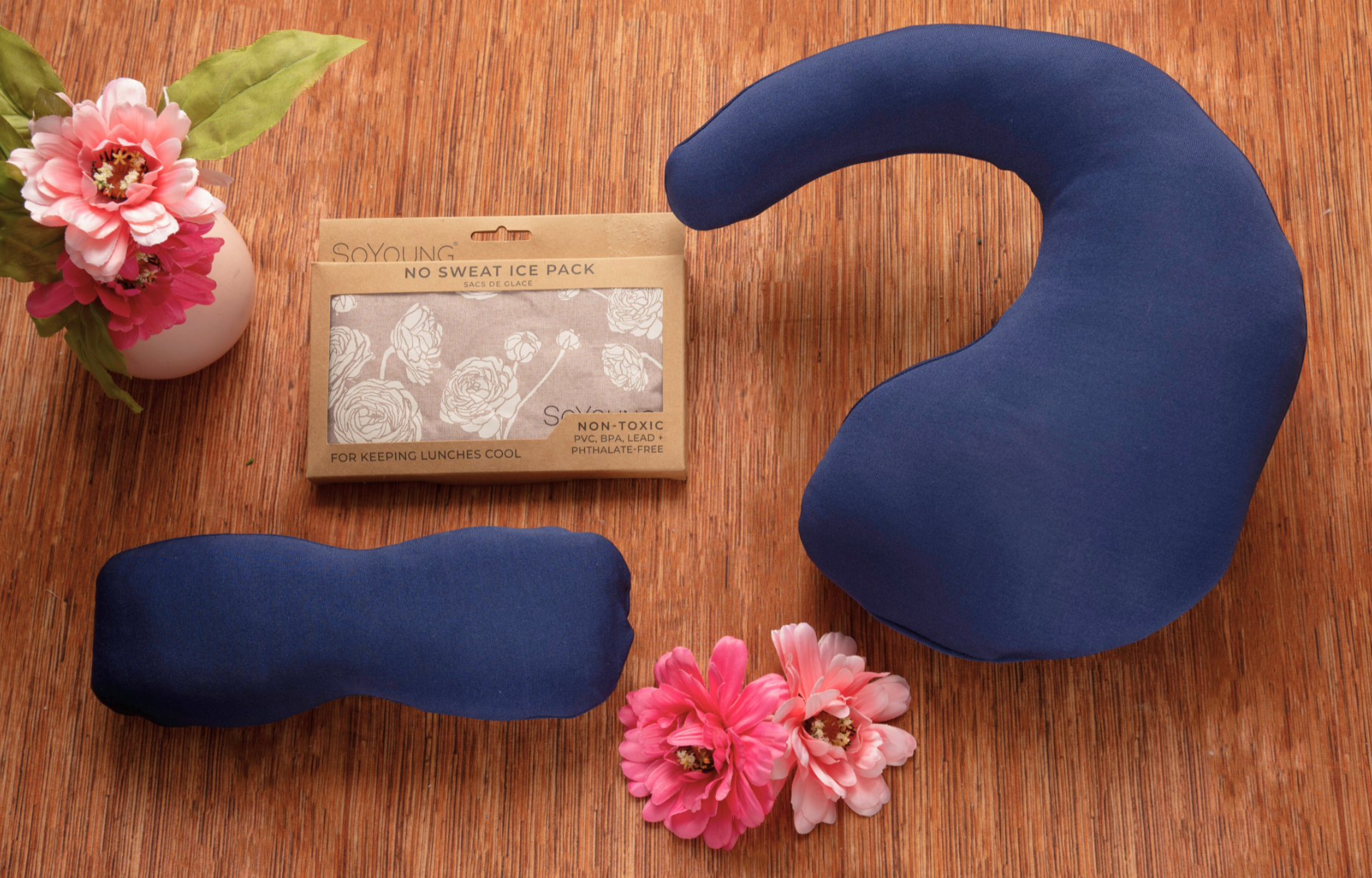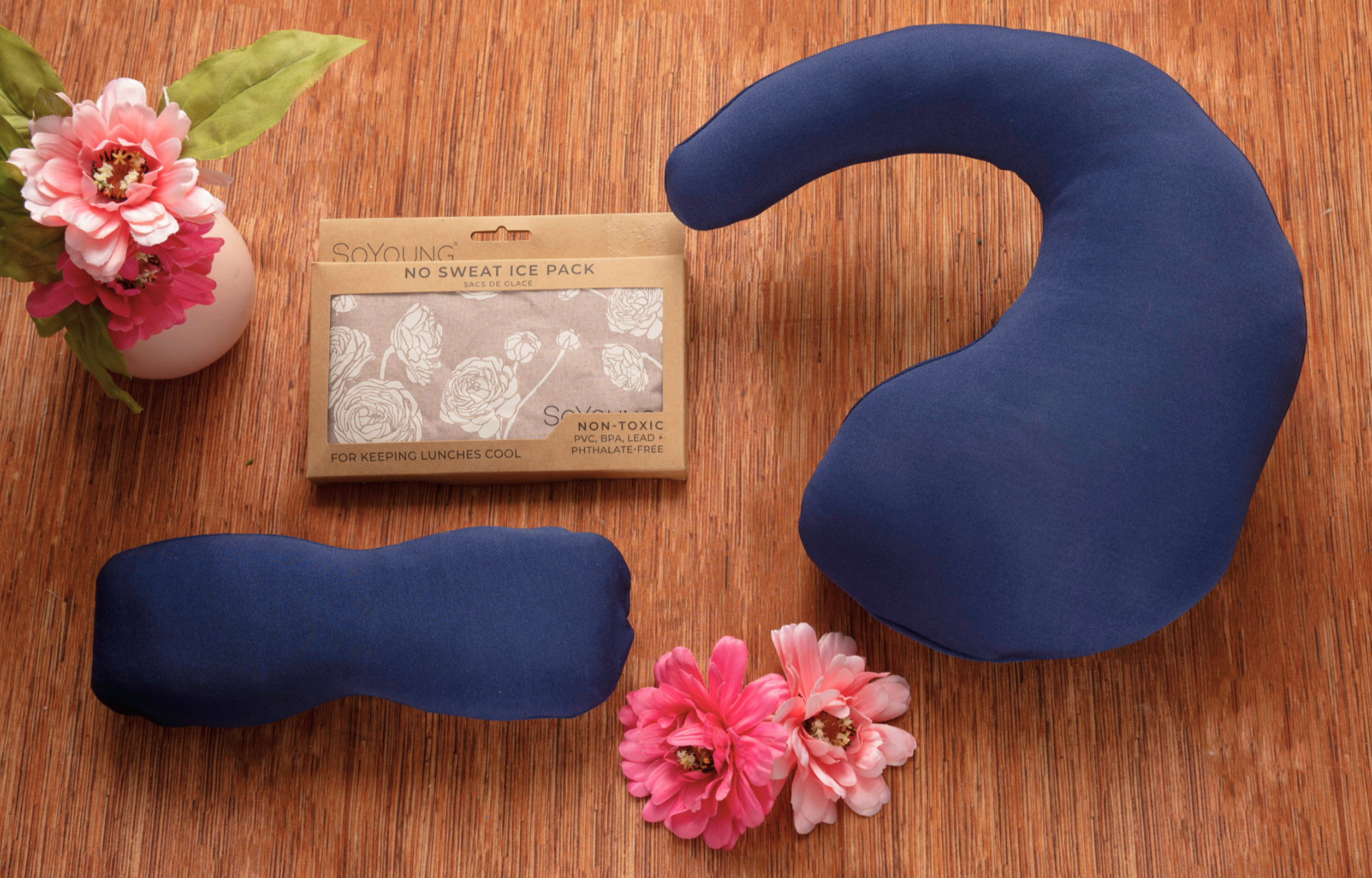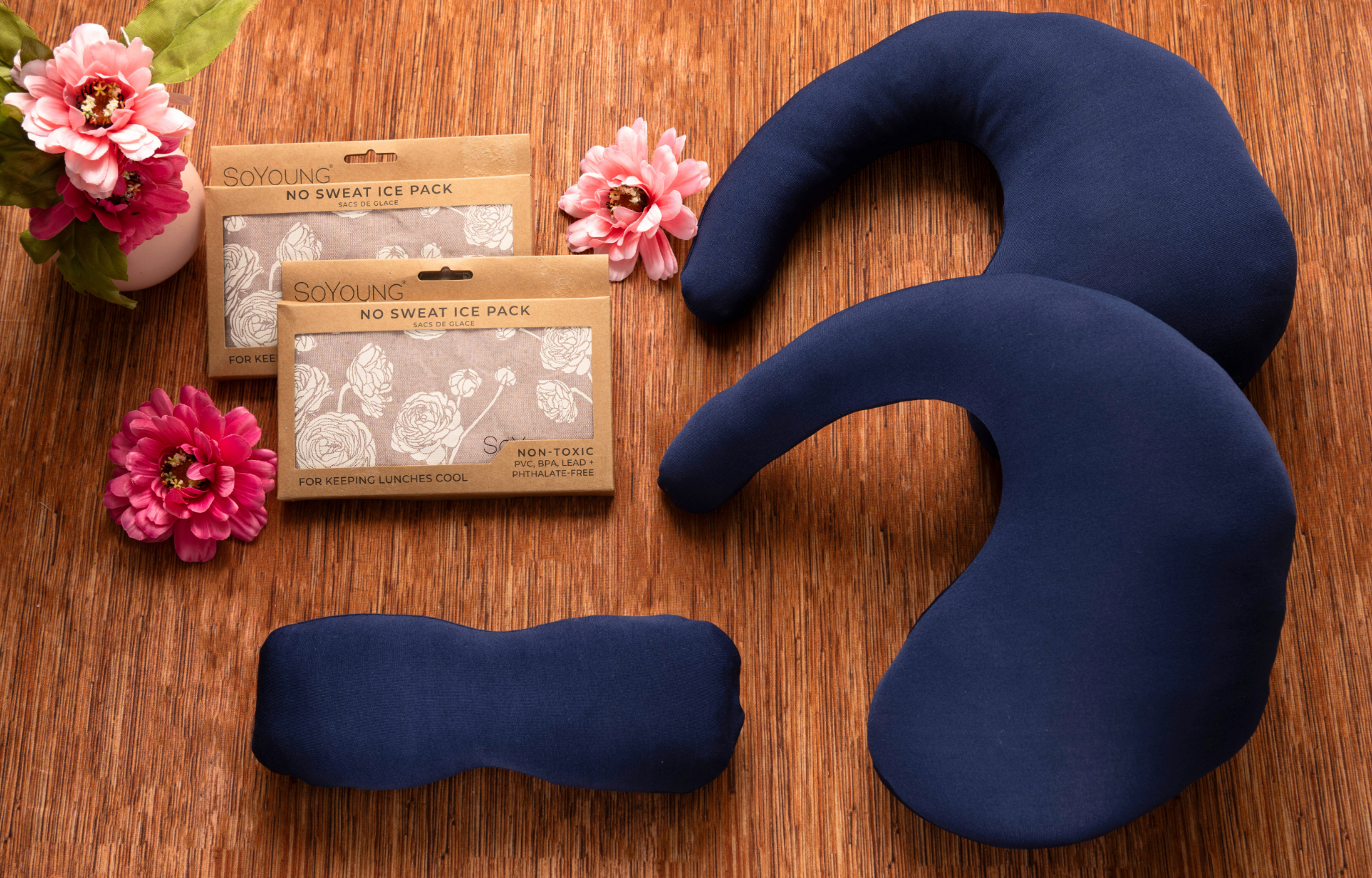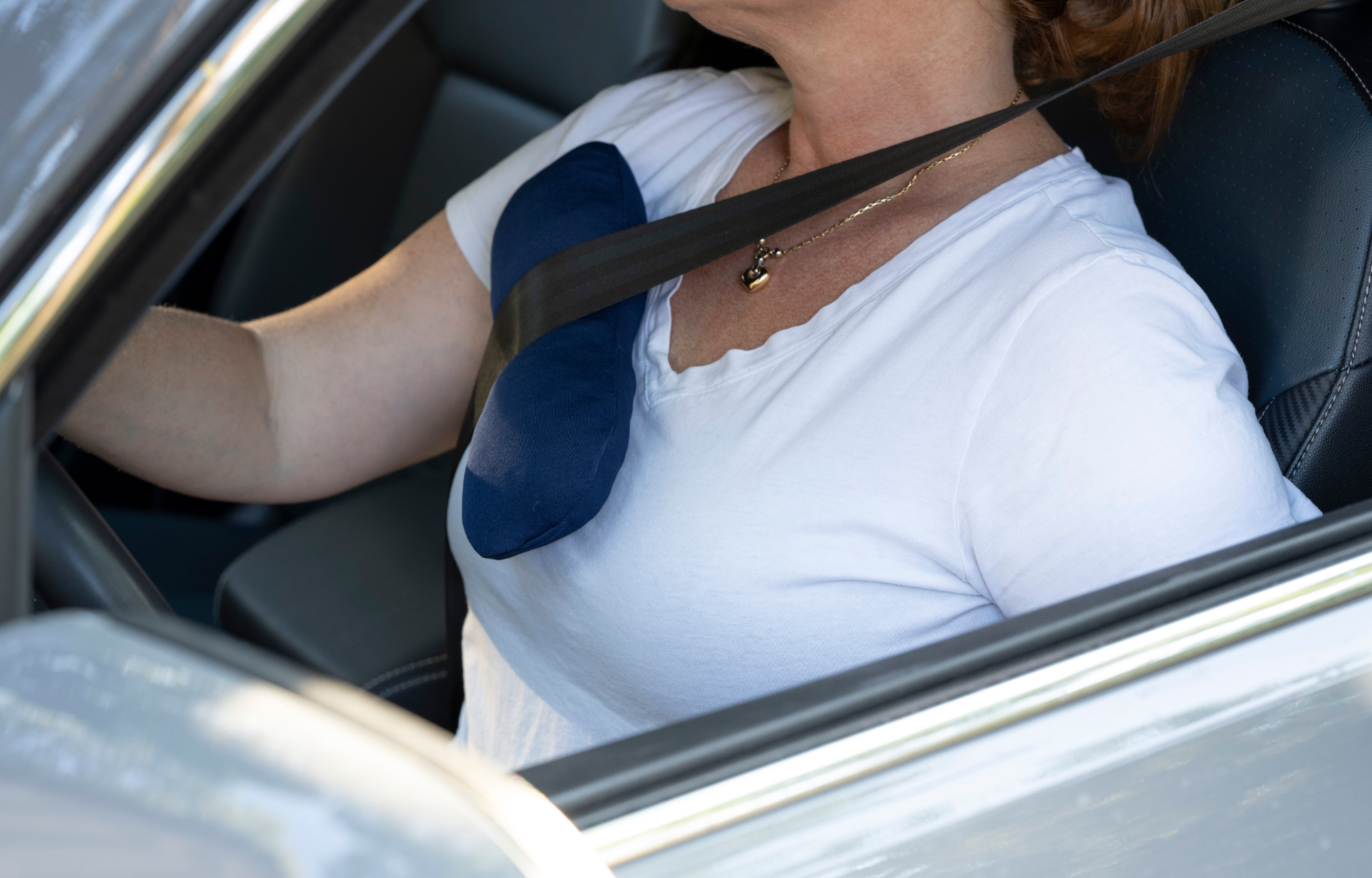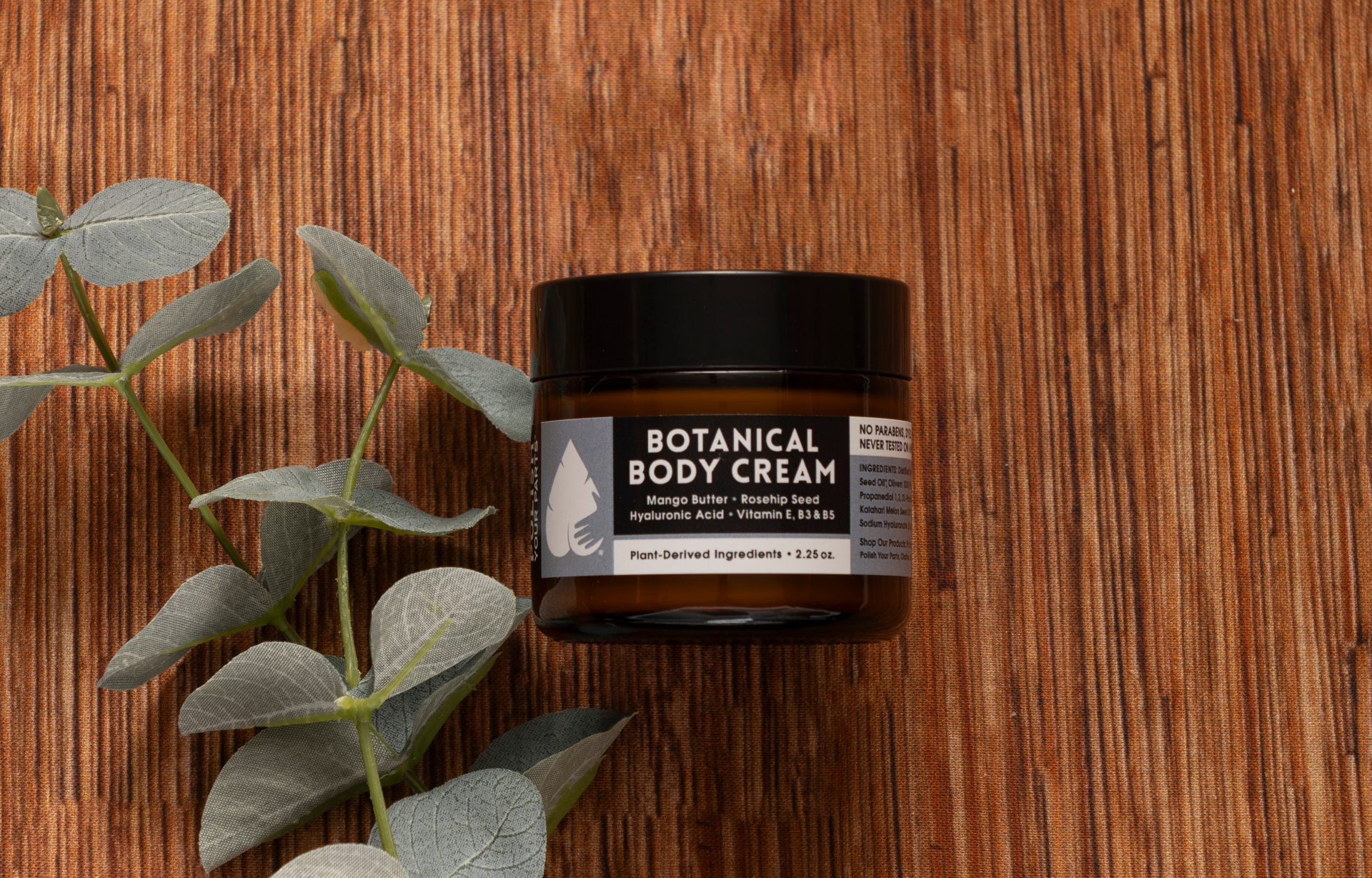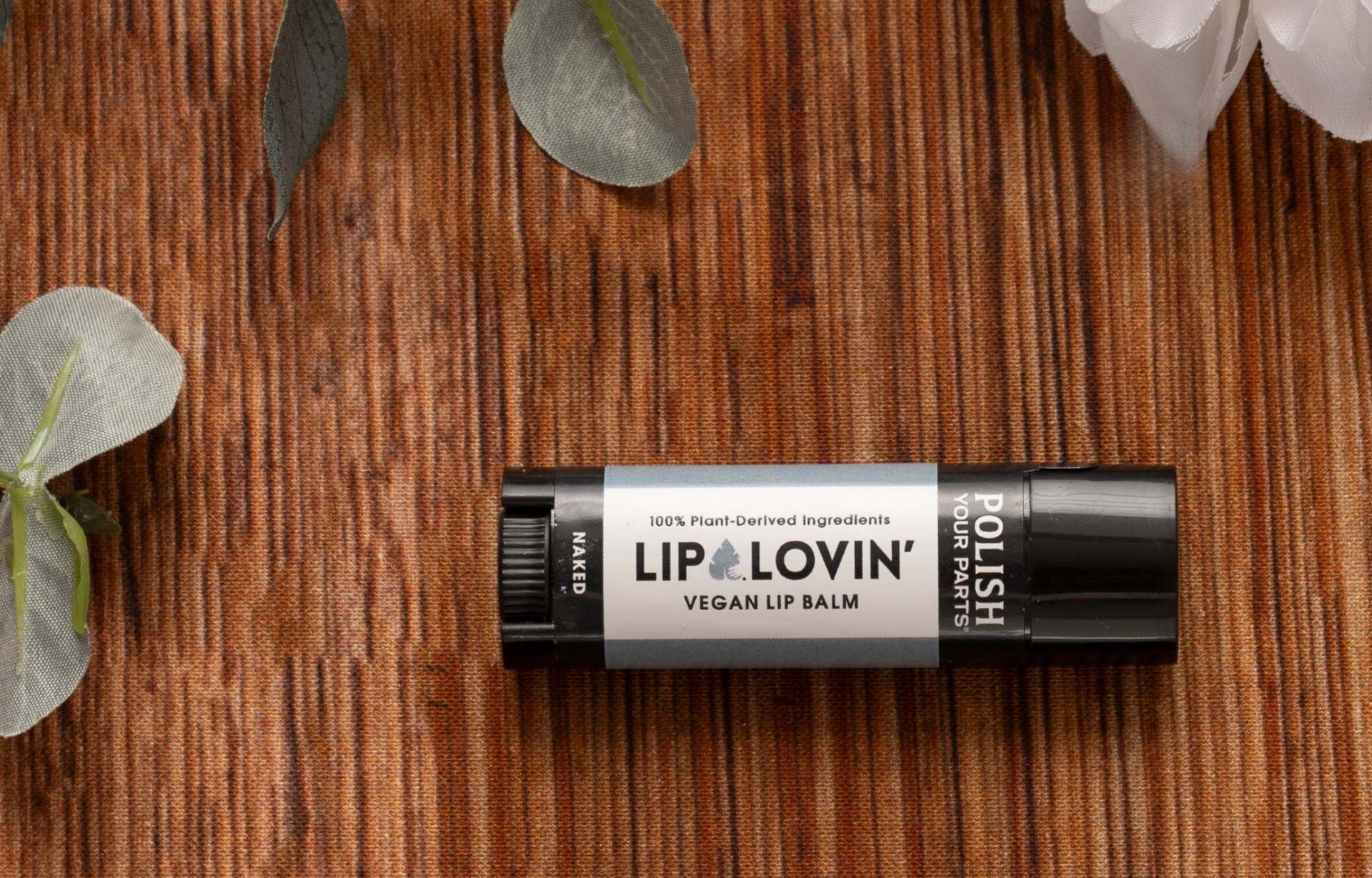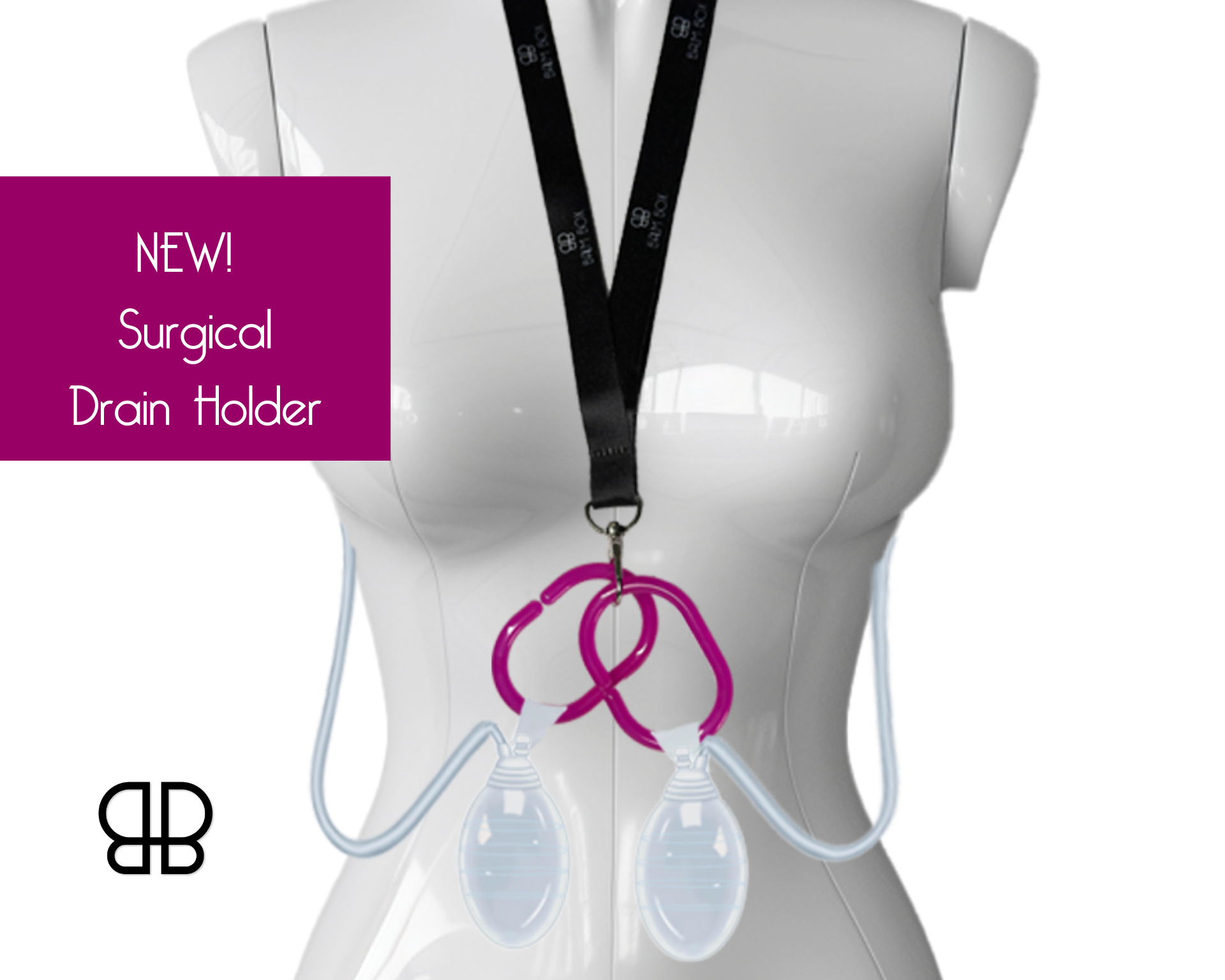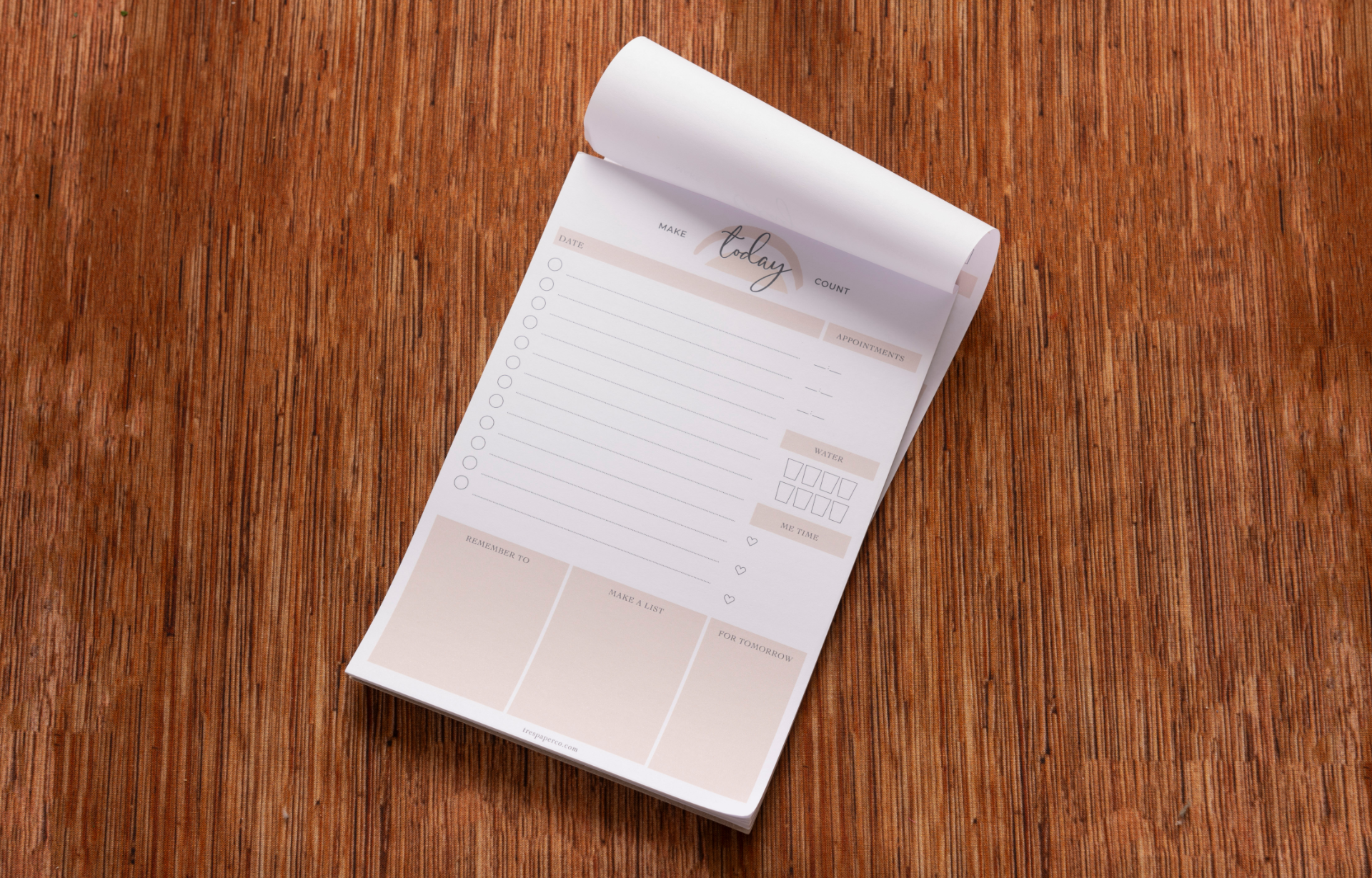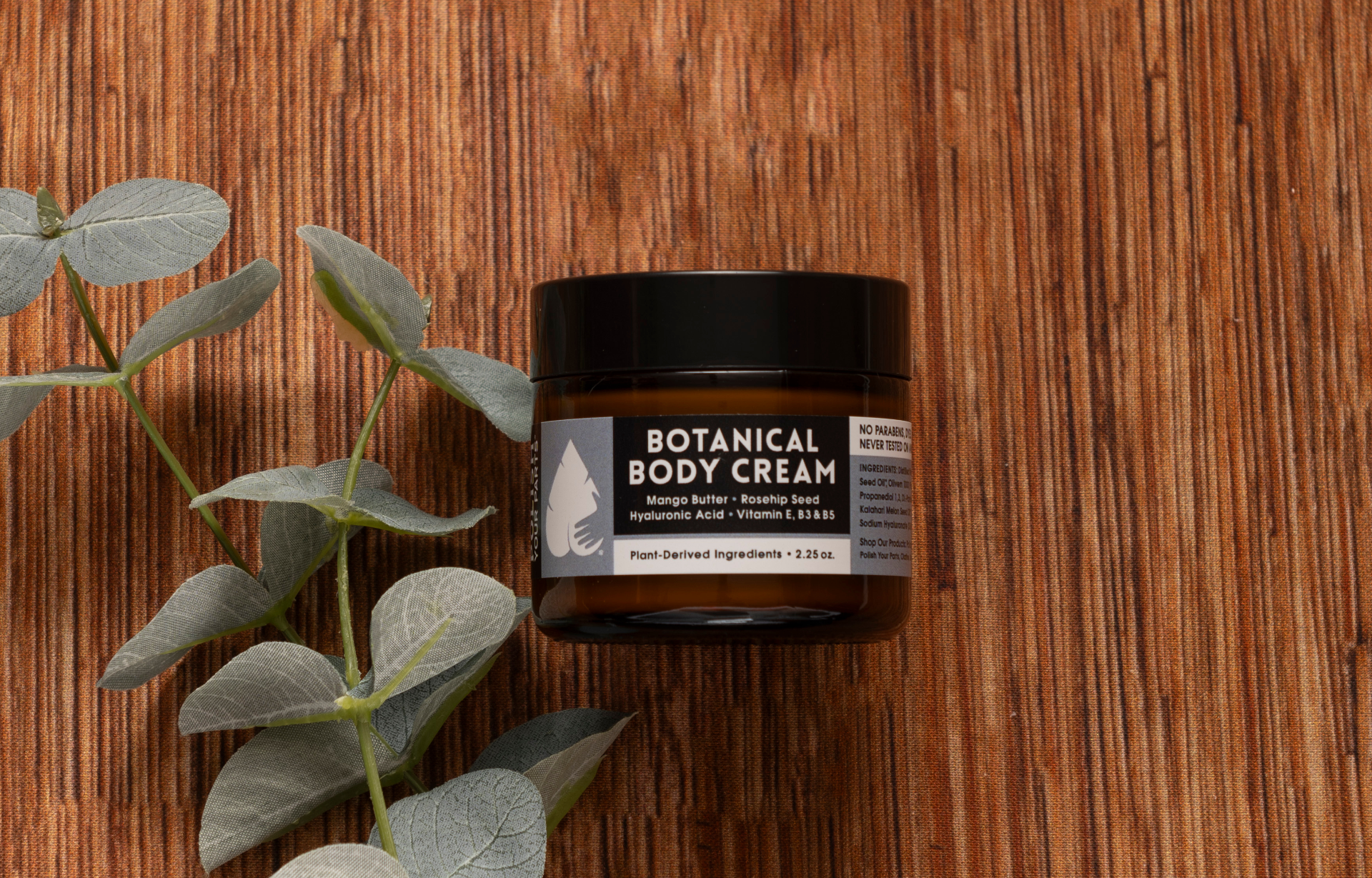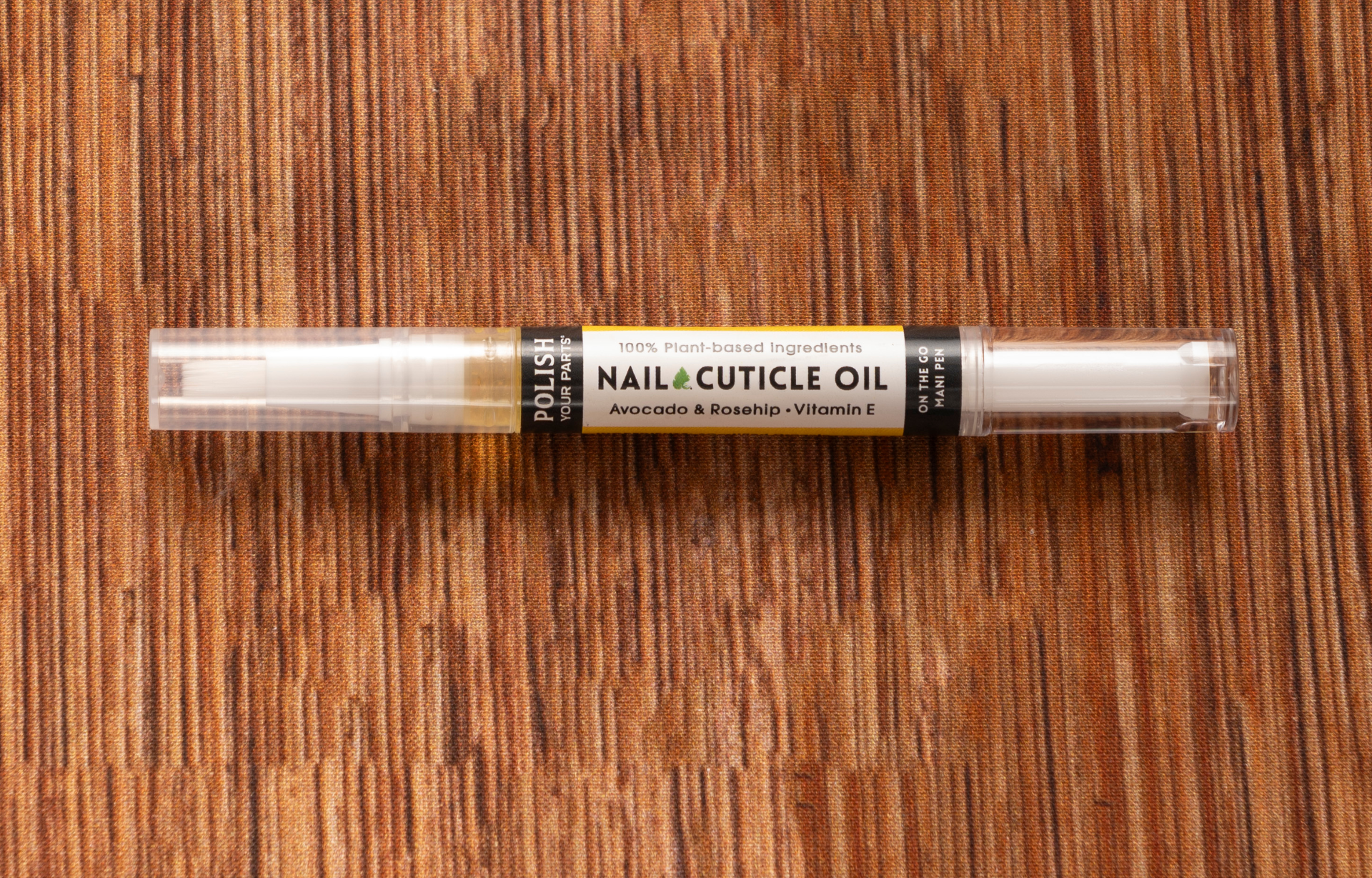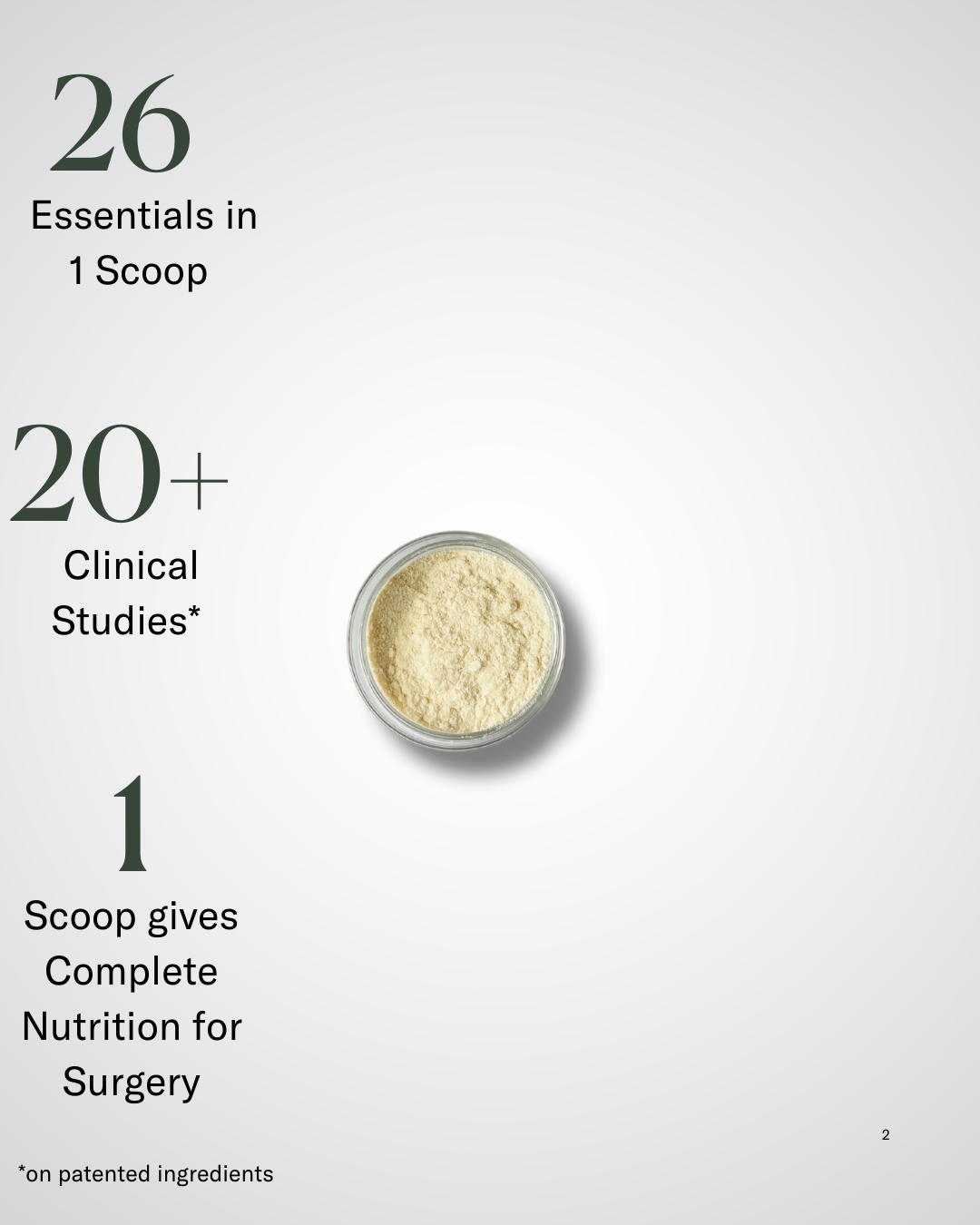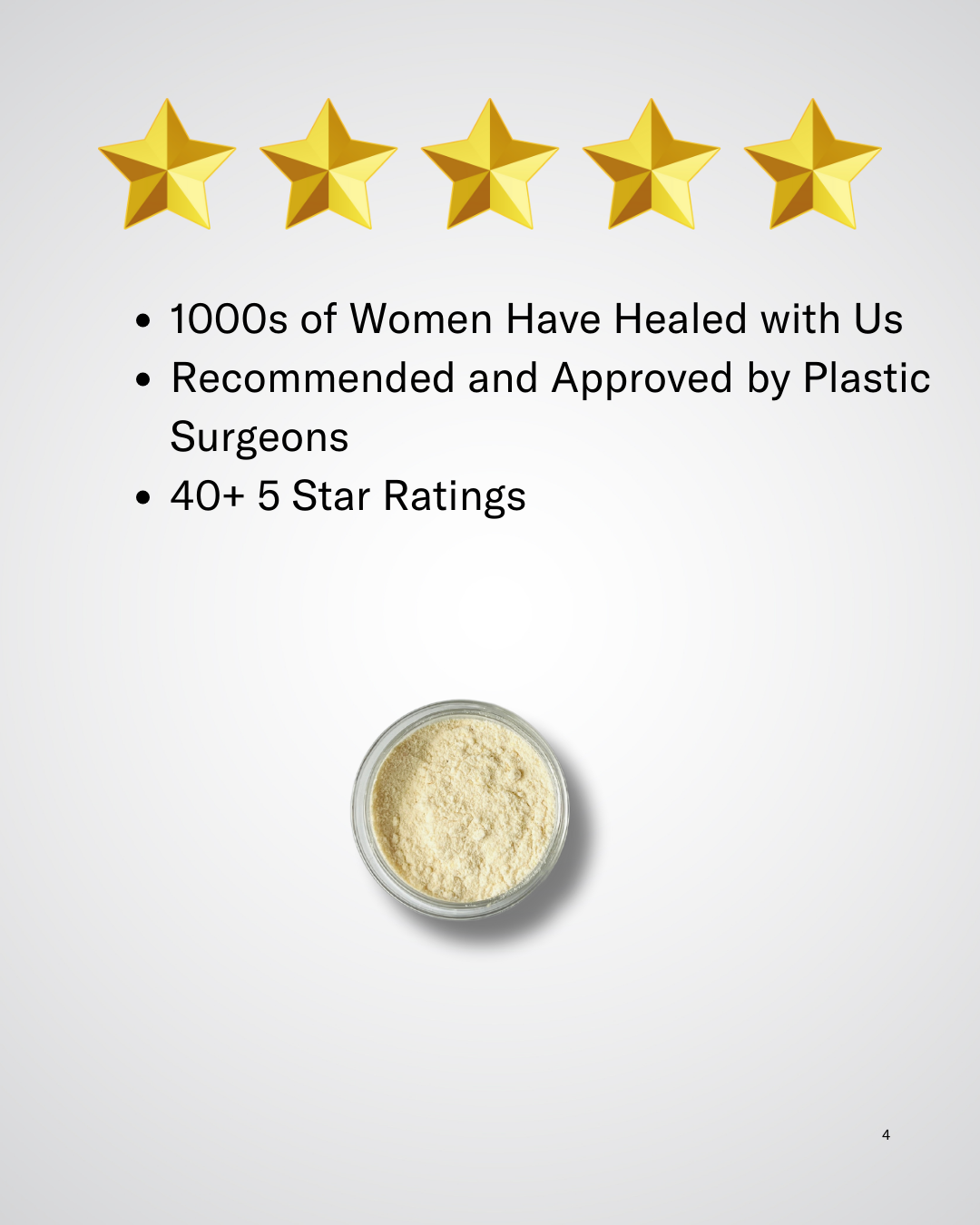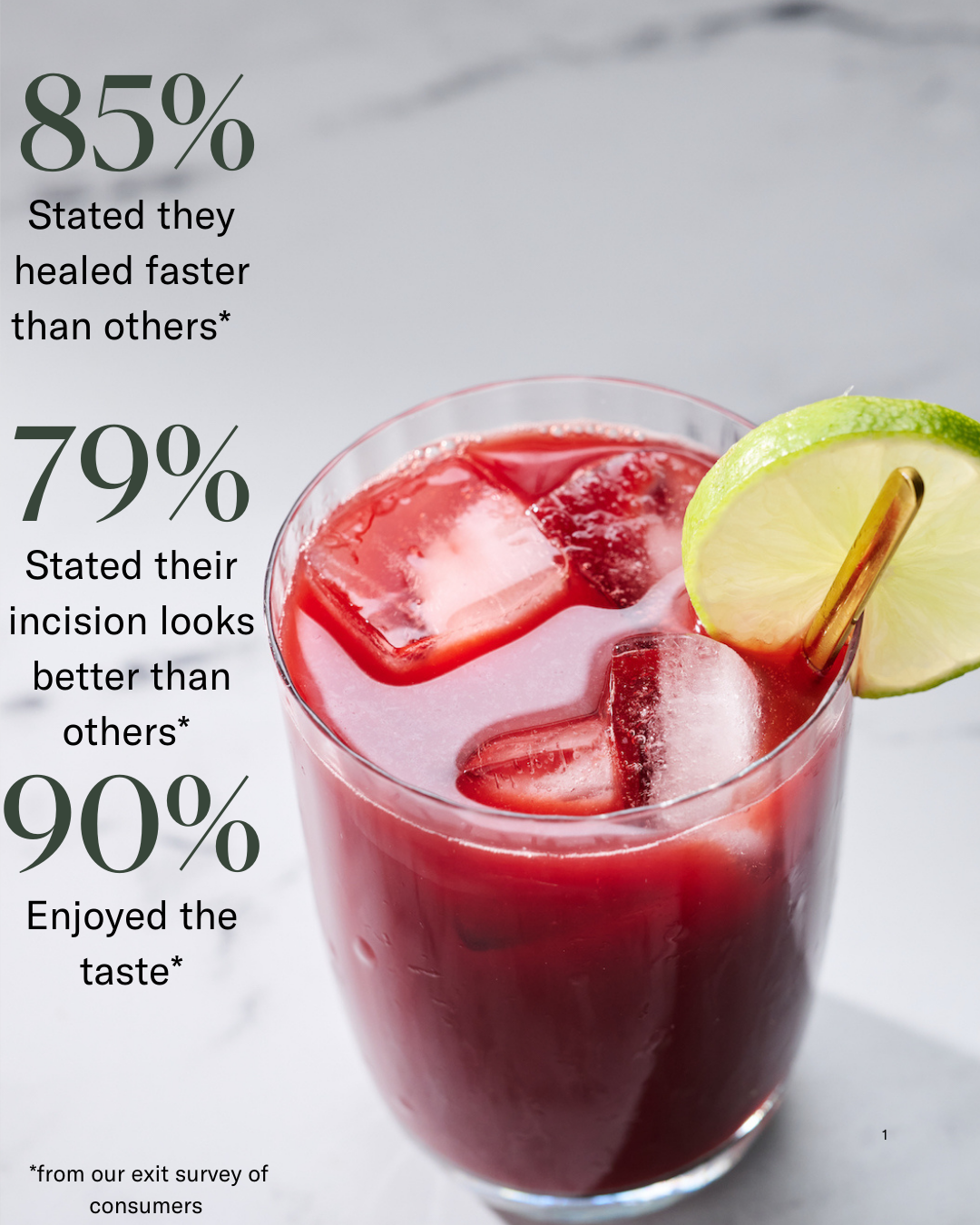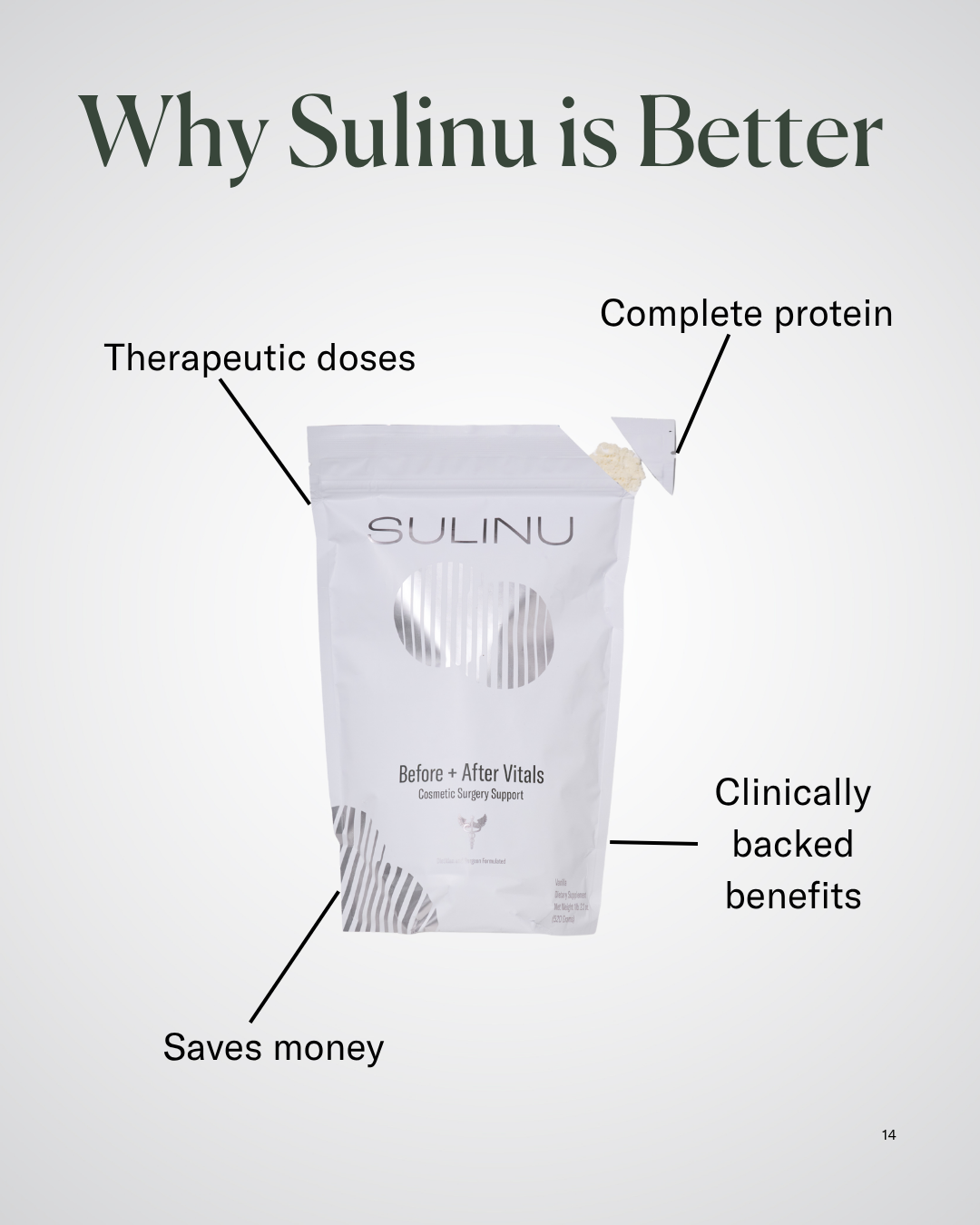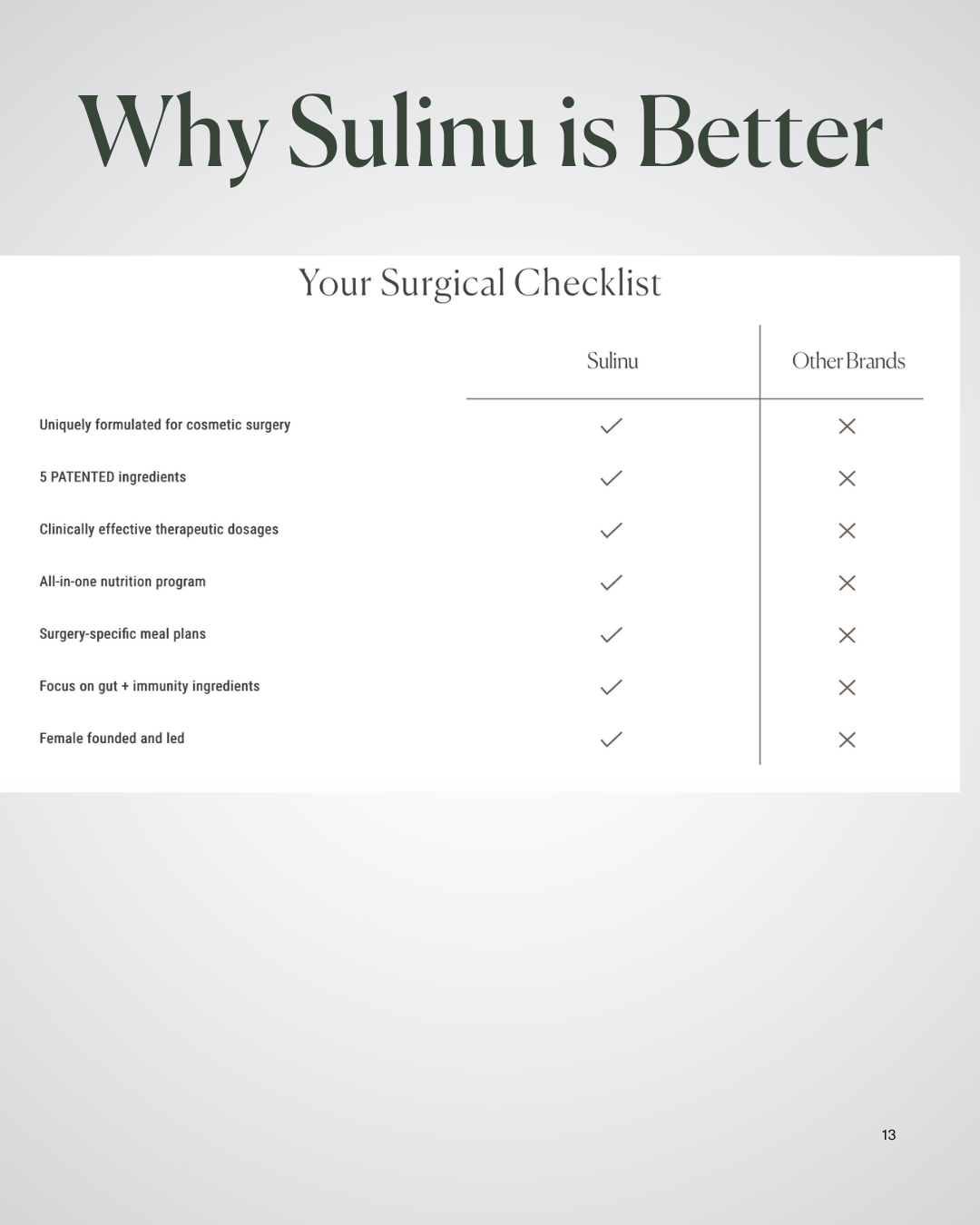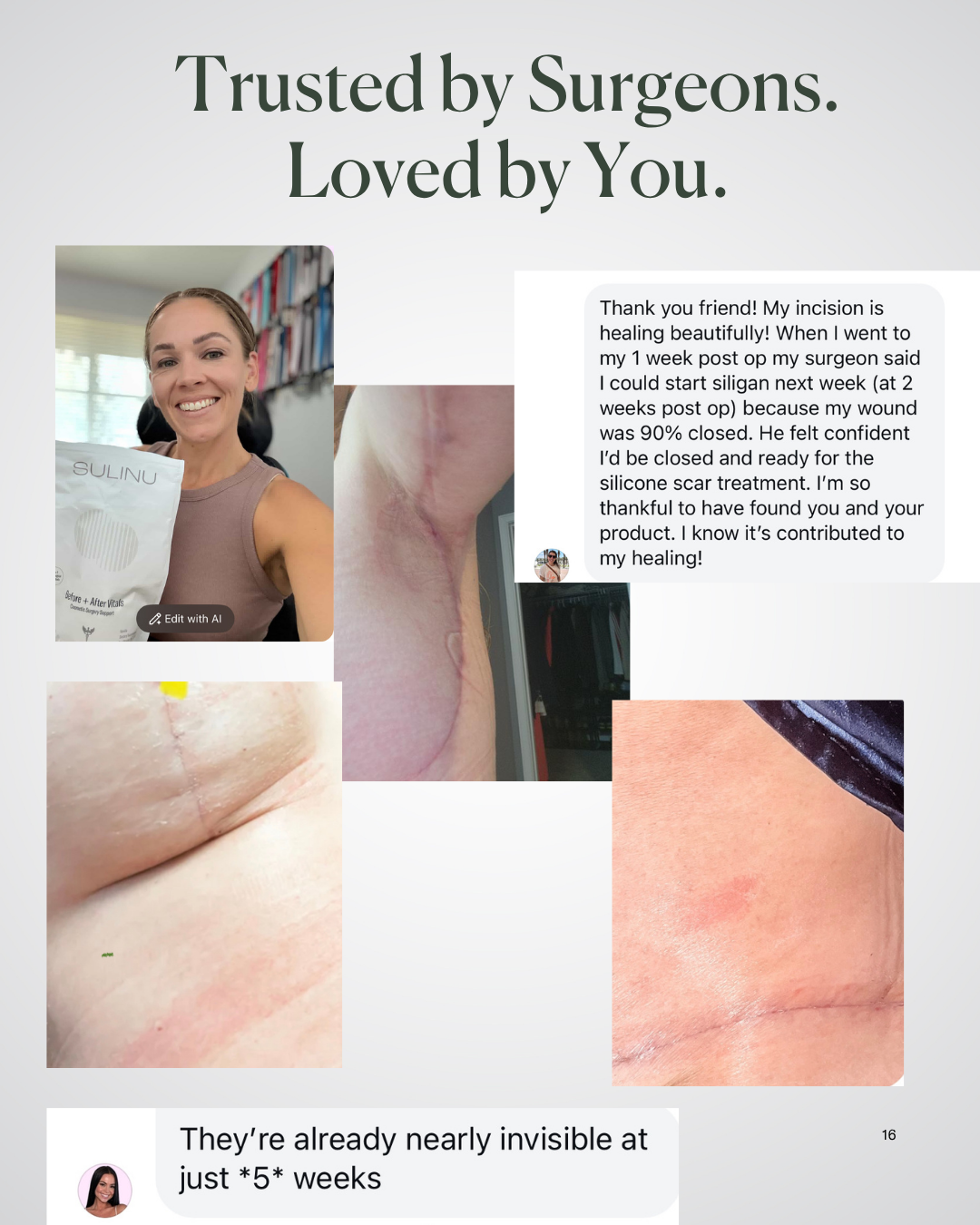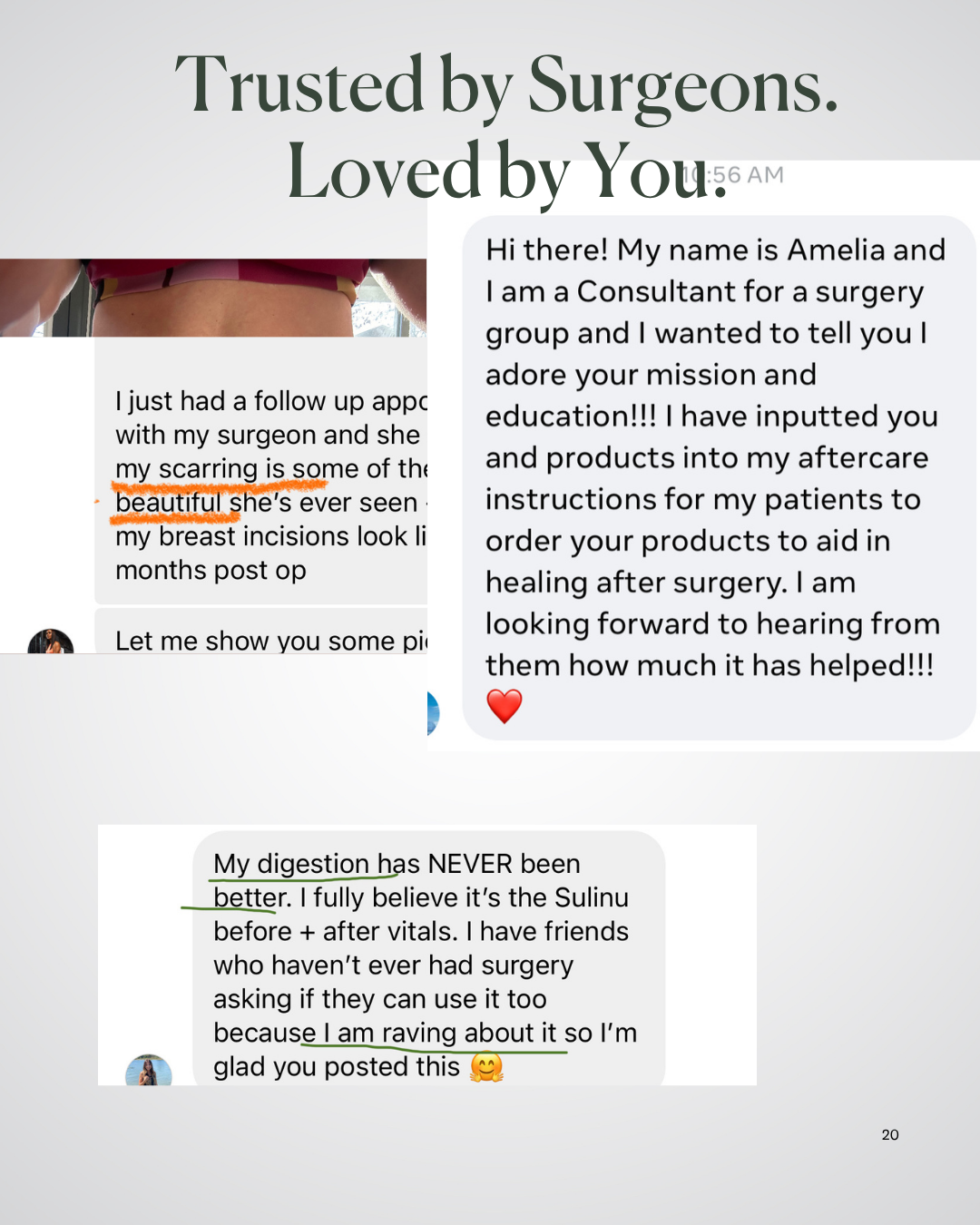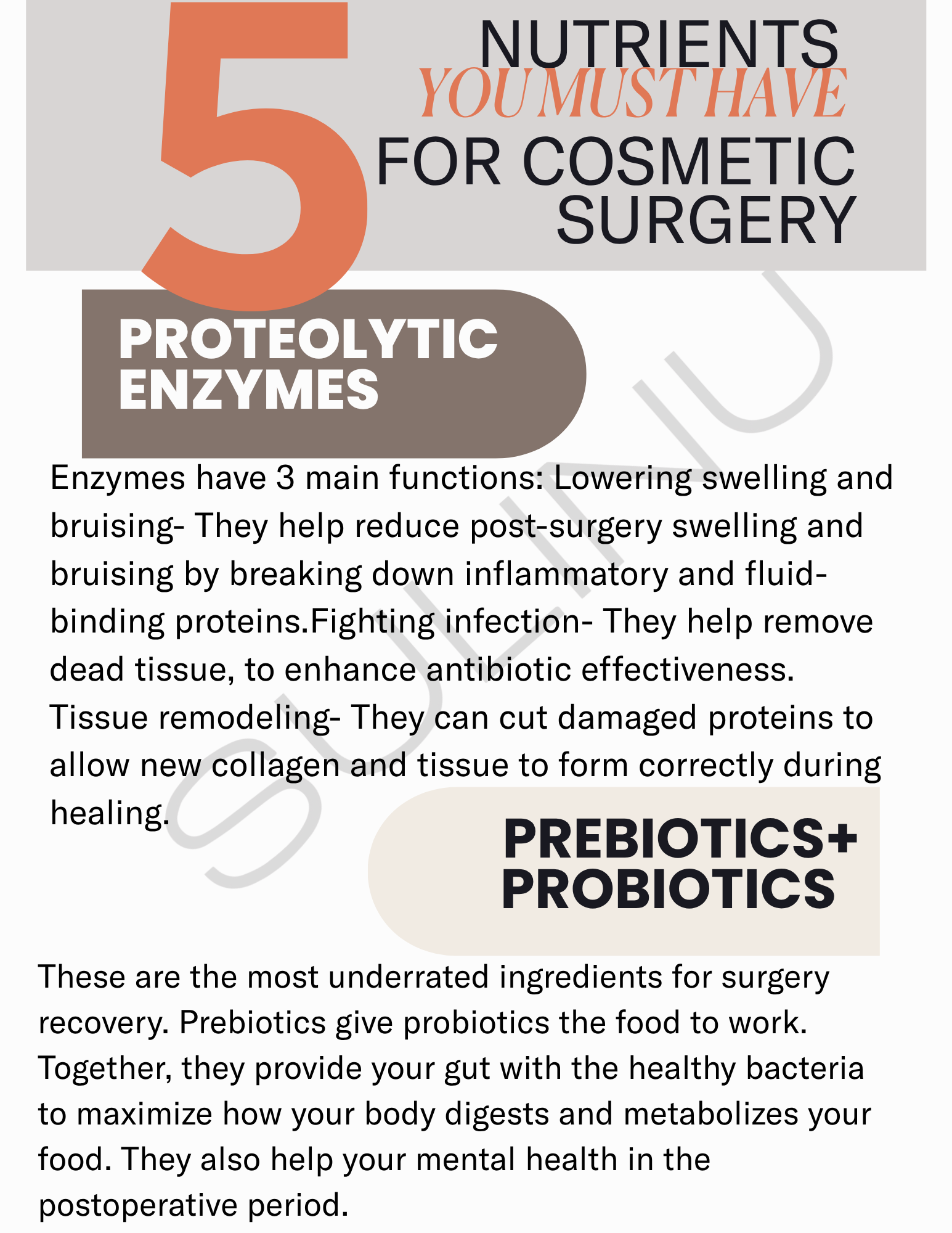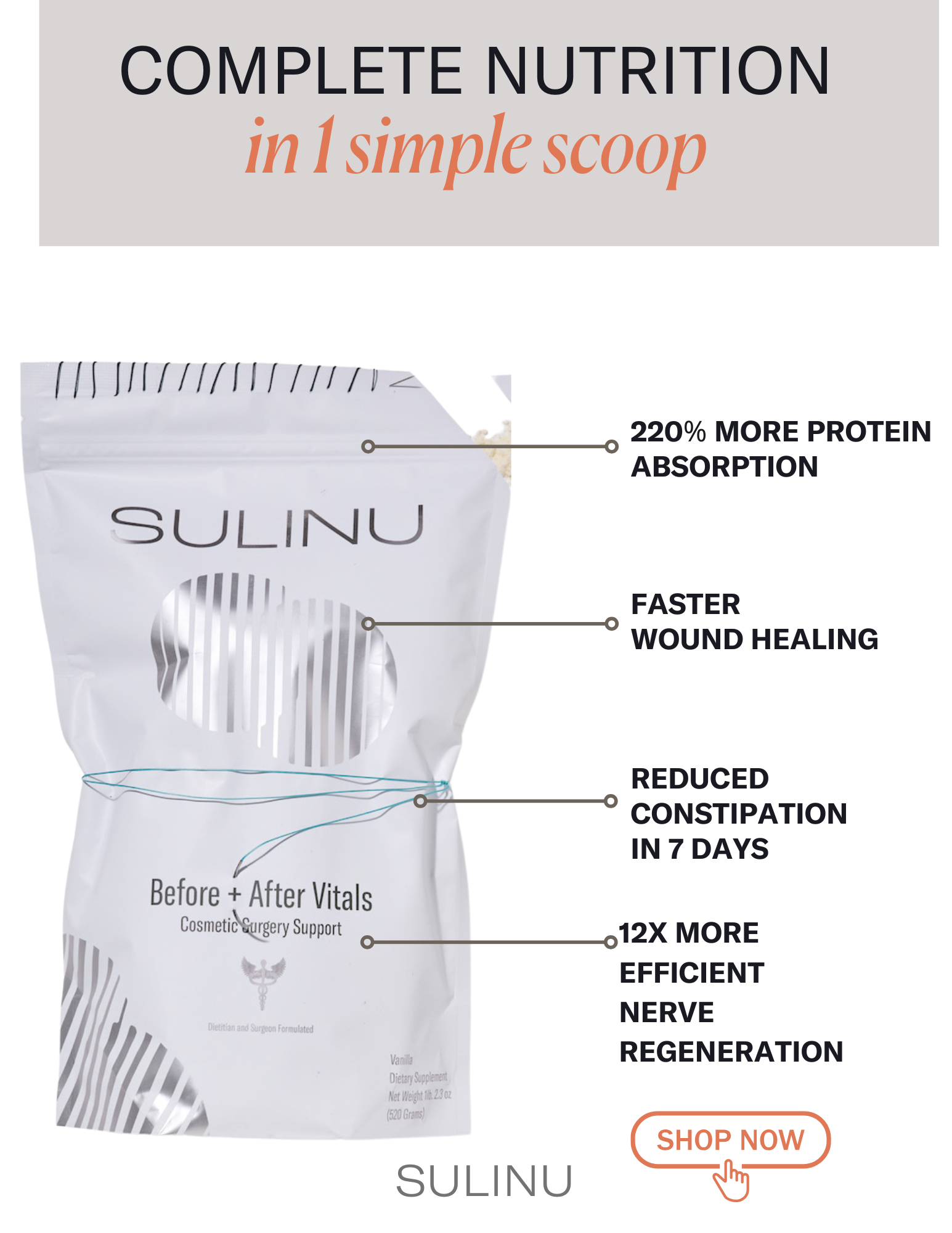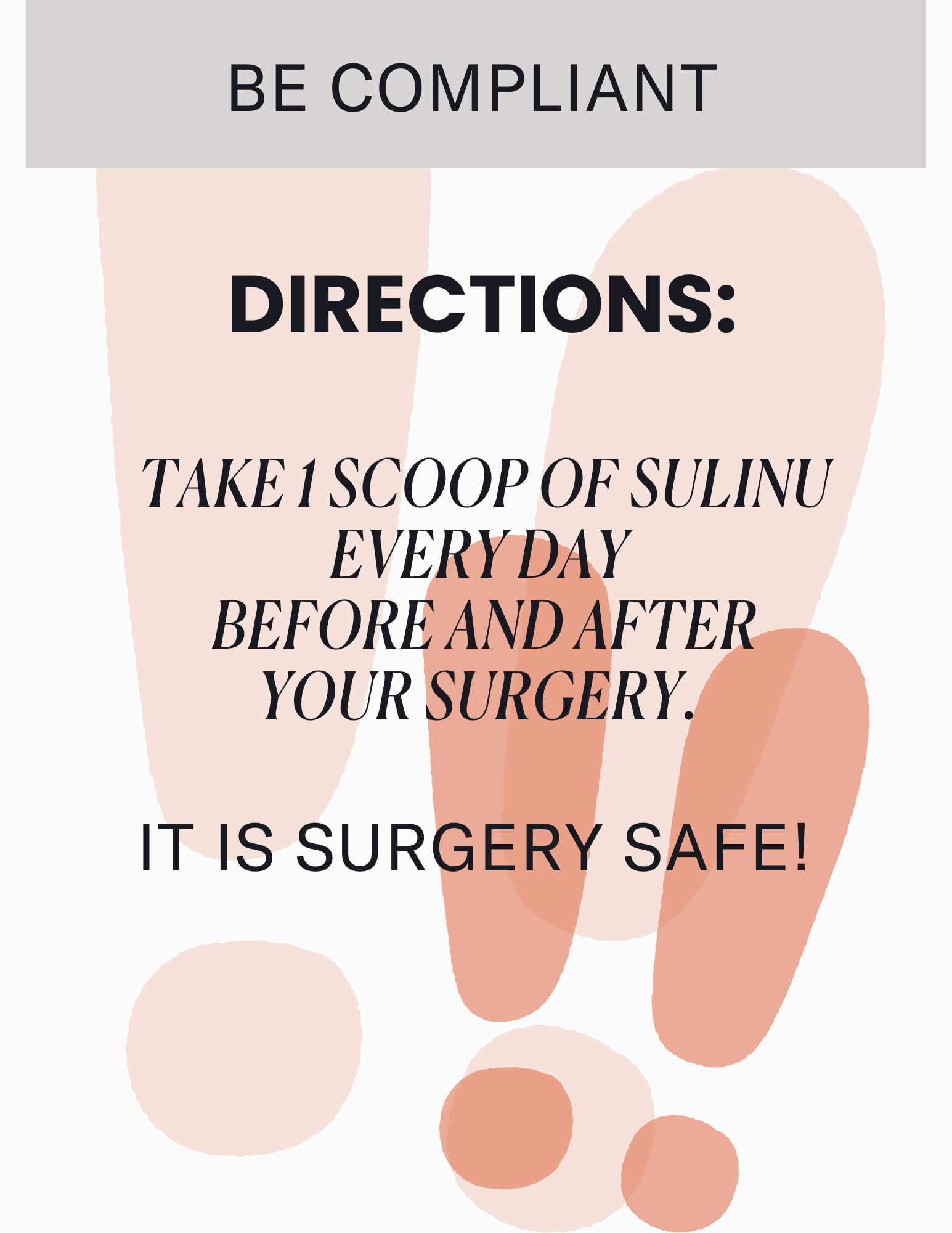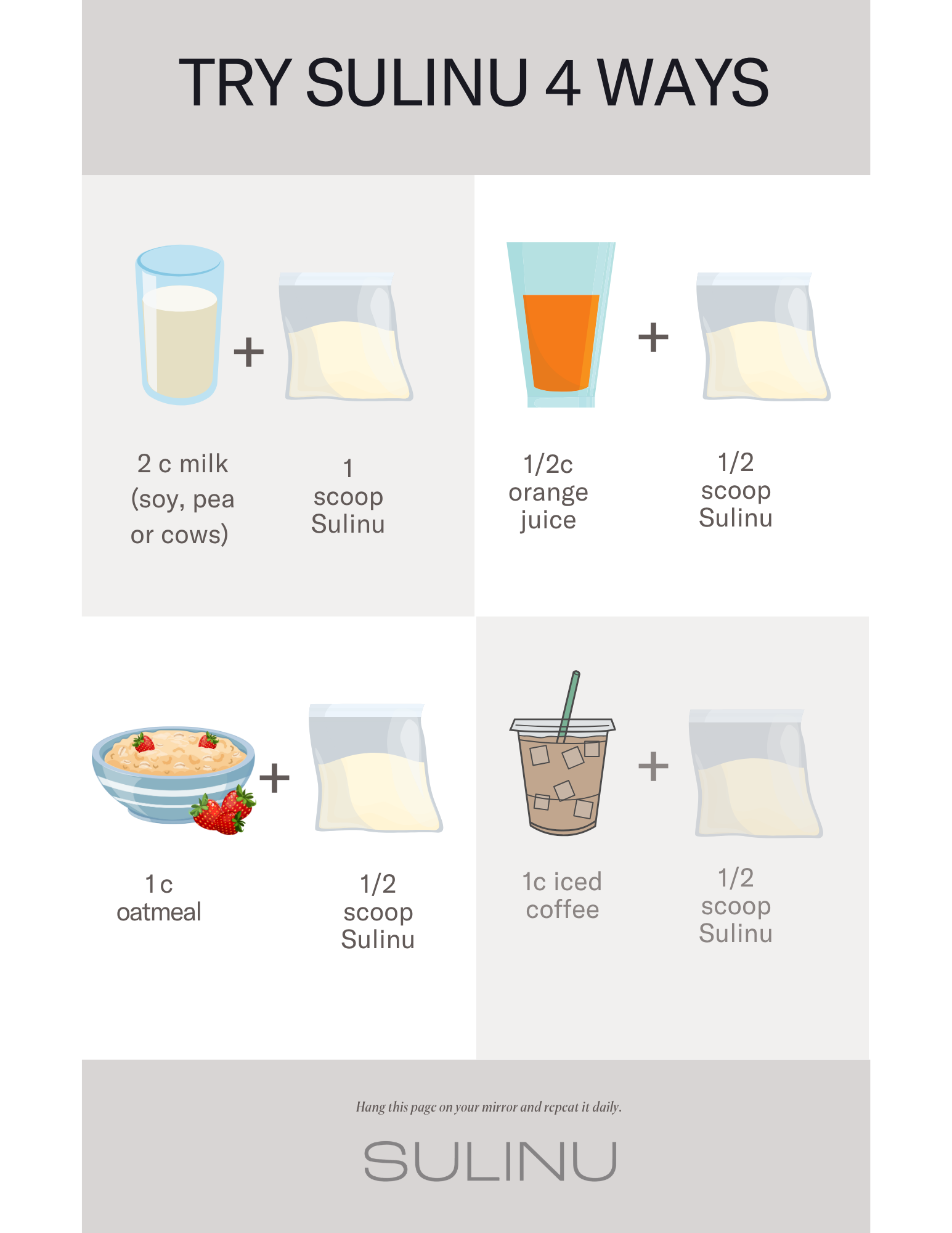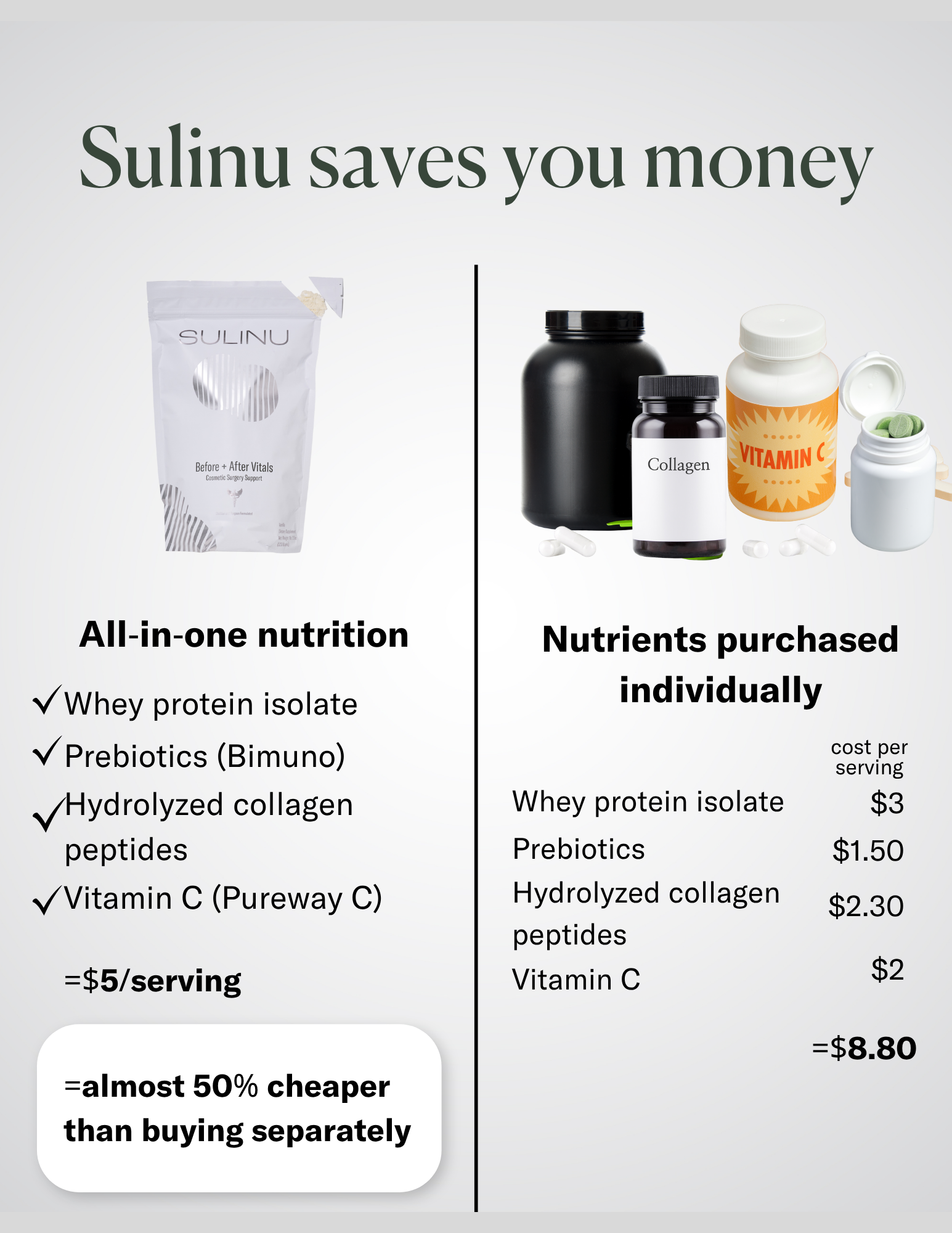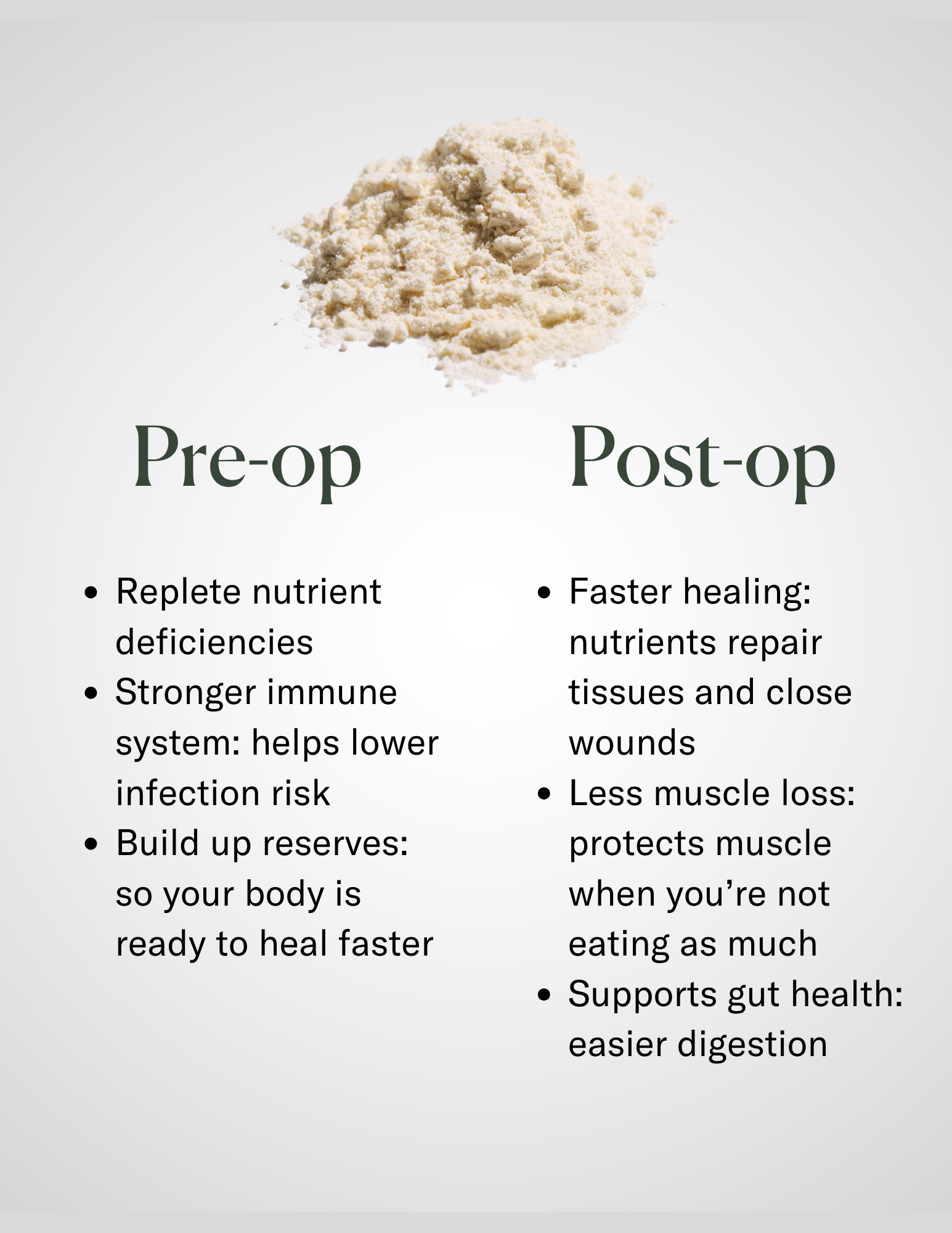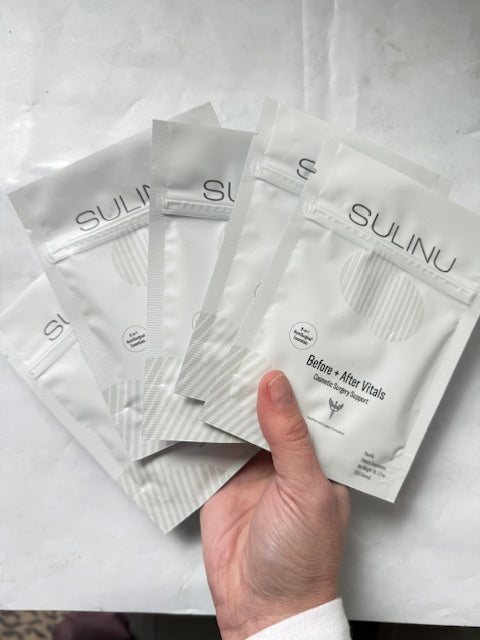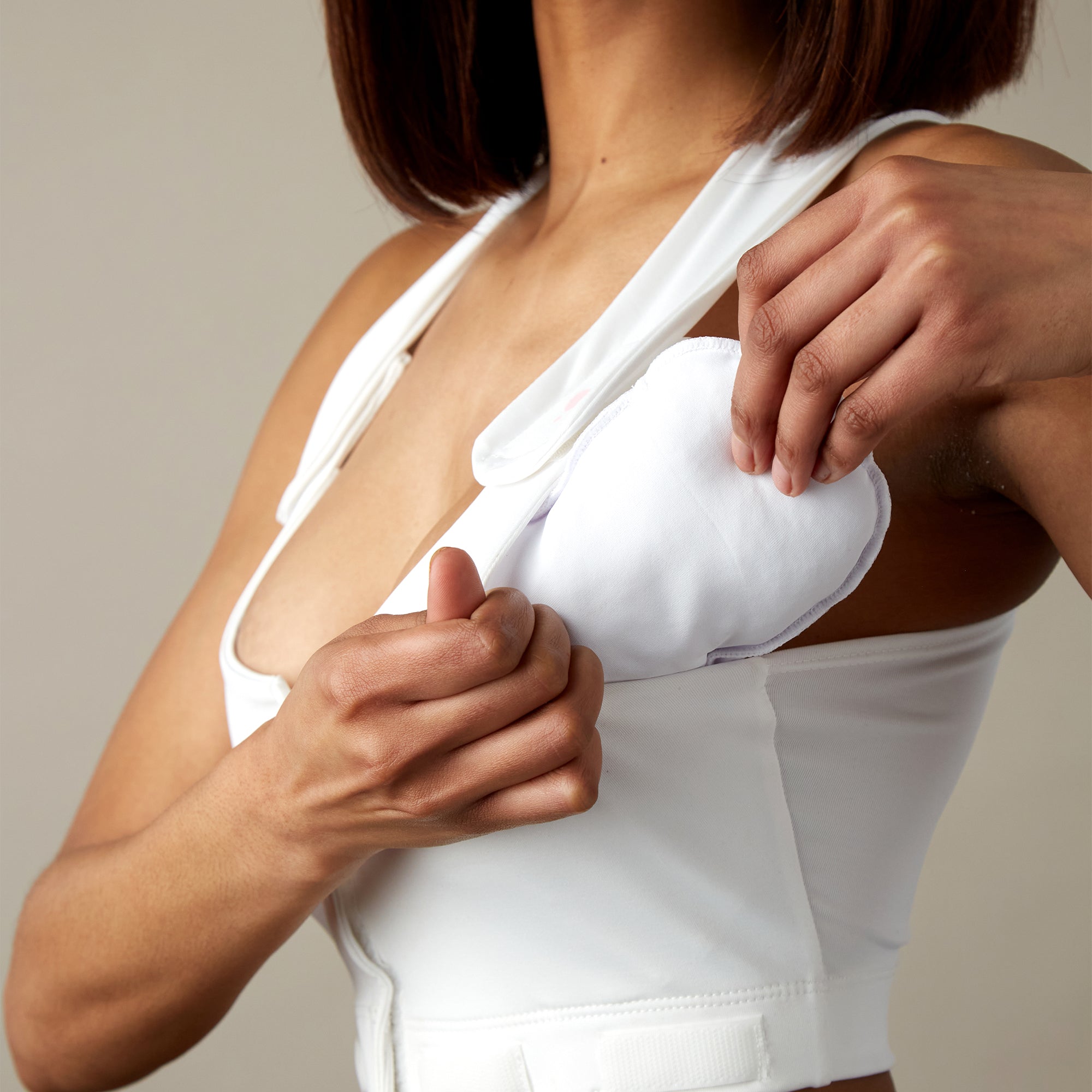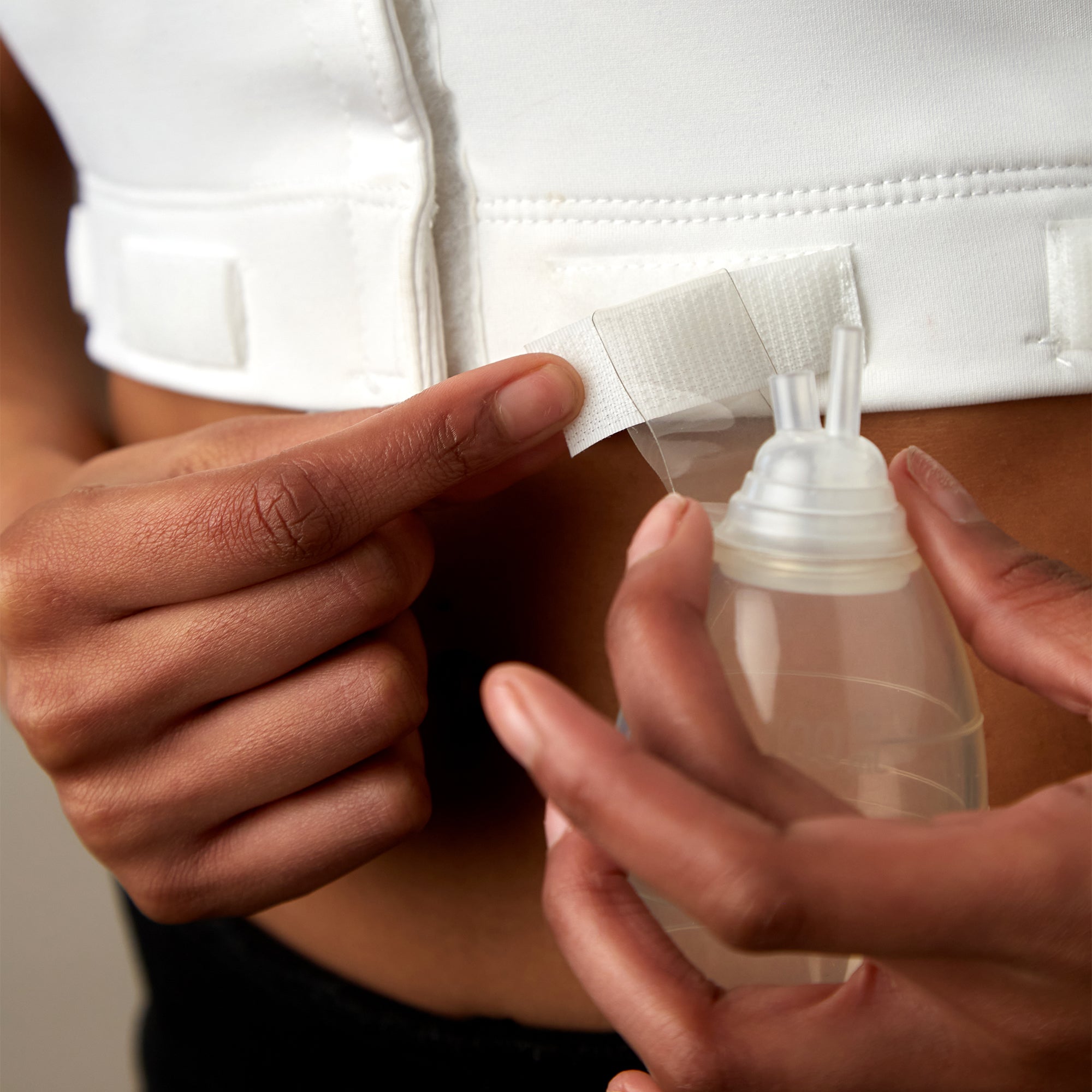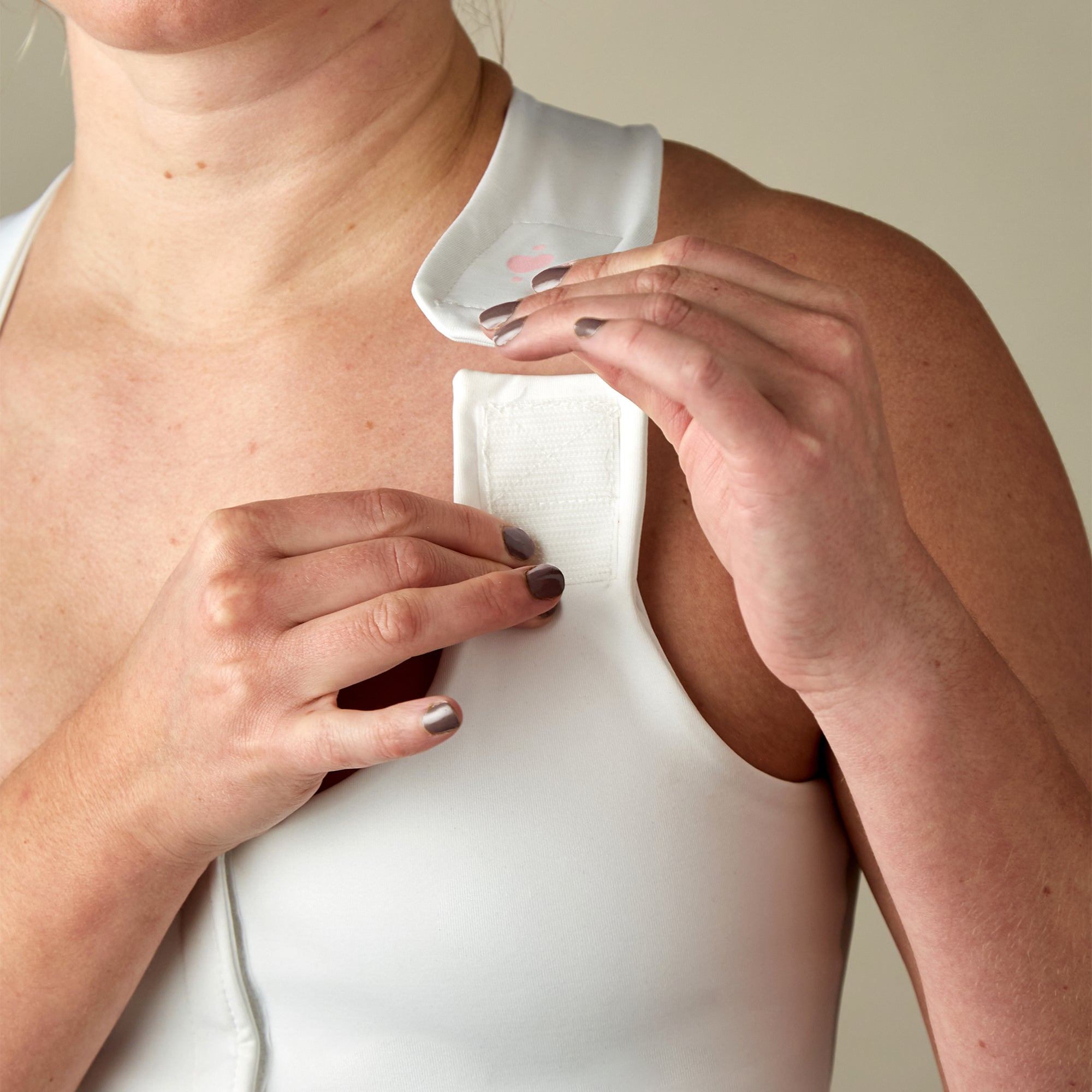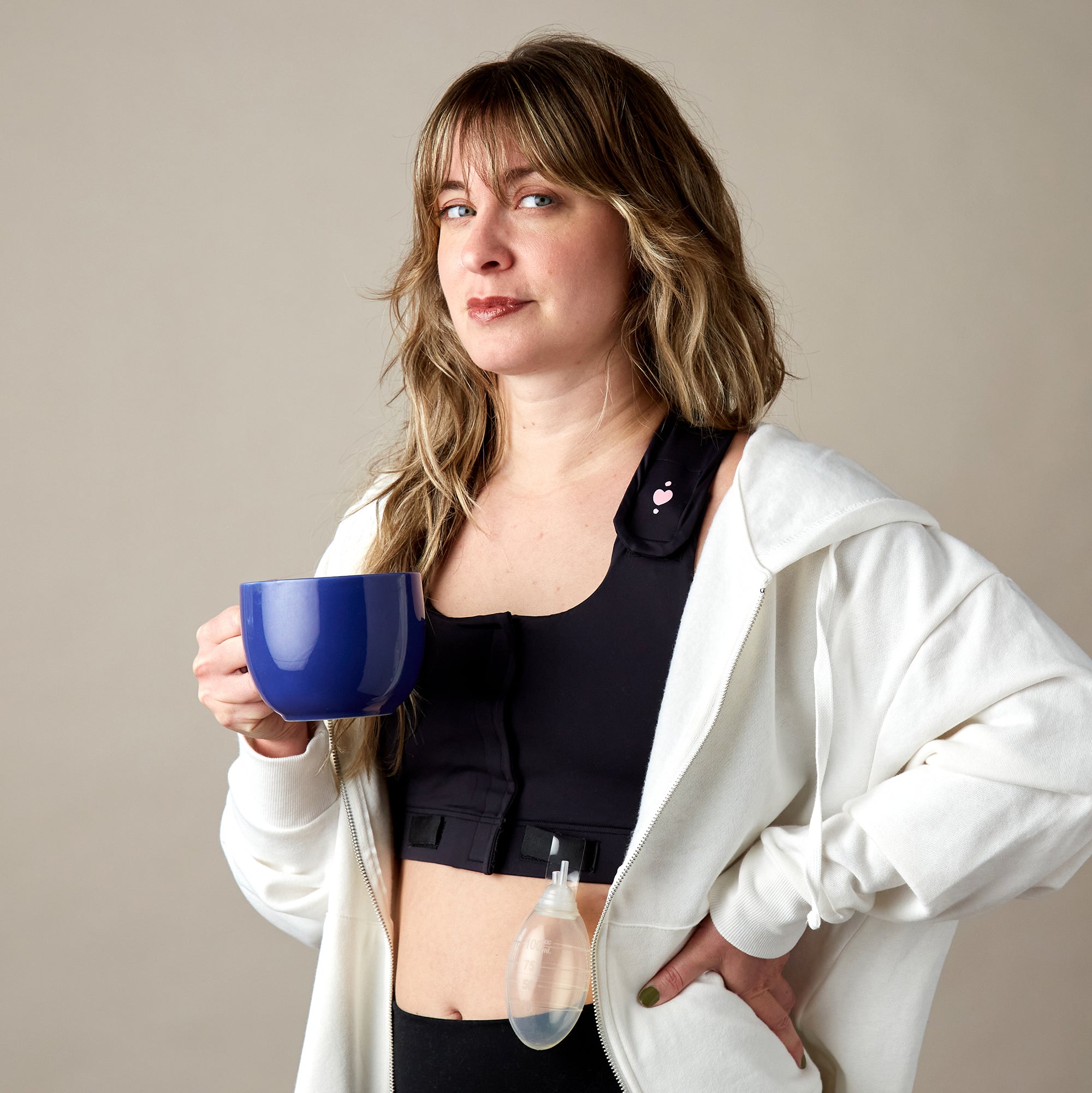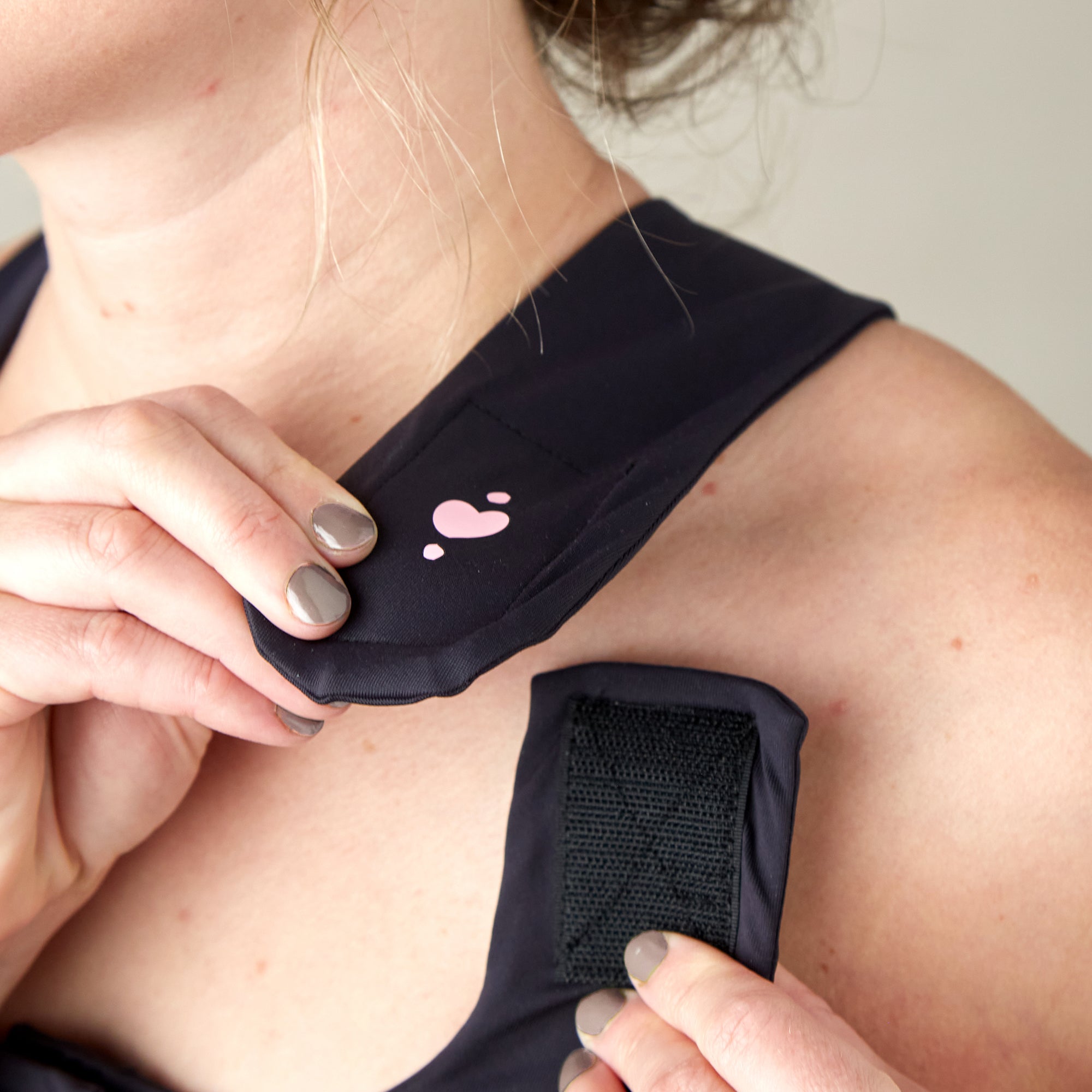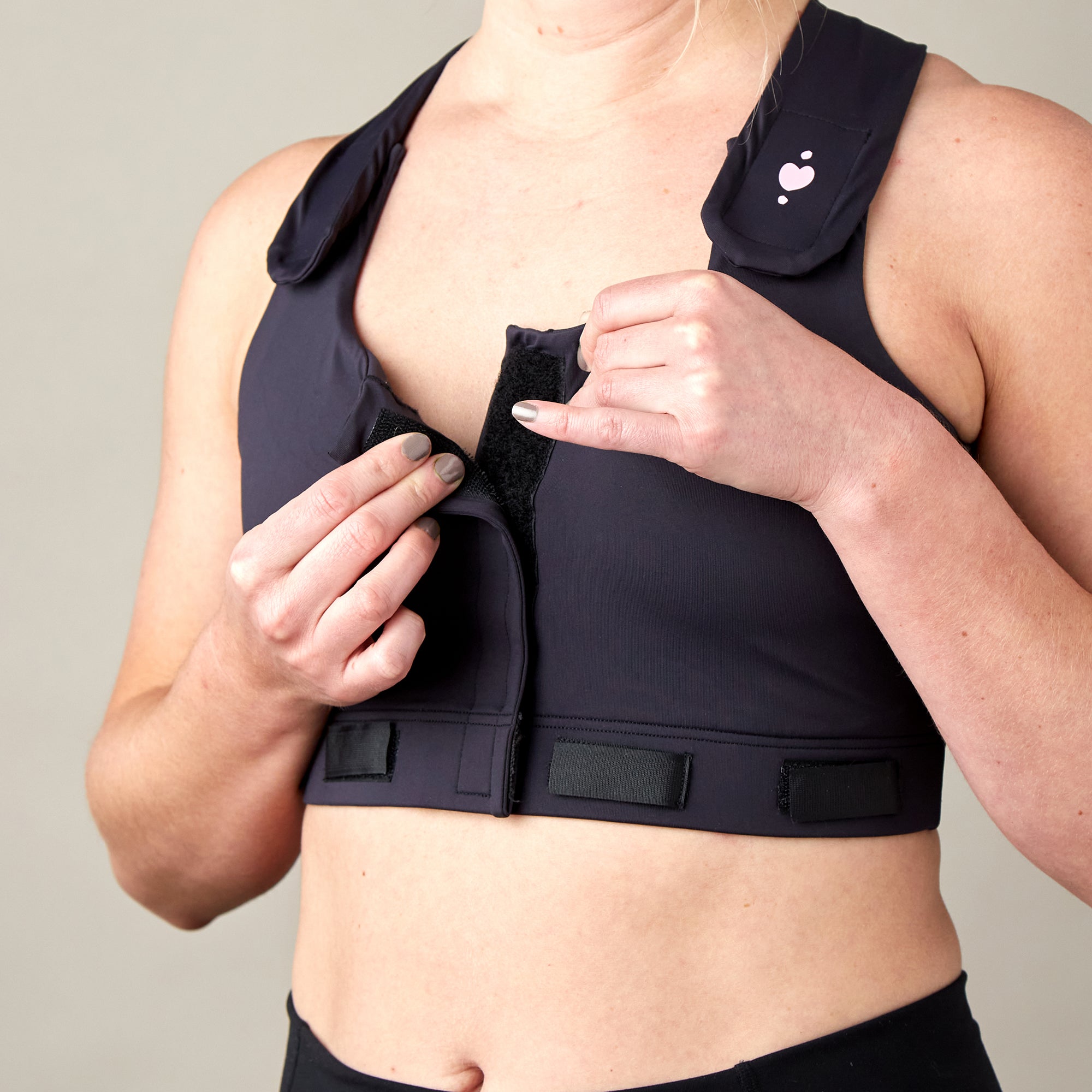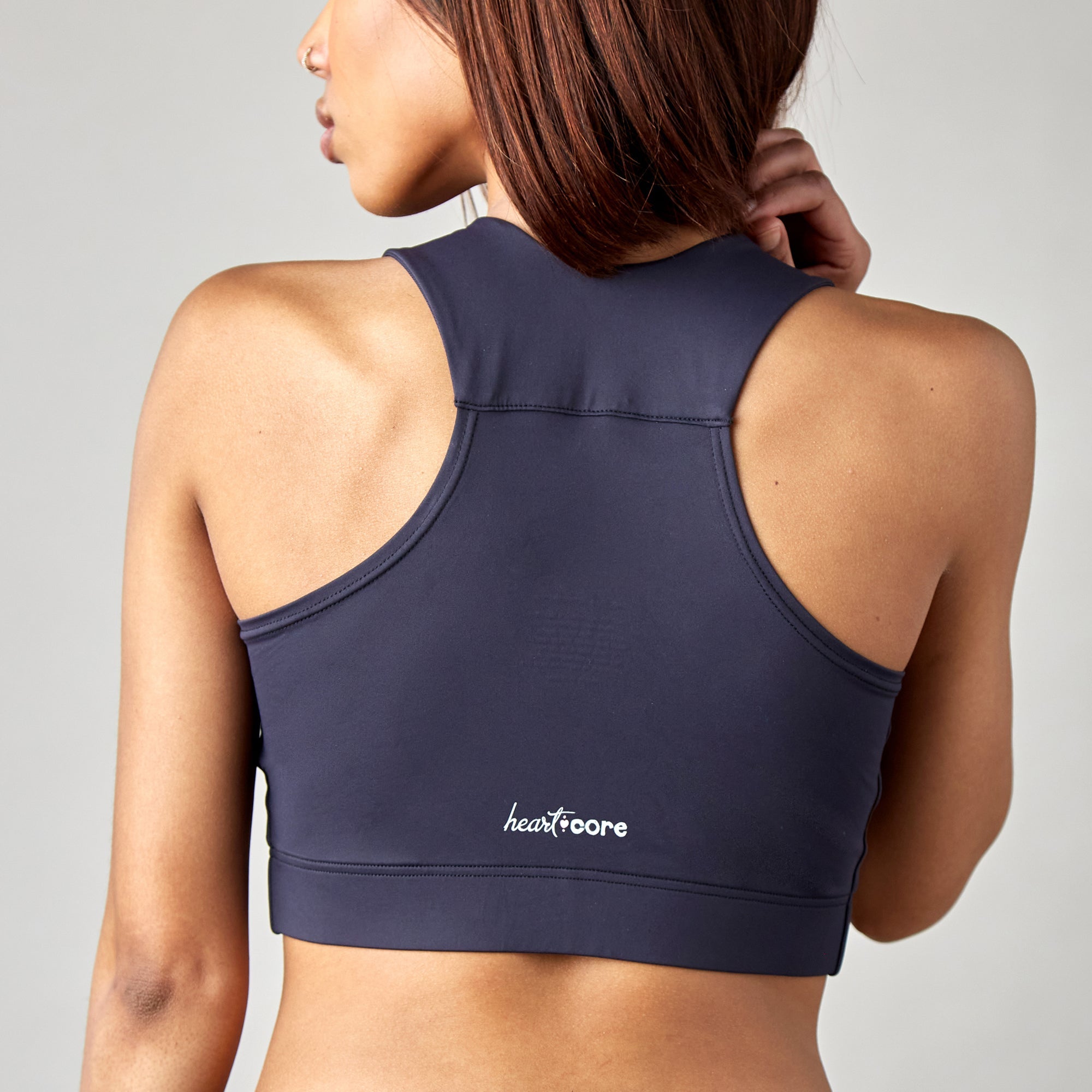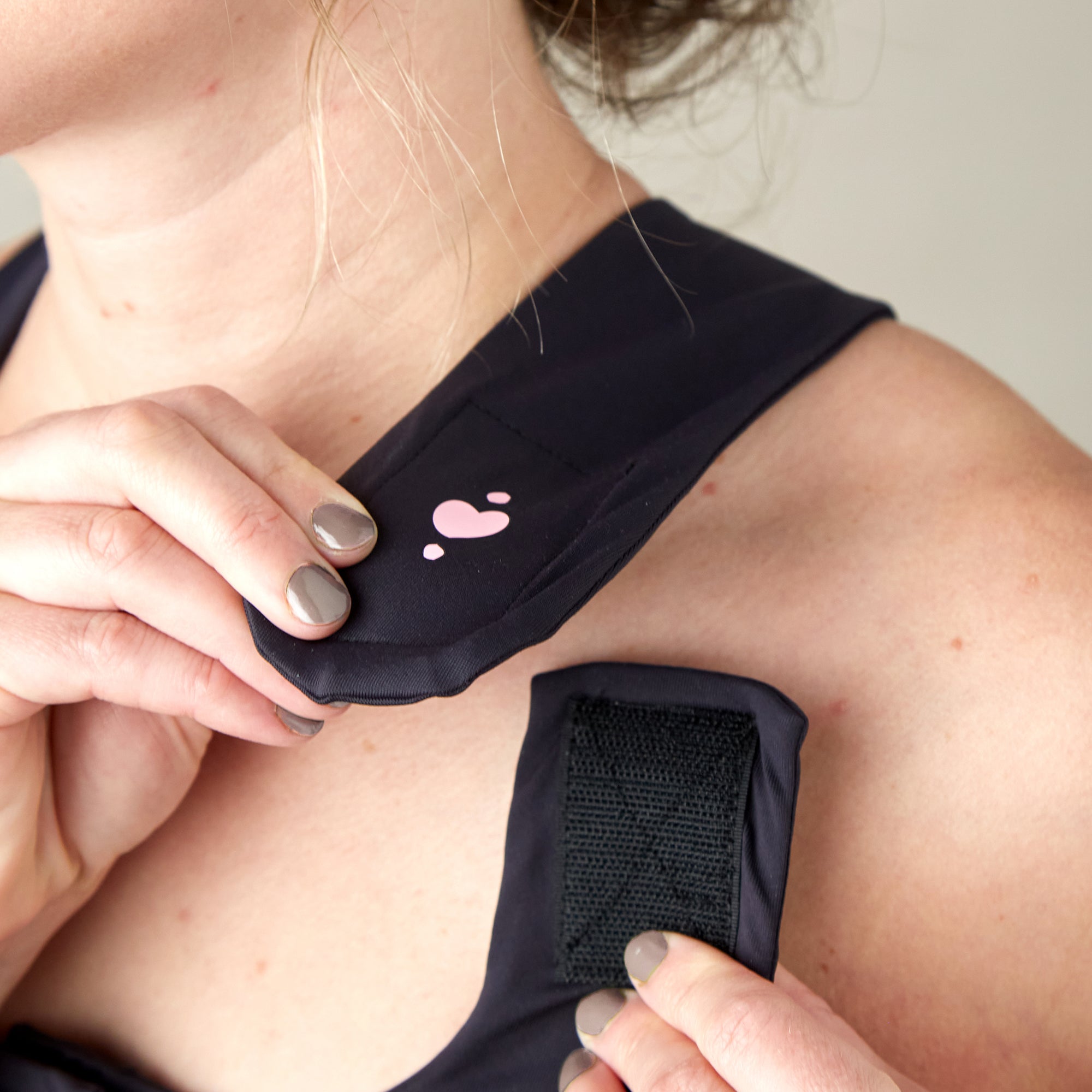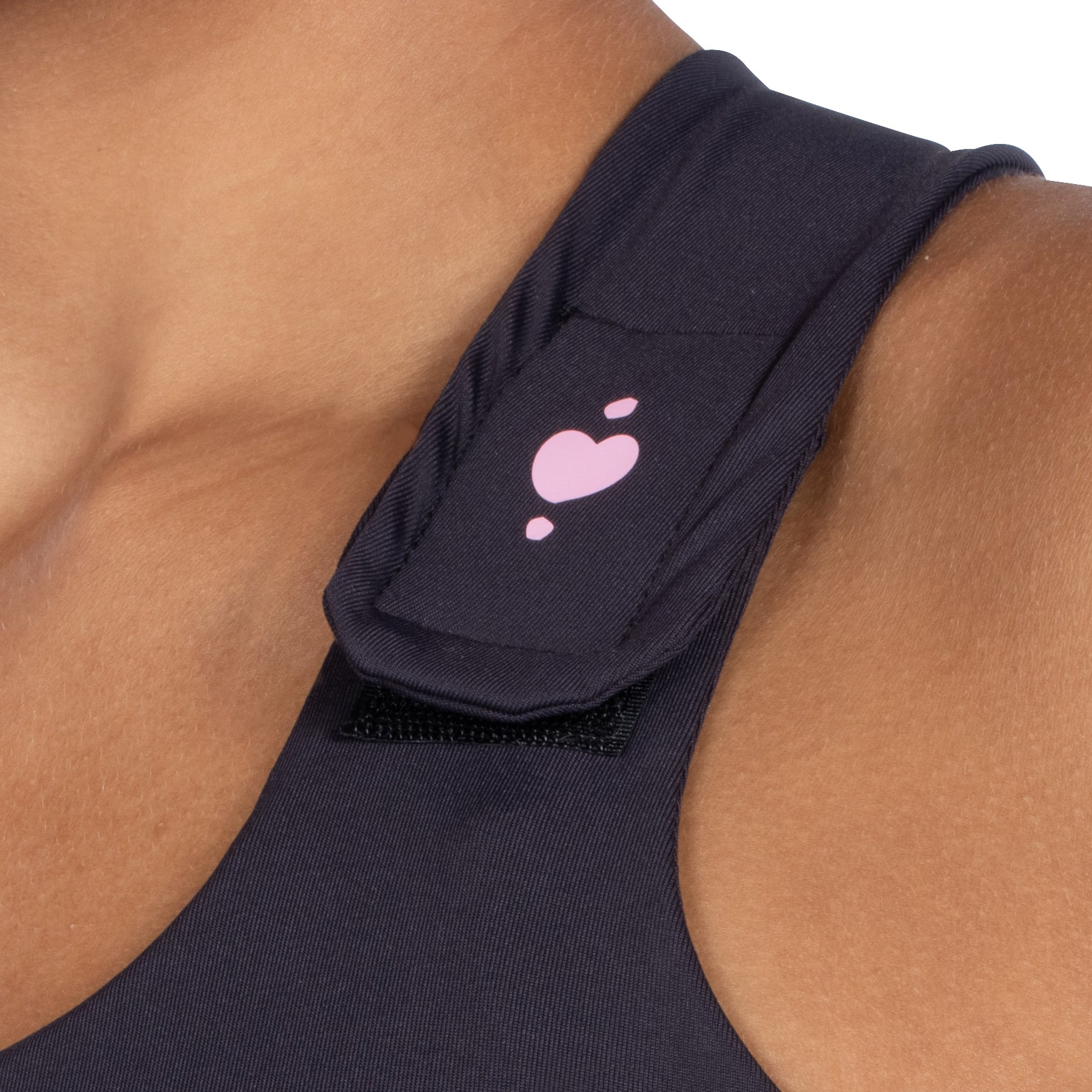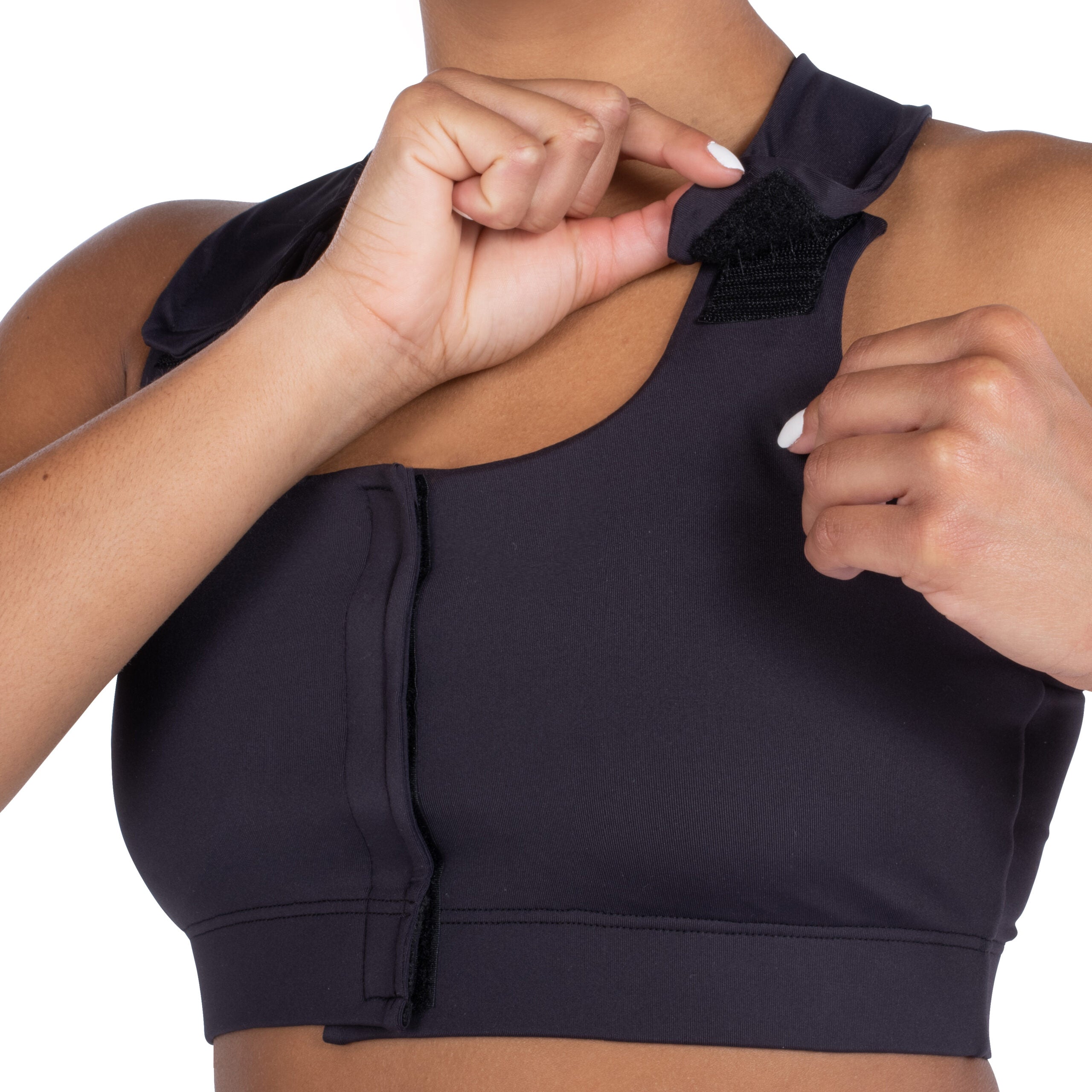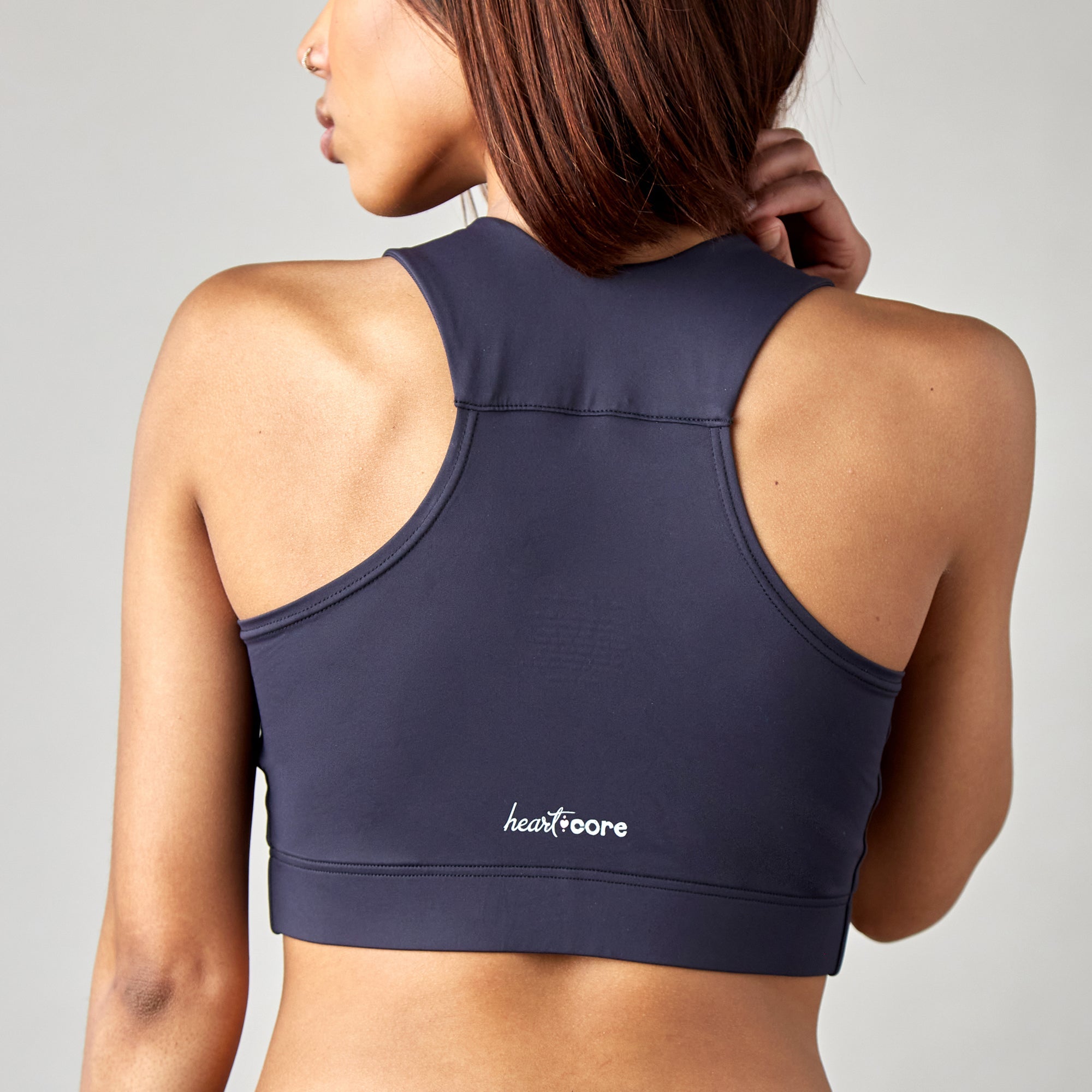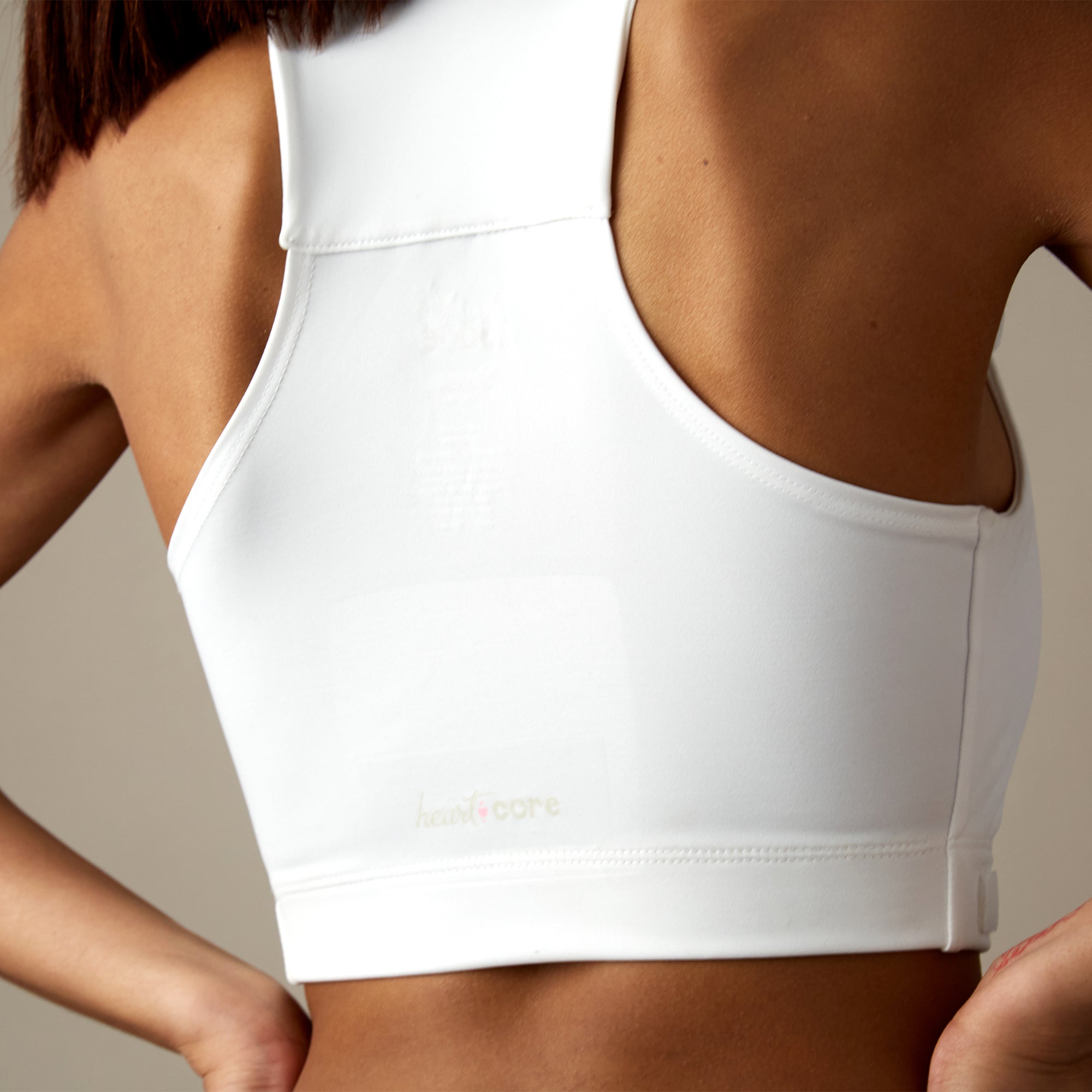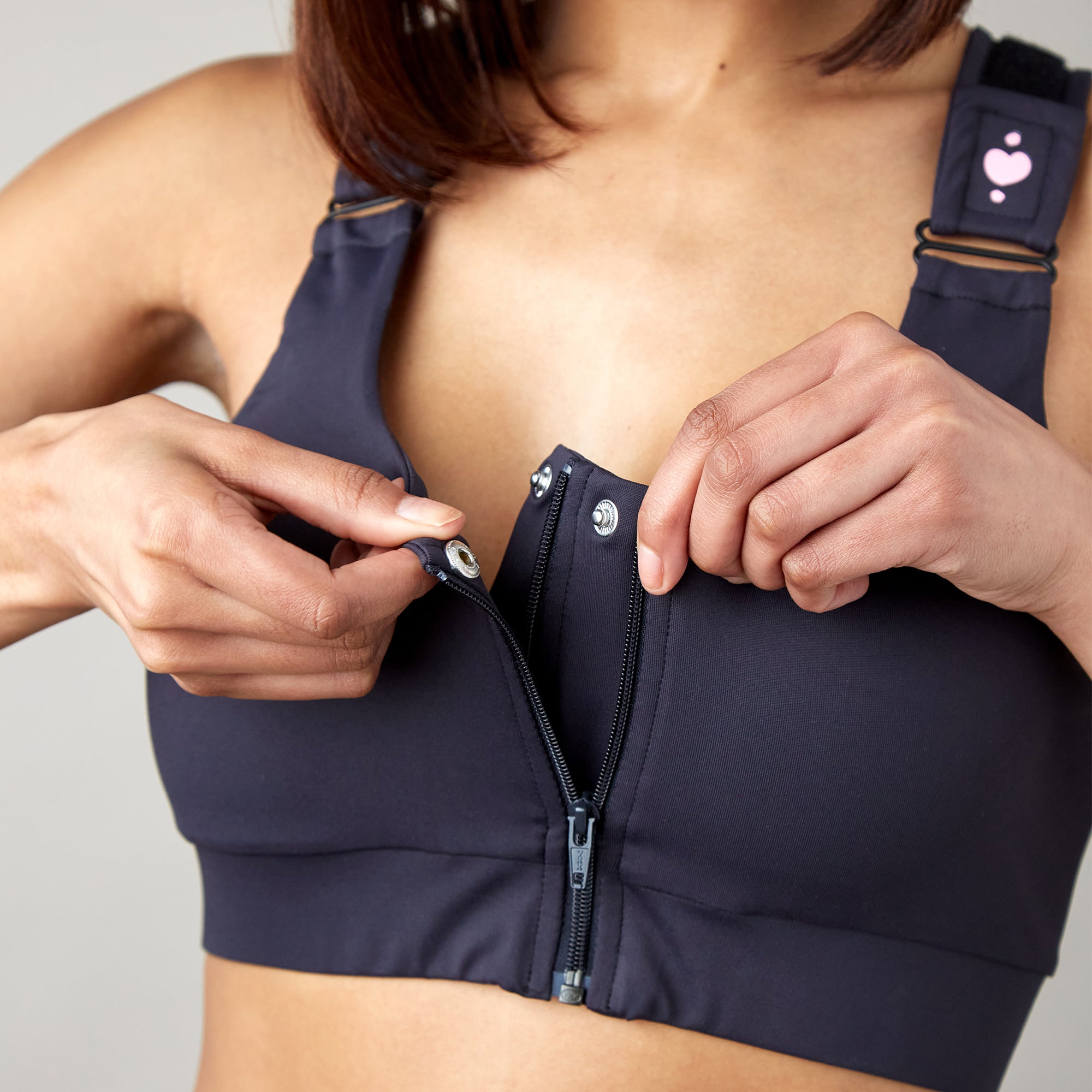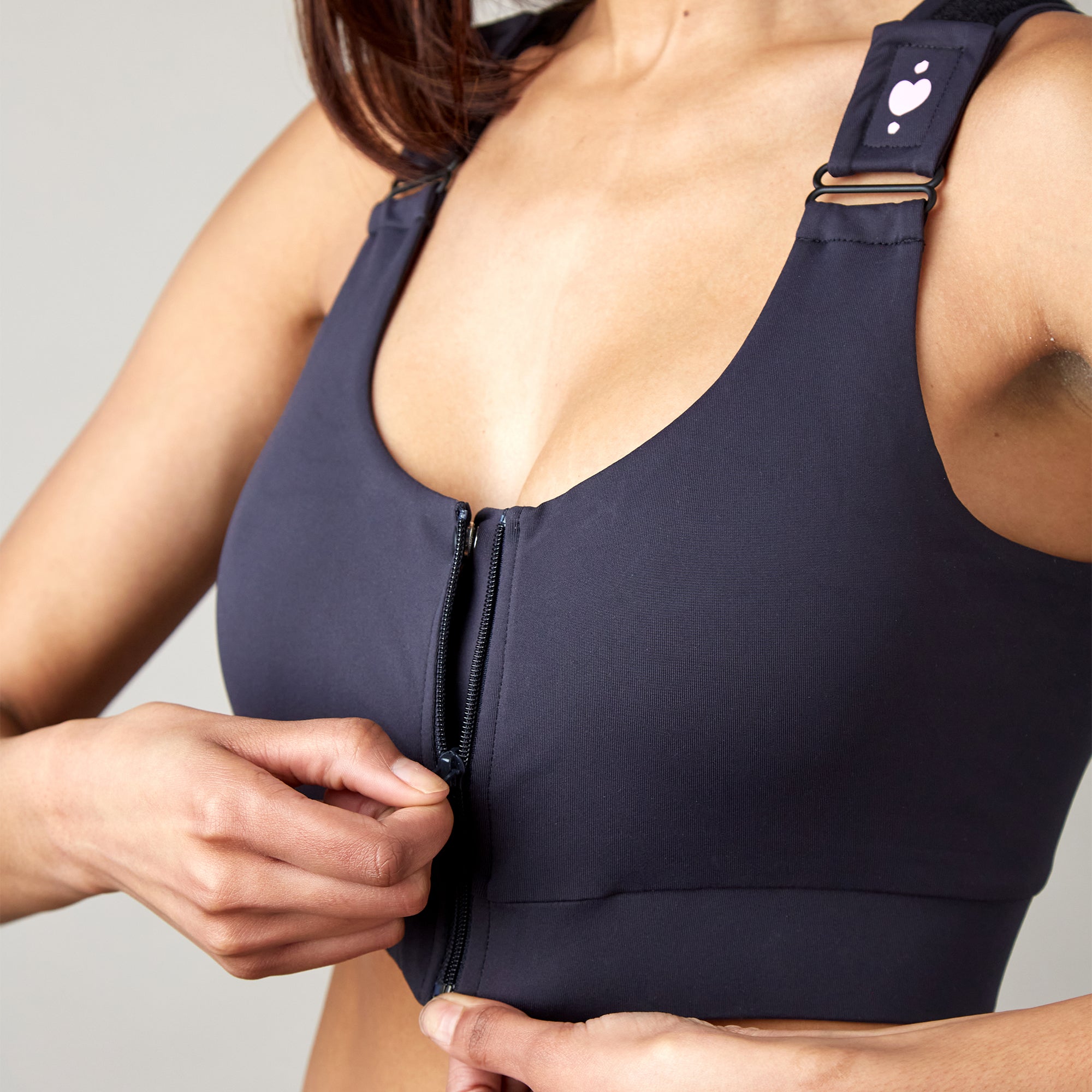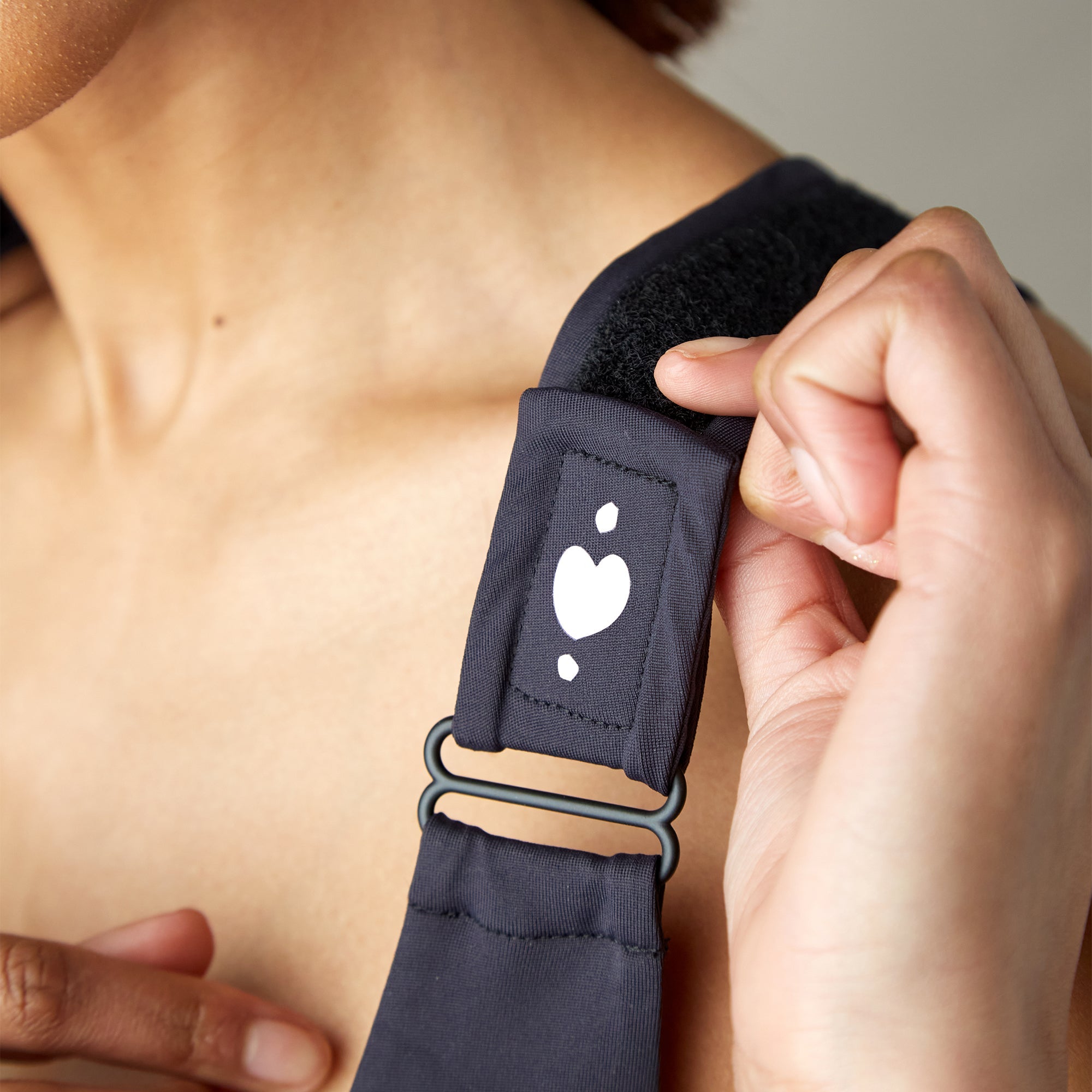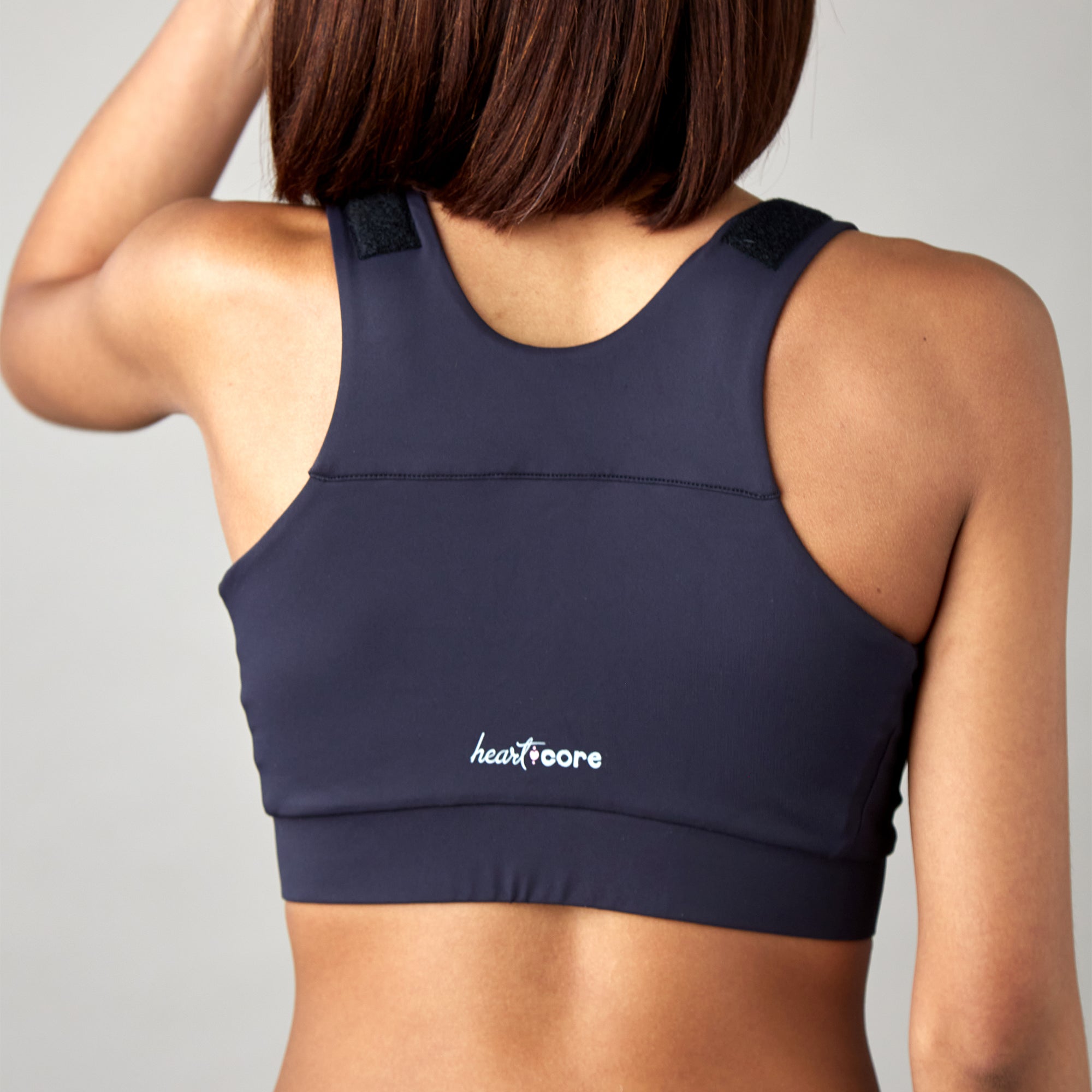What is elevated sleeping after mastectomy surgery?
Elevated sleeping after mastectomy means positioning your upper body at a 30-45 degree angle during sleep, rather than lying completely flat. Your surgeon has given you these specific sleeping instructions because this positioning transforms your body into an optimized healing machine during the crucial recovery period.
This isn't about randomly propping yourself up with pillows until you feel less uncomfortable—it's about creating specific therapeutic conditions that flat sleeping simply cannot provide for mastectomy patients. The elevated position works as a 24-hour therapeutic intervention that continues healing processes while you rest, making sleep itself an active component of your recovery strategy.
Why do doctors specifically recommend the 30-45 degree angle?
The 30-45 degree angle isn't arbitrary—it's the therapeutic sweet spot that provides maximum healing benefits while remaining comfortable for extended sleep periods. This precise angle addresses the unique challenges mastectomy creates:
-
Your lymphatic system has been disrupted through lymph node removal or surgical trauma
-
Your chest wall has incisions requiring protection from pressure and stretching
-
Your breathing may be temporarily compromised due to pain and swelling
-
Your circulation needs assistance to prevent blood pooling and promote optimal healing
Research shows that angles below 30 degrees don't provide adequate therapeutic benefits, while angles above 45 degrees become uncomfortable for extended sleep and can cause patients to slide down during the night.
How does elevated sleeping help lymphatic drainage after mastectomy?
Your lymphatic system doesn't have a pump like your cardiovascular system—it relies on muscle contractions, breathing, and gravity to move lymphatic fluid throughout your body. After mastectomy surgery, especially when lymph nodes are removed, your lymphatic system is trying to figure out new traffic patterns.
The lymphatic system is essentially your body's drainage network, collecting excess fluid from tissues and filtering it through lymph nodes before returning it to your bloodstream. When this system is disrupted through surgery, fluid can accumulate in tissues, causing swelling, discomfort, and potentially serious complications if not properly managed.
Elevated sleeping provides optimal gravitational assistance because it prevents lymphatic fluid from pooling in your chest area overnight, reduces swelling that can interfere with healing, and works continuously while you sleep to maximize drainage benefits during recovery's longest rest period.
What circulation benefits does elevated sleeping provide?
Your cardiovascular system is working overtime after mastectomy surgery, delivering oxygen and nutrients to healing tissues while removing waste products from the surgical site. Elevated sleeping turns your circulatory system into a more efficient healing delivery service.
The gentle incline reduces the work your heart has to do to pump blood effectively throughout your body. This improved efficiency means better oxygen delivery to healing tissues and more effective removal of inflammatory waste products that can slow recovery. Think of it as giving your heart a mechanical advantage—like using a ramp instead of stairs.
Elevated positioning also prevents the blood pooling that can occur with flat sleeping. When blood pools in dependent areas, it's not circulating efficiently, which means healing nutrients aren't getting where they need to go, and inflammatory byproducts aren't being cleared away as effectively. This stagnation can contribute to increased swelling, slower healing, and greater discomfort during your recovery period.
How does elevated positioning improve breathing after mastectomy?
Mastectomy surgery can temporarily affect your breathing comfort in several ways. Chest wall incisions can make deep breathing uncomfortable, post-surgical swelling can create pressure that affects lung expansion, and pain can cause shallow breathing patterns that aren't optimal for healing.
The relationship between positioning and breathing becomes particularly important during recovery because shallow breathing can lead to a cascade of complications. When you breathe shallowly due to pain or positioning discomfort, you're not only limiting oxygen intake but also reducing the natural chest expansion that helps prevent fluid accumulation in your lungs.
Elevated sleeping naturally opens your airways and reduces the work of breathing. The elevated angle helps your diaphragm work more efficiently and reduces the pressure on your chest wall that can make breathing feel labored.
The breathing benefits include:
-
Natural airway opening that reduces breathing effort
-
Improved lung expansion capacity
-
Better oxygen exchange efficiency
-
Reduced risk of respiratory complications like pneumonia
-
More comfortable breathing patterns that support restorative sleep
Why does elevated sleeping reduce pressure on healing incisions?
Mastectomy incisions need protection from pressure that could interfere with healing or cause unnecessary discomfort. When you sleep flat on your back, your body weight creates pressure points wherever you contact the mattress. For mastectomy patients, this can mean pressure directly on chest incisions—exactly what you want to avoid during healing.
The elevated angle spreads this pressure across a larger surface area, reducing concentrated forces on any single point. This pressure distribution is particularly important for mastectomy patients who may have multiple incision sites requiring simultaneous protection.
The positioning also prevents stretching of incision sites that can occur with certain flat positions, ensuring that healing tissue isn't subjected to mechanical stress that could interfere with optimal recovery.
How does elevated positioning help manage surgical drains?
Most mastectomy patients go home with surgical drains designed to remove excess fluid from the surgical site. These drains are crucial for preventing fluid accumulation that could interfere with healing, but they create their own positioning challenges.
Elevated sleeping helps optimize drain function by ensuring that gravity assists rather than opposes fluid movement toward the drainage collection. When you're elevated at the correct angle, fluid naturally flows toward the drain sites rather than pooling in dependent areas where it can't be effectively removed.
Proper drain management through elevation prevents:
-
Fluid accumulation that can increase infection risk
-
Pressure from trapped fluid that can cause discomfort
-
Delayed healing due to poor drainage
-
Extension of the time drains need to remain in place
The stable positioning that comes with proper elevation also reduces the risk of drain displacement or accidental removal that can occur with frequent position changes during restless sleep.
Does elevated sleeping improve overall sleep quality during recovery?
Yes, elevated positioning often dramatically improves sleep quality during mastectomy recovery. Sleep quality during recovery isn't just about comfort—it's about creating the optimal physiological conditions for healing. During deep sleep phases, your body releases growth hormone, increases protein synthesis for tissue repair, and reduces cortisol levels that can interfere with healing.
Elevation improves sleep quality by:
-
Reducing the number of times you need to reposition due to discomfort
-
Eliminating anxiety about accidentally rolling onto surgical sites
-
Providing stable, predictable comfort throughout the night
-
Reducing pain levels through optimal positioning
-
Improving breathing comfort that supports deeper sleep phases
When positioning problems prevent you from reaching deeper sleep stages, your recovery process suffers measurably. Quality sleep becomes a healing multiplier that amplifies all the other benefits of proper positioning.
How does elevated positioning help with mobility during recovery?
Recovery isn't just about sleeping—it's also about being able to get up and move when necessary. Rising from a flat position requires significant core muscle engagement and can put stress on chest incisions. Getting up from an elevated position works with gravity rather than against it, requiring less effort and creating less strain on surgical sites.
This mobility advantage becomes crucial for bathroom trips, medication management, and the gentle movement that's important for preventing complications like blood clots or pneumonia. Easier mobility also means you're more likely to follow post-operative movement recommendations, which supports overall recovery progress.
Why don't regular household pillows work for therapeutic elevation?
Regular pillows compress under body weight, gradually losing the elevation angle that provides medical benefits. Most household pillows lose 30-50% of their height during sleep, leaving you without the therapeutic positioning your recovery requires.
The mathematical reality: If you start with 40 degrees of elevation and your pillows compress by 40%, you wake up at 24 degrees—below the therapeutic threshold.
Additionally, individual pillows shift independently during normal sleep movement, creating gaps in support and potentially dangerous pressure points on healing tissue. The constant readjustment required with unstable pillow arrangements disrupts sleep cycles and interferes with the deep sleep phases crucial for healing.

What professional positioning solution works best for mastectomy recovery?
The Sleep Again Pillow System is the only full-body pillow system designed specifically for post-surgery support, providing everything you need for optimal therapeutic elevation in one integrated solution.
Every Sleep Again Pillow System includes:
-
Two Contoured Side Pillows to cradle back and hips
-
Upper Body Wedge to create optimal upper body incline
-
Leg Support Wedge to gently elevate legs
-
Head Pillow to provide head support and neck mobility
-
Removable, washable slipcovers for every piece
SHOP THE BEST PILLOW SYSTEM FOR ELEVATED SLEEPING
Why does Sleep Again Pillows excel for mastectomy recovery?
Maintains therapeutic elevation consistently: The Upper Body Wedge creates the precise angle that doctors recommend and holds that angle throughout 8+ hours of sleep. Unlike household pillows that compress and lose their positioning, the Sleep Again Pillow System retains its therapeutic shape when you need it most.
Provides comprehensive support: The integrated system ensures that every part of your body is properly supported in the elevated position. The Contoured Side Pillows cradle your back and hips, while the Leg Support Wedge maintains proper spinal alignment during elevation.
Accommodates surgical equipment: The stable positioning prevents shifting that can interfere with surgical drain placement and function. The thoughtful design works with your recovery equipment rather than against it.
Built for extended recovery: The Sleep Again Pillow System maintains its positioning properties throughout your entire mastectomy recovery period, ensuring consistent therapeutic benefits night after night.
What makes the complete system approach superior?
As the only full-body pillow system designed specifically for post-surgery support, Sleep Again Pillows address every aspect of therapeutic elevation that mastectomy patients need:
Comprehensive chest protection: Both Contoured Side Pillows work together to provide bilateral protection during elevation, essential for double mastectomy patients who need protection on both sides simultaneously.
Stable elevation architecture: Rather than hoping random pillows work together, each component is engineered to complement the others in creating optimal conditions that don't shift or collapse during the night.
Professional-grade construction: The system maintains therapeutic angles throughout weeks of recovery use, supporting the extended medical necessity timeline that mastectomy recovery requires.

How much does professional positioning equipment cost compared to alternatives?
Random pillow purchases across multiple trial-and-error attempts typically cost $150-250 to create a stable elevation, while the Sleep Again Pillow System provides one comprehensive solution designed specifically for post-surgical positioning needs. The professional-grade materials continue providing benefits well beyond your recovery period, making it a long-term investment in sleep quality.
Most patients find that investing in proper positioning equipment pays dividends through improved sleep quality during the crucial early weeks of recovery when rest is most essential for healing.
SHOP THE BEST PILLOW SYSTEM FOR ELEVATED SLEEPING
What is the typical recovery timeline for elevated sleeping?
Weeks 1-2: Maximum elevation (40-45 degrees) when therapeutic benefits are most critical for swelling and drainage management
Weeks 3-4: Moderate elevation (35-40 degrees) as acute post-surgical effects improve, but protective positioning remains essential
Weeks 5-8: Reduced elevation (30-35 degrees) while maintaining therapeutic benefits as healing progresses
Week 8+: Gradual transition from mandatory elevation based on your surgeon's clearance, though many patients continue for ongoing comfort benefits
Many patients discover they prefer continuing elevation even after medical clearance because of sustained comfort and health advantages. What begins as a medical necessity often becomes a permanent improvement to sleep quality.
When should I contact my doctor about sleep positioning concerns?
While proper elevation solves most mastectomy sleep challenges, certain symptoms warrant immediate medical attention regardless of positioning:
-
Signs of infection around incision sites (increased redness, warmth, or discharge)
-
Severe pain that doesn't respond to prescribed medications
-
Sudden increase in swelling or fluid accumulation despite proper elevation
-
Difficulty breathing that doesn't improve with positioning changes
-
Complications with surgical drains, like blockage or accidental removal
Therapeutic elevation supports your recovery, but it doesn't replace the need for appropriate medical monitoring and intervention when complications arise.
How long do I need to maintain elevation after different types of mastectomy?
Most surgeons recommend 6-12 weeks, varying by surgery type. Double mastectomy patients typically need longer periods than single mastectomy patients. Patients with immediate reconstruction may require extended elevation periods depending on the reconstruction method used. Always follow your surgeon's specific timeline recommendations for your individual case.
Can I sleep on my side during mastectomy recovery?
Side sleeping depends on your specific surgery. Single mastectomy patients may sleep on their non-operated side after 3-4 weeks with proper support, while double mastectomy patients usually avoid side sleeping for 8-12 weeks. The key is ensuring that any side sleeping maintains some elevation and includes comprehensive support to prevent rolling onto surgical sites.
What should I do if I experience lymphedema symptoms?
Lymphedema symptoms include persistent swelling, heaviness, or tightness in your arm or chest area. If you notice these symptoms, contact your healthcare provider immediately. Continue elevation as prescribed, as this positioning helps reduce fluid accumulation. Your doctor may recommend additional treatments such as compression garments or specialized lymphatic massage.
How does elevation affect pain medication effectiveness?
Proper elevation often enhances pain medication effectiveness by reducing the underlying sources of discomfort—swelling, pressure, and poor circulation. Many patients find they need less pain medication when properly positioned, and the medication they do take works more effectively because it's not fighting against positioning-related pain.
What's the difference between elevated positioning and using a recliner?
While recliners provide basic elevation, they don't offer the comprehensive support needed for optimal recovery. Professional positioning systems provide the specific angles, bilateral chest protection, and spinal alignment that recliners cannot match for therapeutic recovery needs. Recliners also don't accommodate surgical drains effectively and may create pressure points that interfere with healing.
Does insurance coverage apply to positioning equipment for mastectomy recovery?
Professional positioning systems may qualify as durable medical equipment when prescribed by your surgeon for recovery needs. Check with your insurance provider about coverage for medically necessary positioning equipment during your mastectomy recovery period. Many patients find that HSA or FSA funds can be used for prescribed positioning equipment.
How do I know if my elevation angle is correct?
The correct angle should feel stable and comfortable while providing the therapeutic benefits your doctor prescribed. You should wake up in approximately the same position you fell asleep in, without sliding down significantly. If you're experiencing increased pain, difficulty breathing, or other symptoms, your angle may need adjustment. Professional positioning systems eliminate guesswork by maintaining precise angles consistently.
Why is elevated sleeping considered a medical prescription rather than just comfort advice?
Elevated sleeping after mastectomy creates optimal healing conditions that flat positioning cannot provide. This specific positioning actively supports your lymphatic system, optimizes circulation, protects healing tissue, and creates conditions for the restorative sleep your body needs to heal effectively.
The therapeutic angle represents the intersection of medical science and practical comfort. When you maintain proper elevation, you're giving your body every advantage for successful recovery through proven therapeutic benefits.
Whether you choose a DIY approach or invest in the Sleep Again Pillow System—the only full-body pillow system designed specifically for post-surgery support—the goal is to create therapeutic elevation that works consistently throughout your healing journey.
Remember: elevation after mastectomy is your doctor's prescription for transforming your bedroom into a healing environment where every night of proper positioning actively contributes to your recovery success.
Medical Disclaimer
This information is provided for educational purposes only and should not replace professional medical advice. Every mastectomy procedure and recovery process is unique, and positioning recommendations may vary based on your specific surgical approach, individual health conditions, and post-operative circumstances.
Always follow your surgeon's specific post-operative instructions regarding sleep positioning, activity restrictions, and recovery protocols. These medical guidelines take precedence over any general positioning advice provided here.
Contact your healthcare provider immediately if you experience concerning symptoms such as signs of infection, severe pain, difficulty breathing, or any symptoms that worsen rather than improve during recovery.
The mention of specific products or strategies is for informational purposes only and does not constitute medical endorsement. Every patient's recovery needs are different. Trust your healthcare provider's guidance above any general advice.
Recovery timelines are general estimates—your individual healing may be faster or slower based on factors including age, overall health, surgical technique, and adherence to post-operative care instructions.


